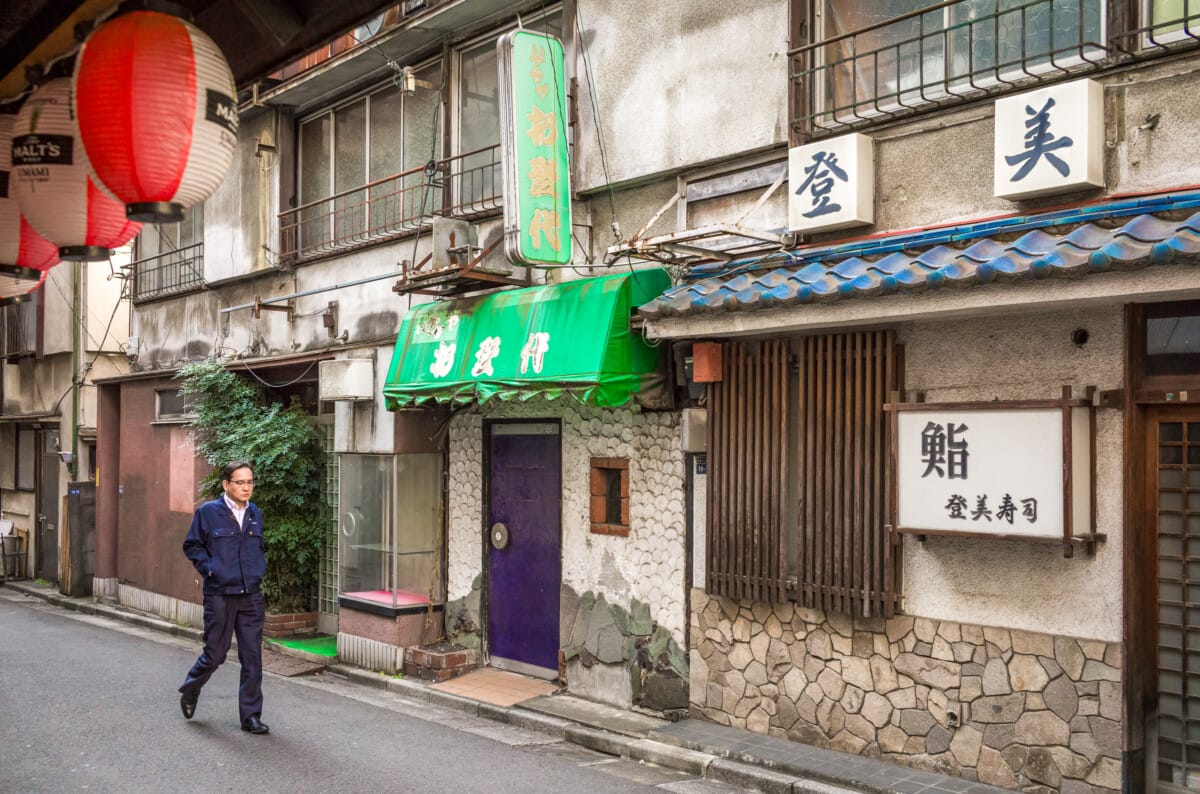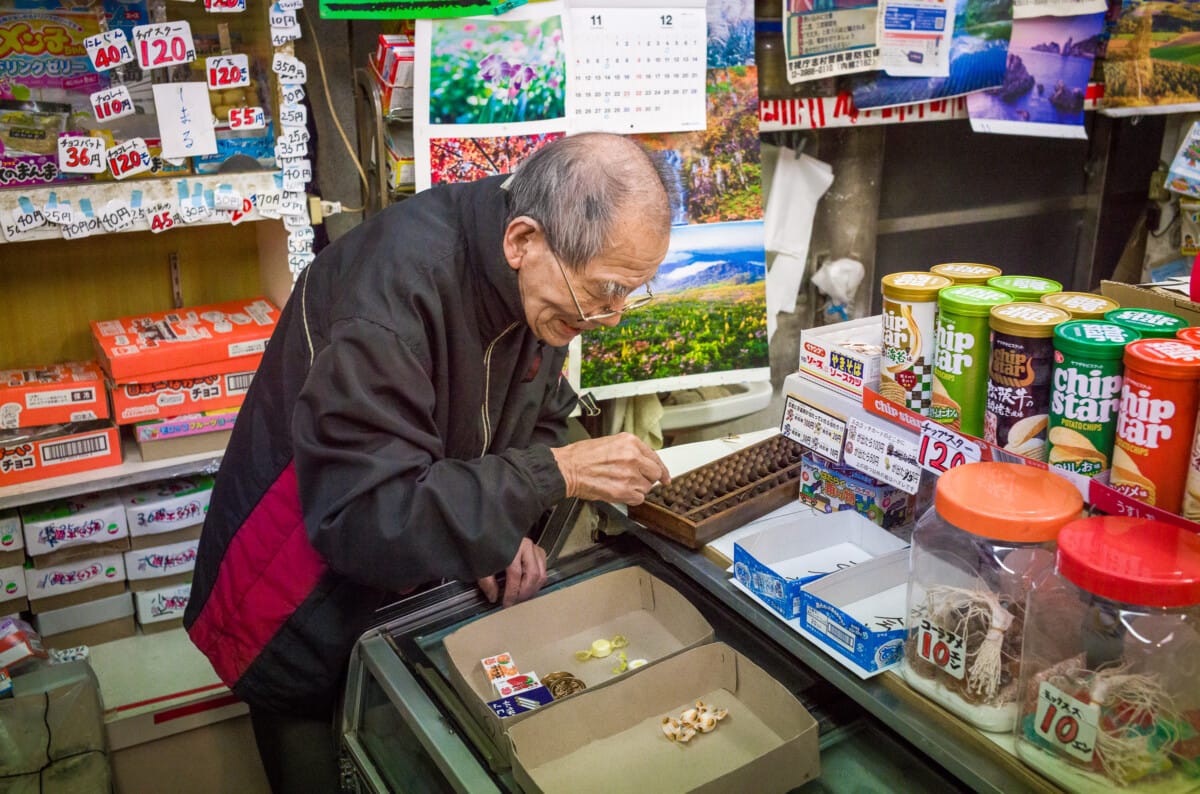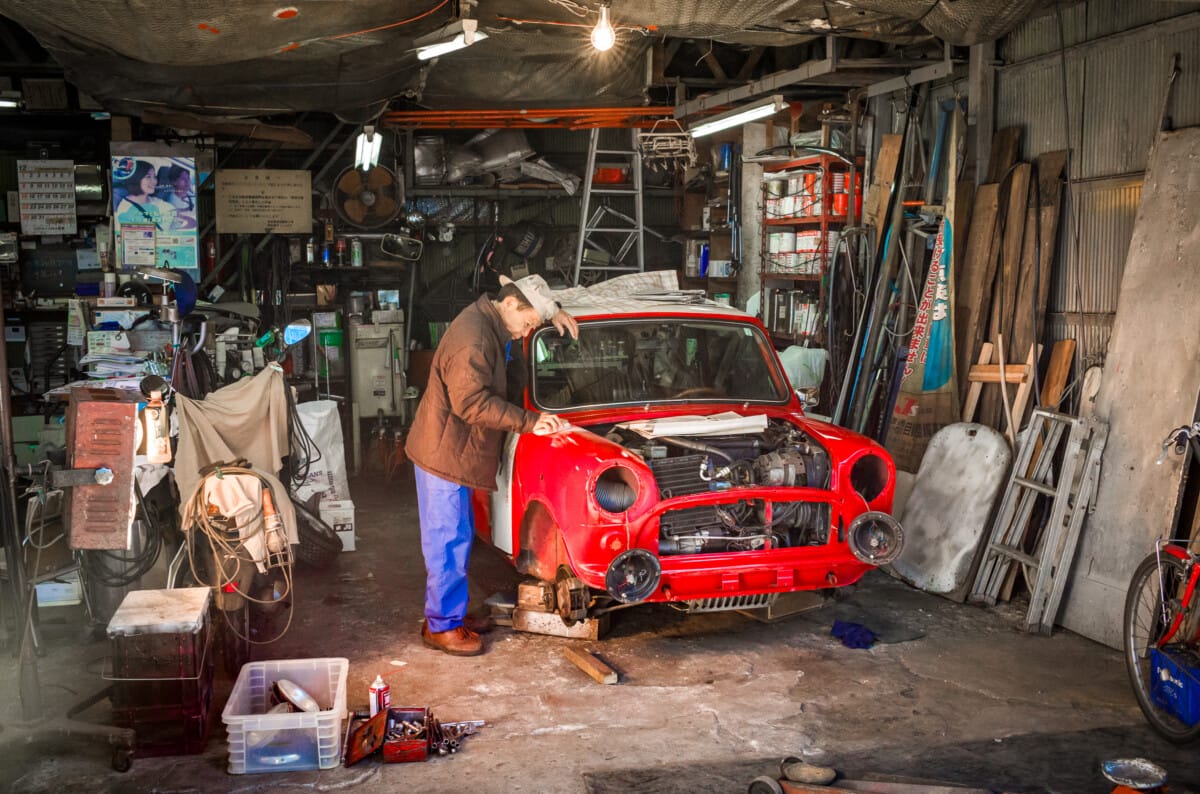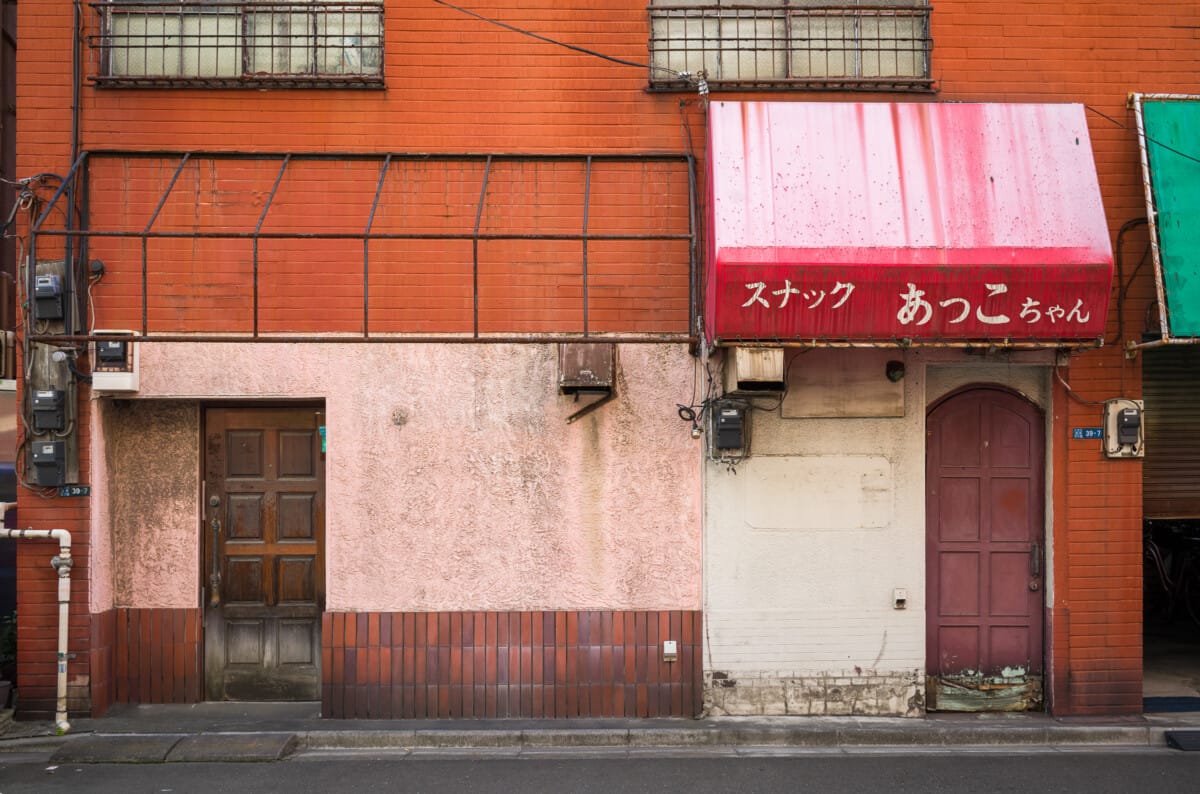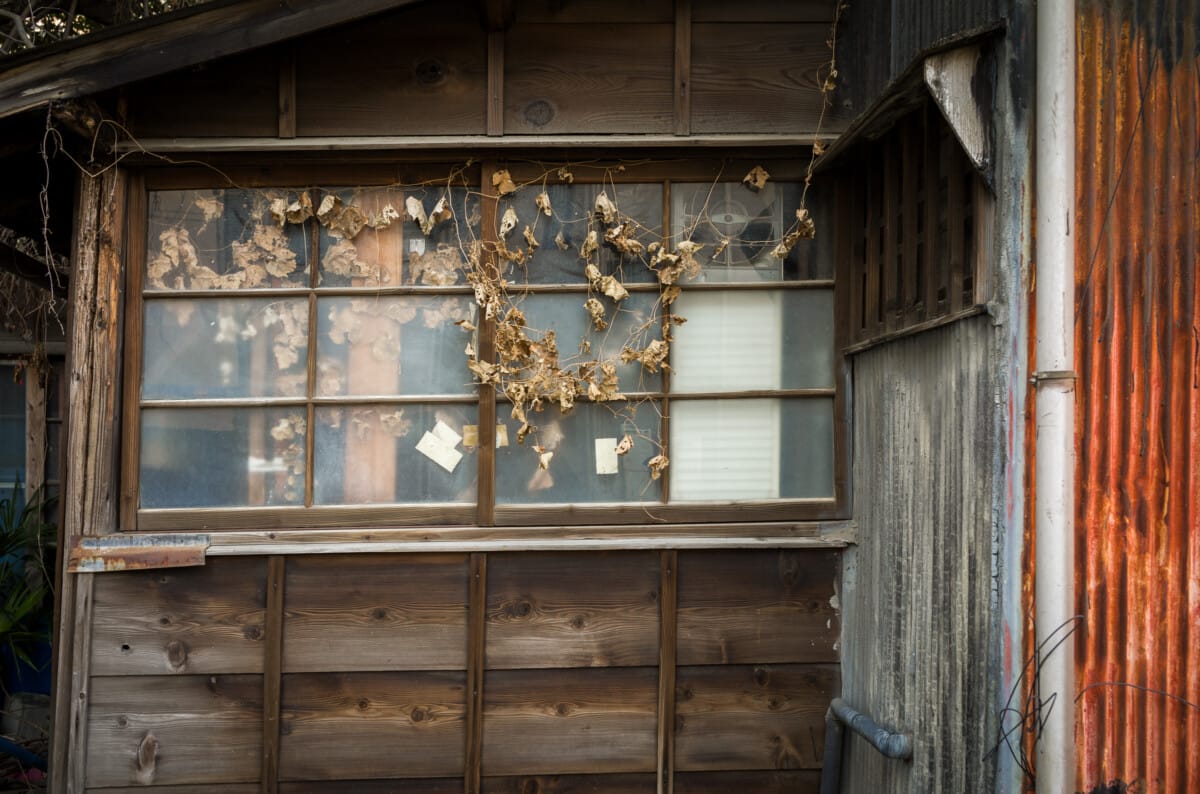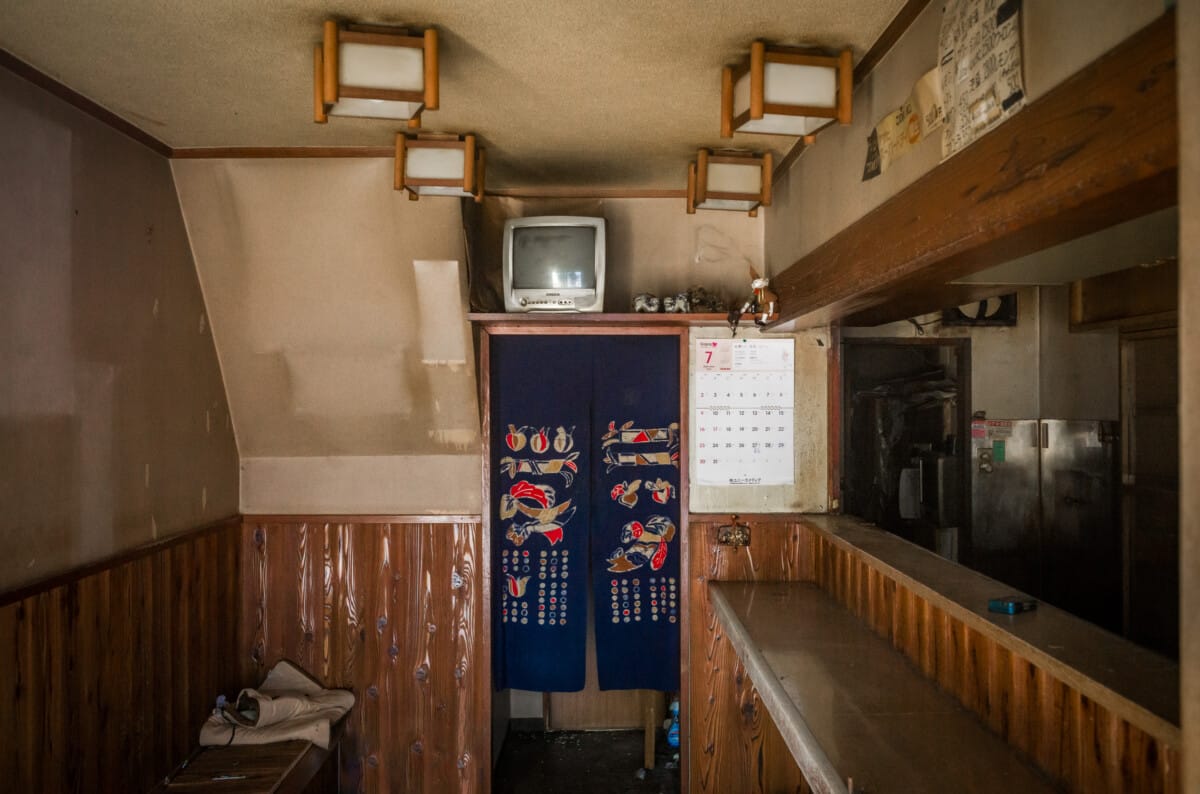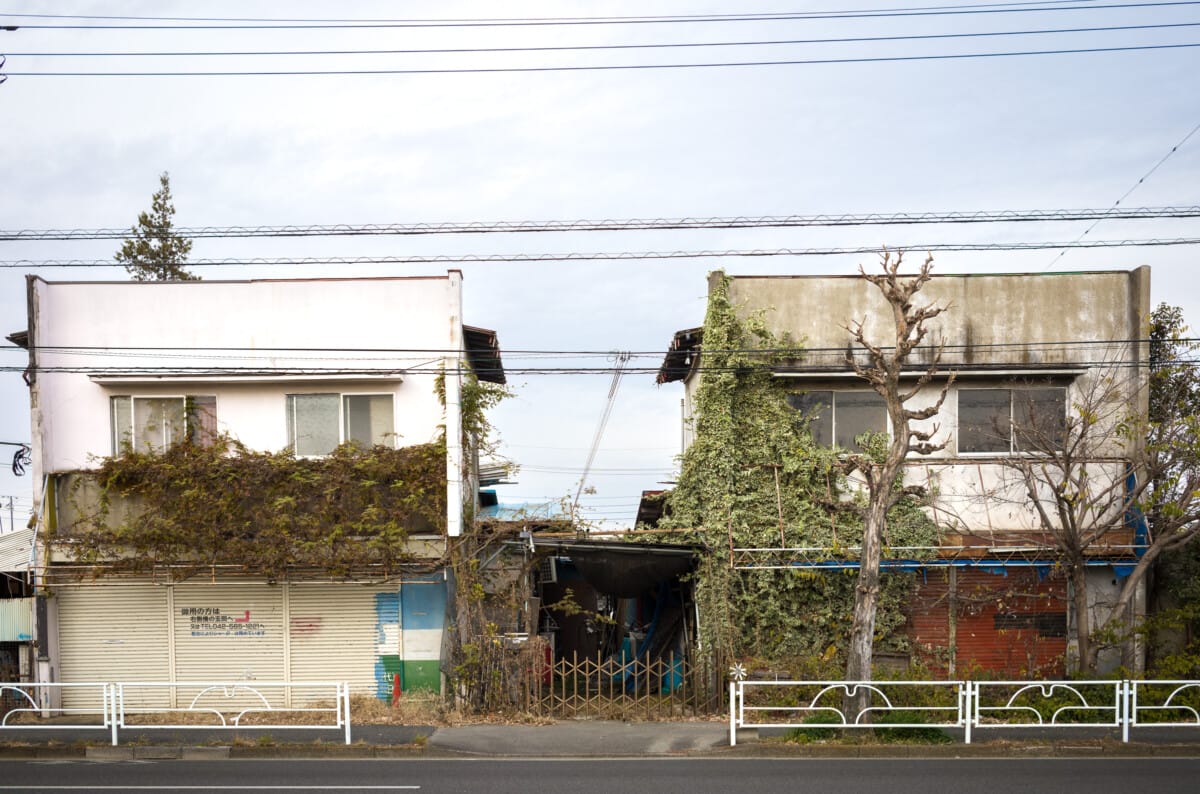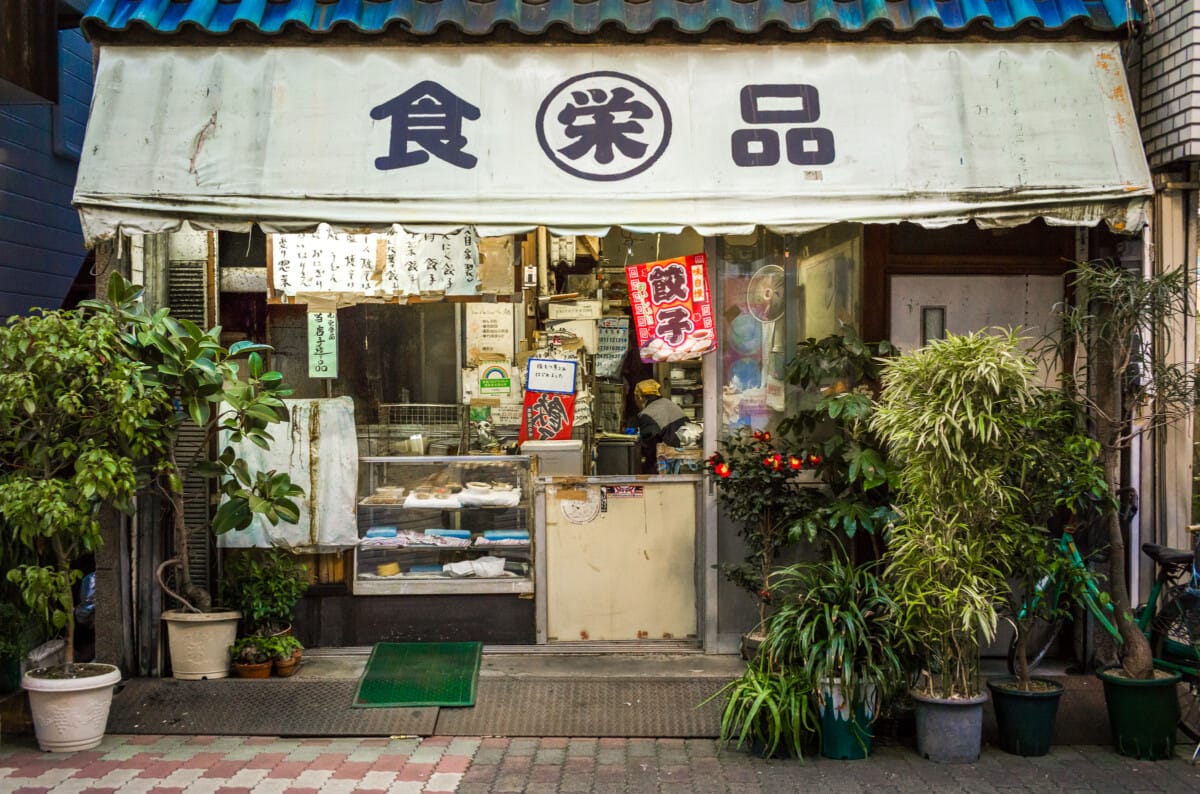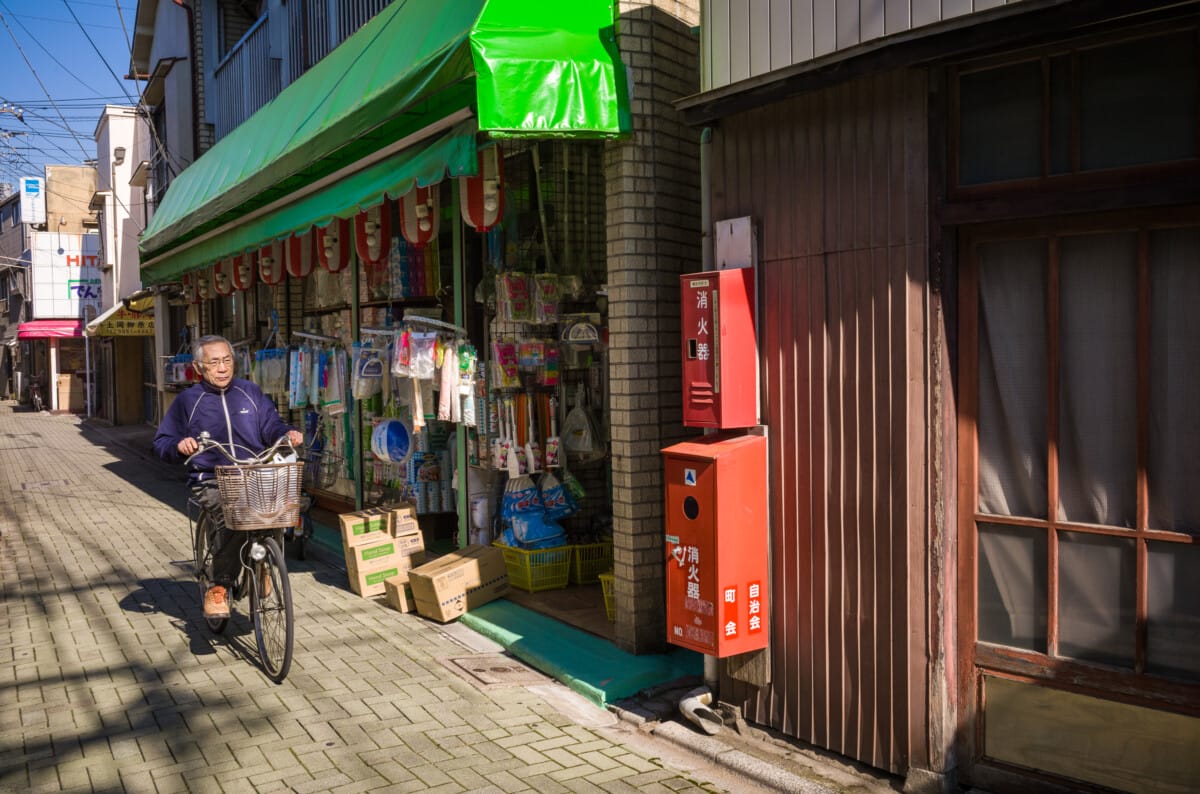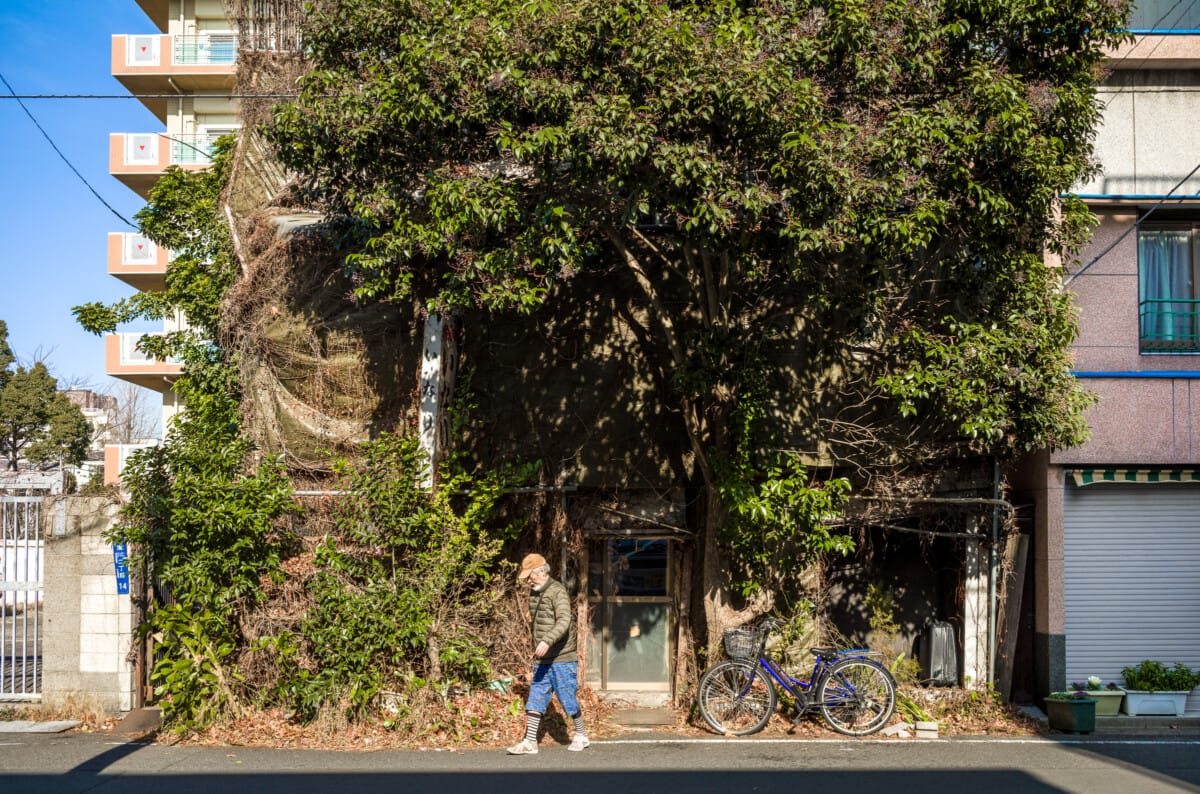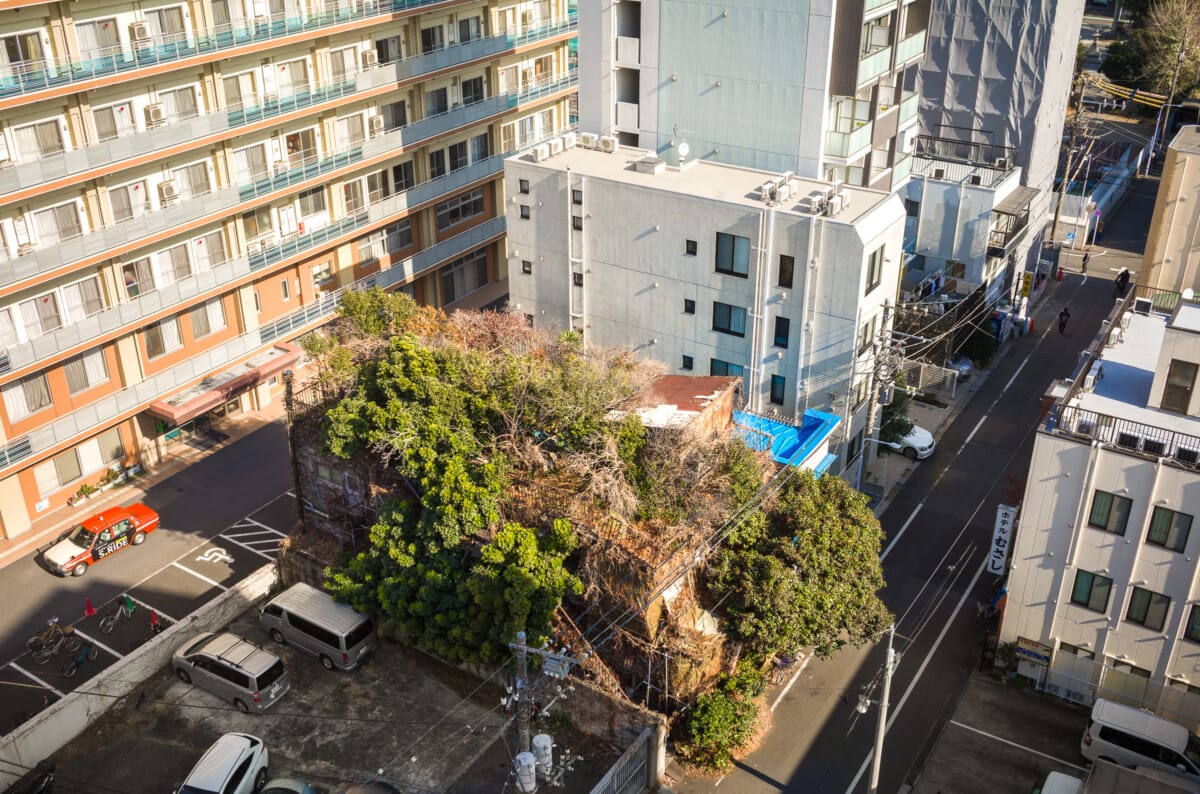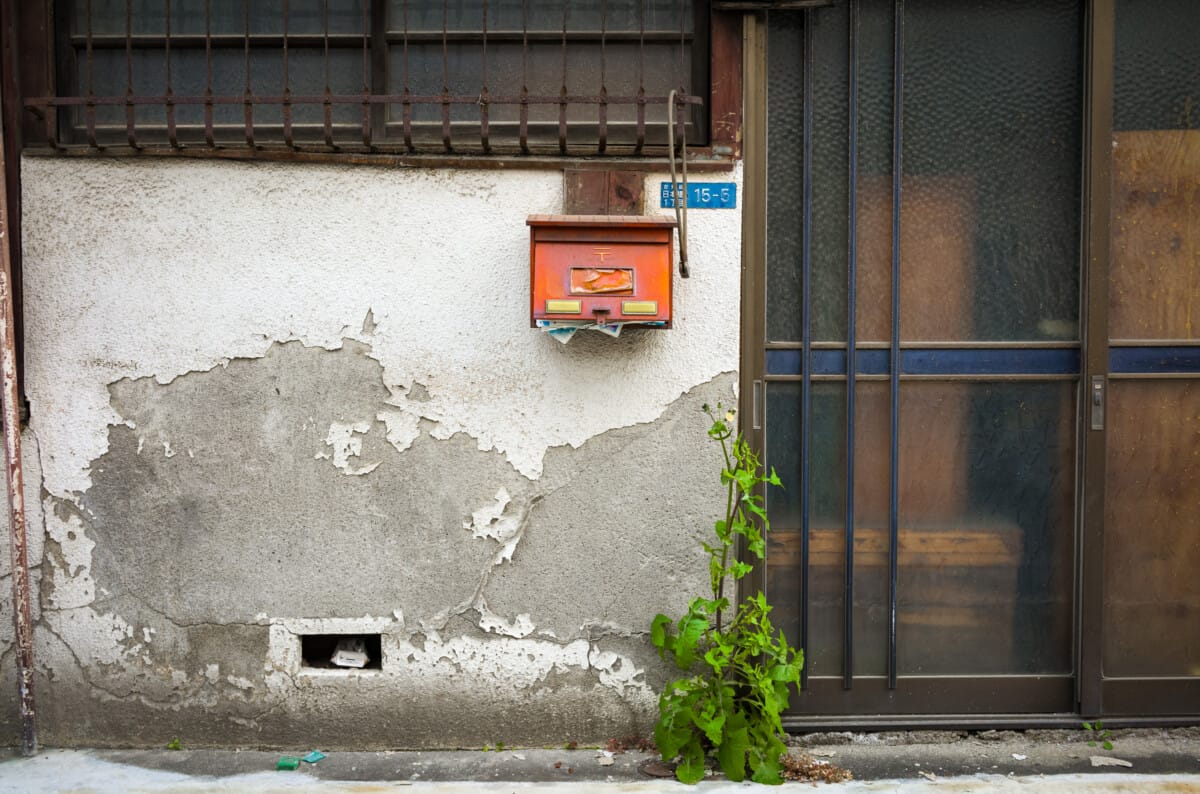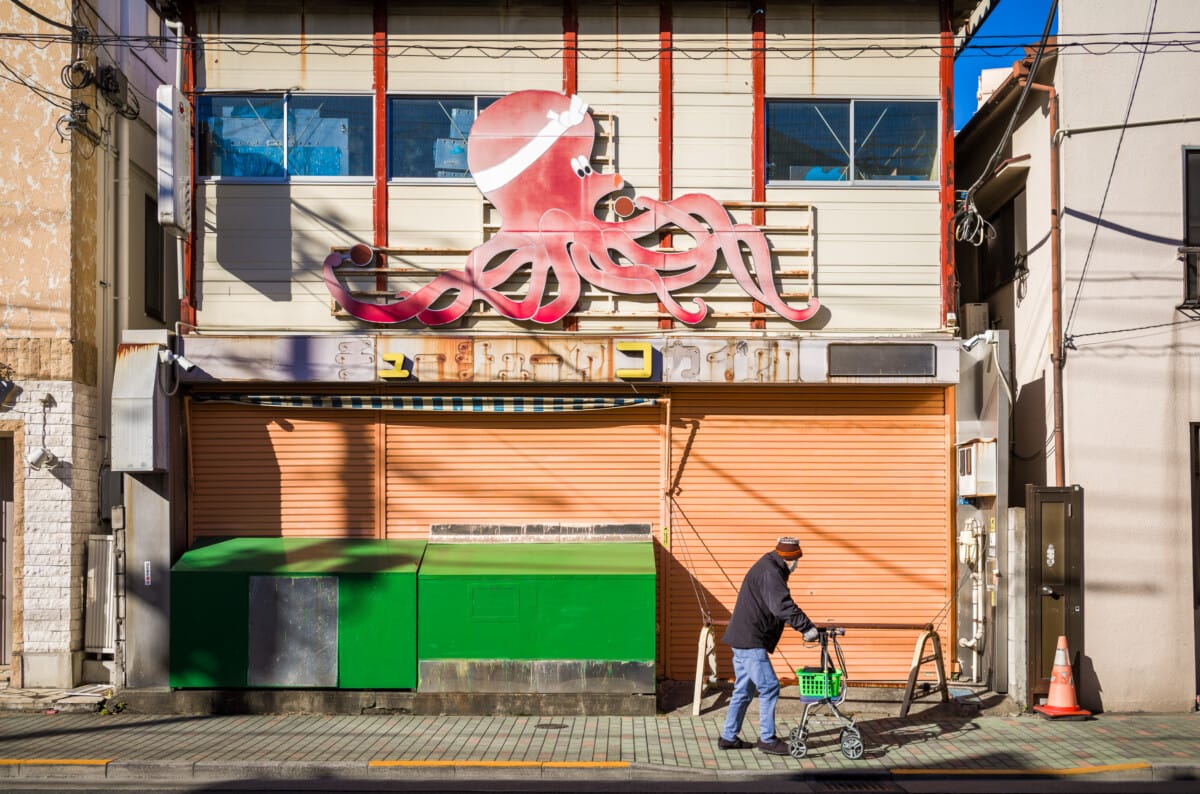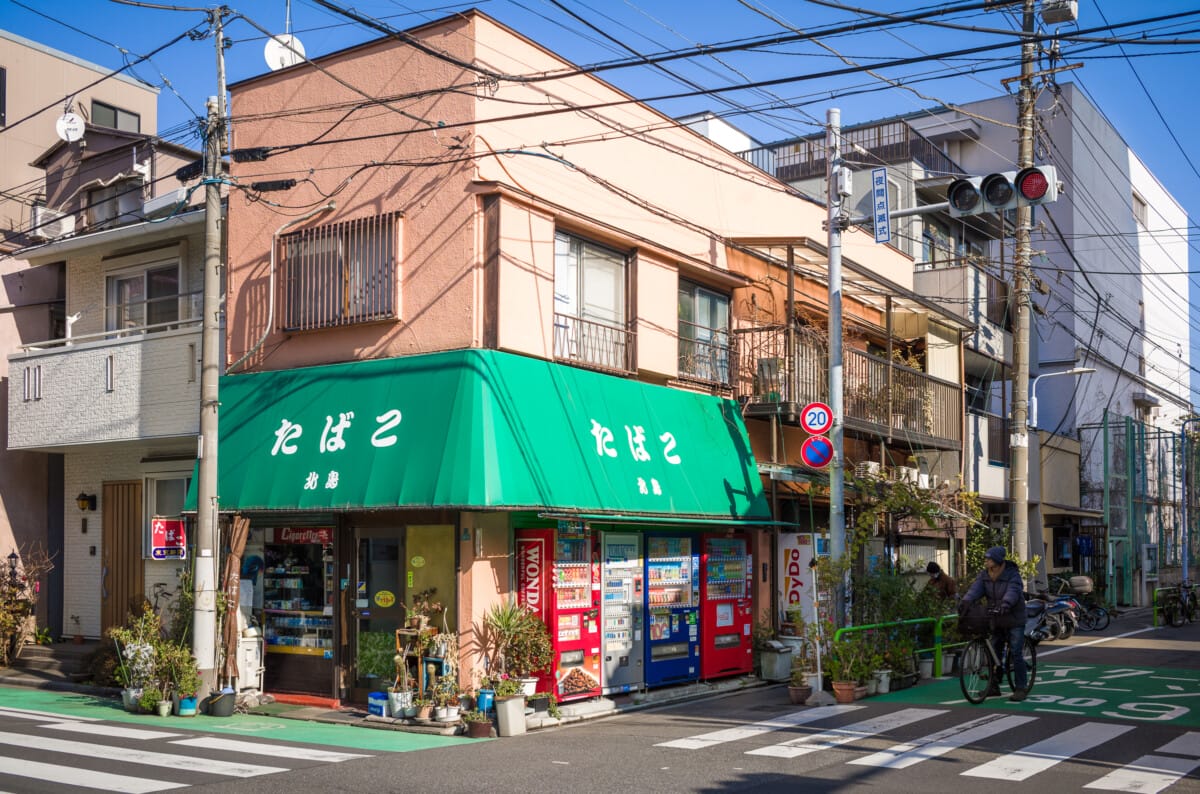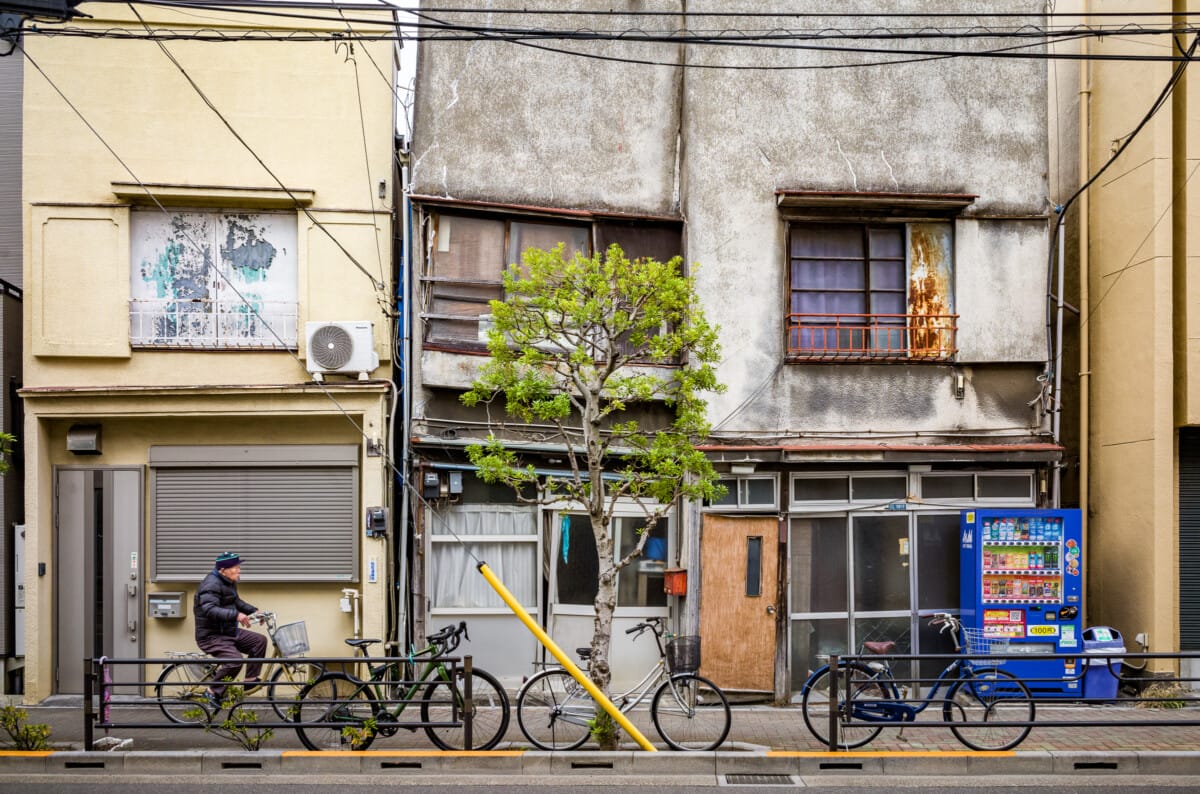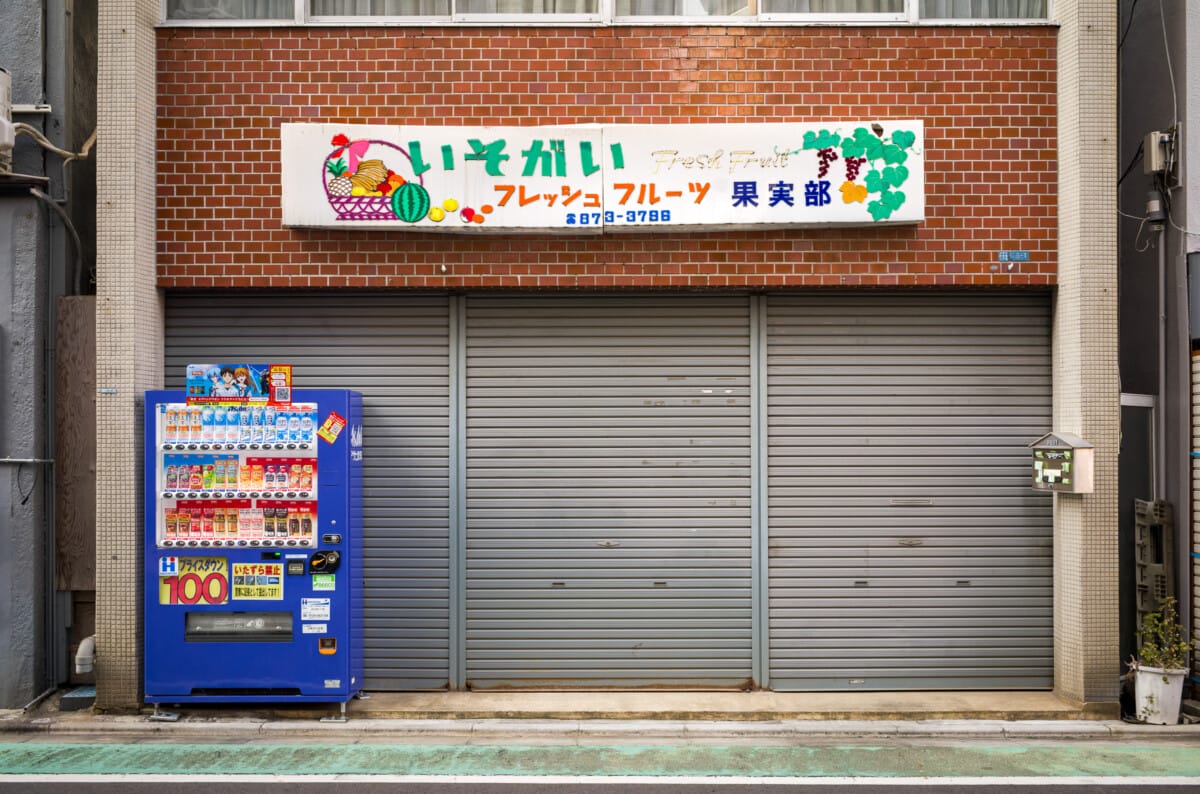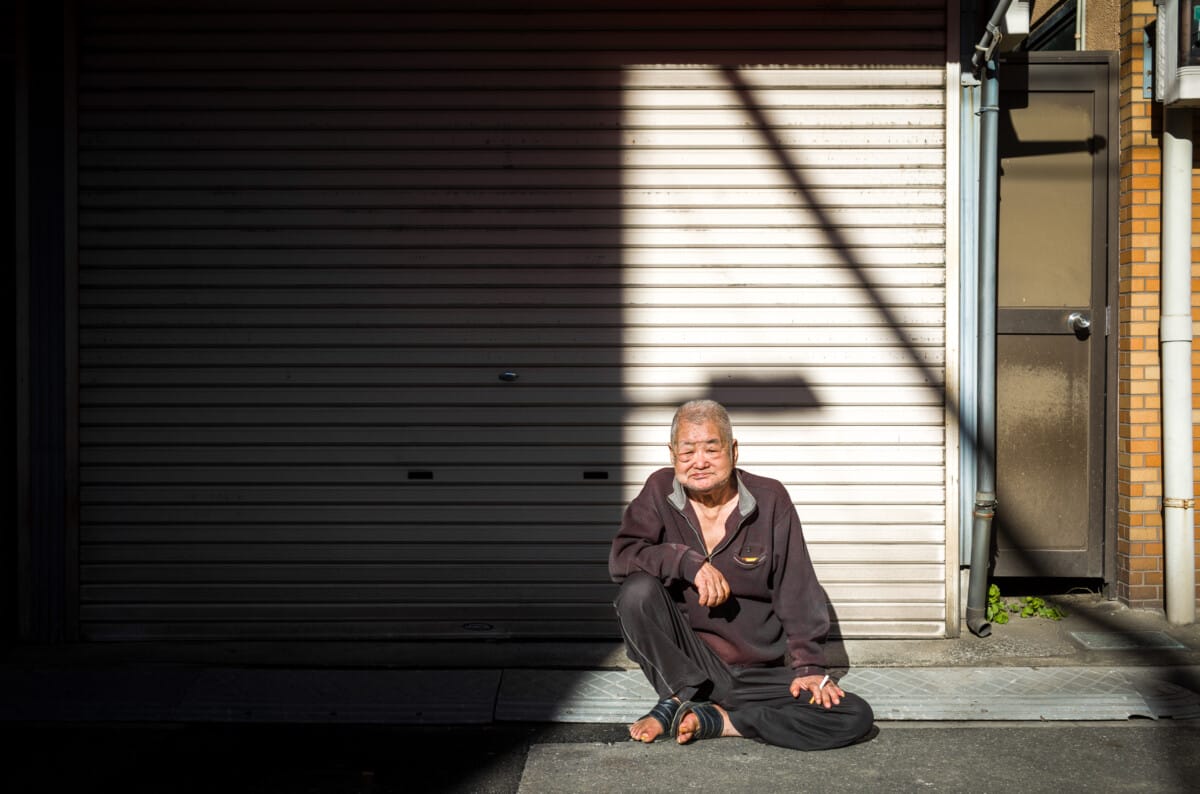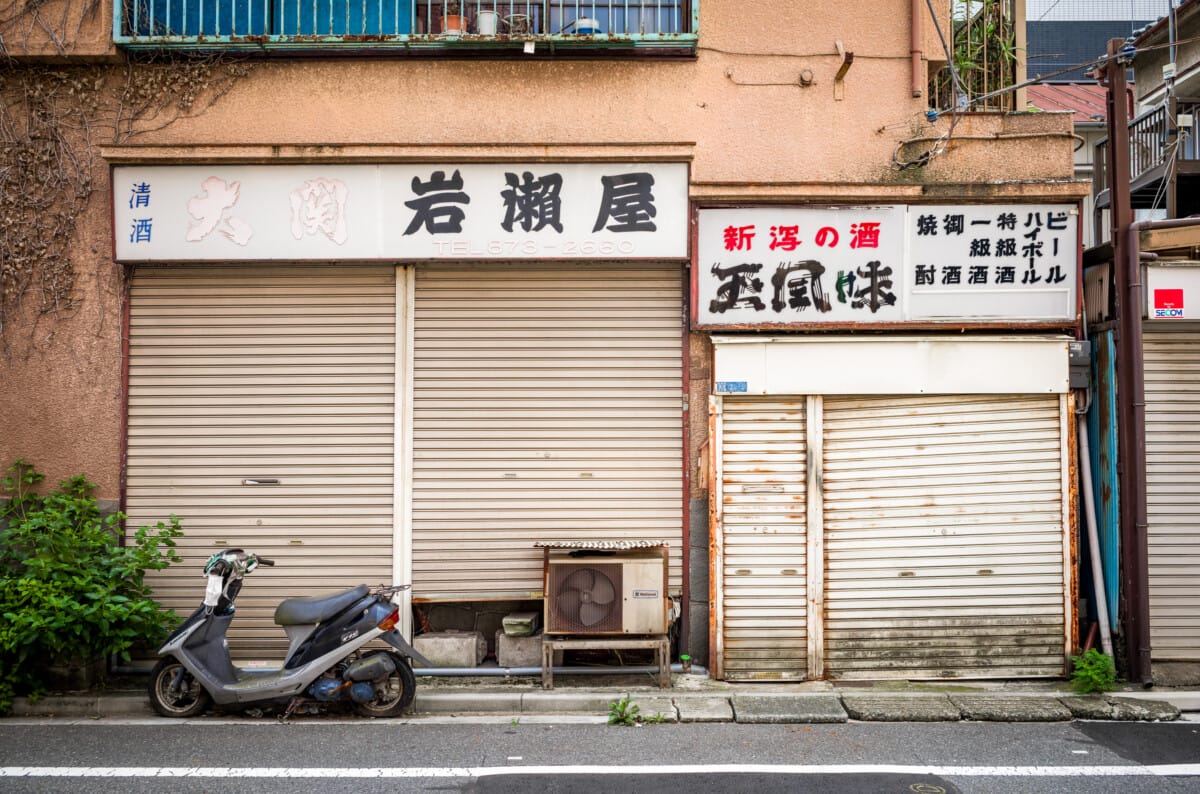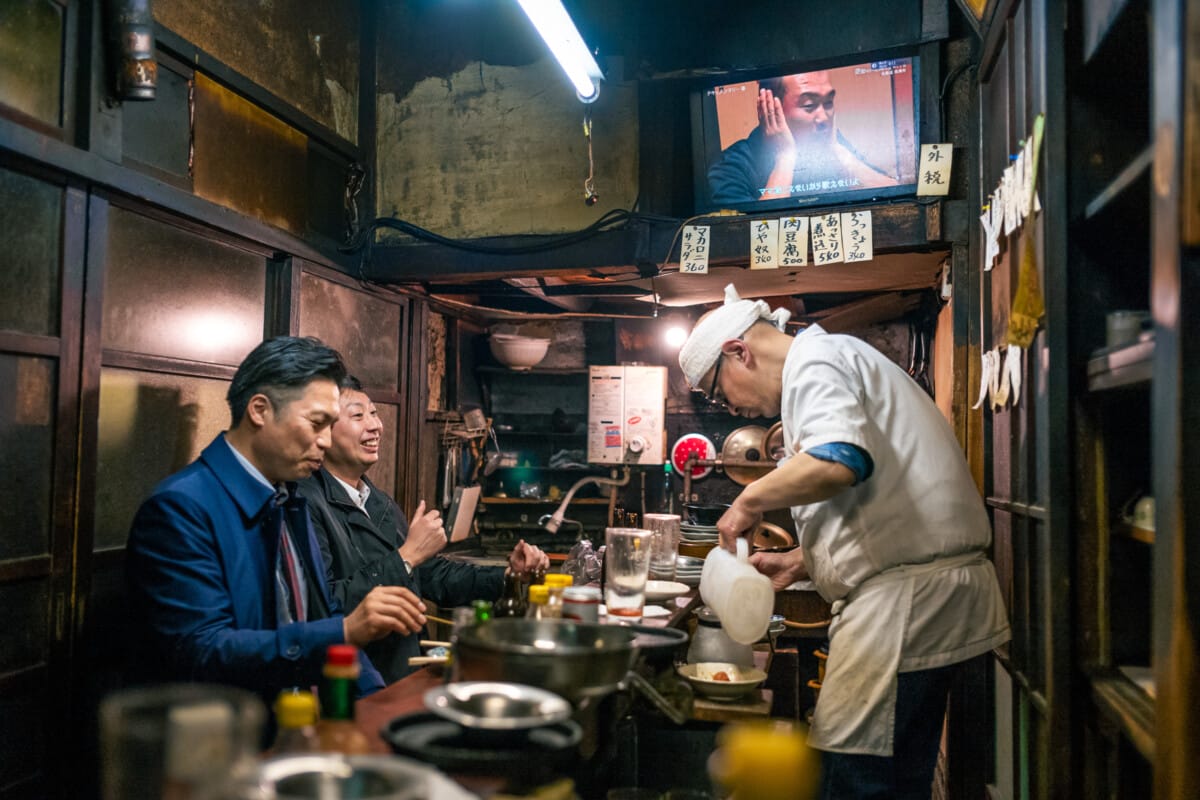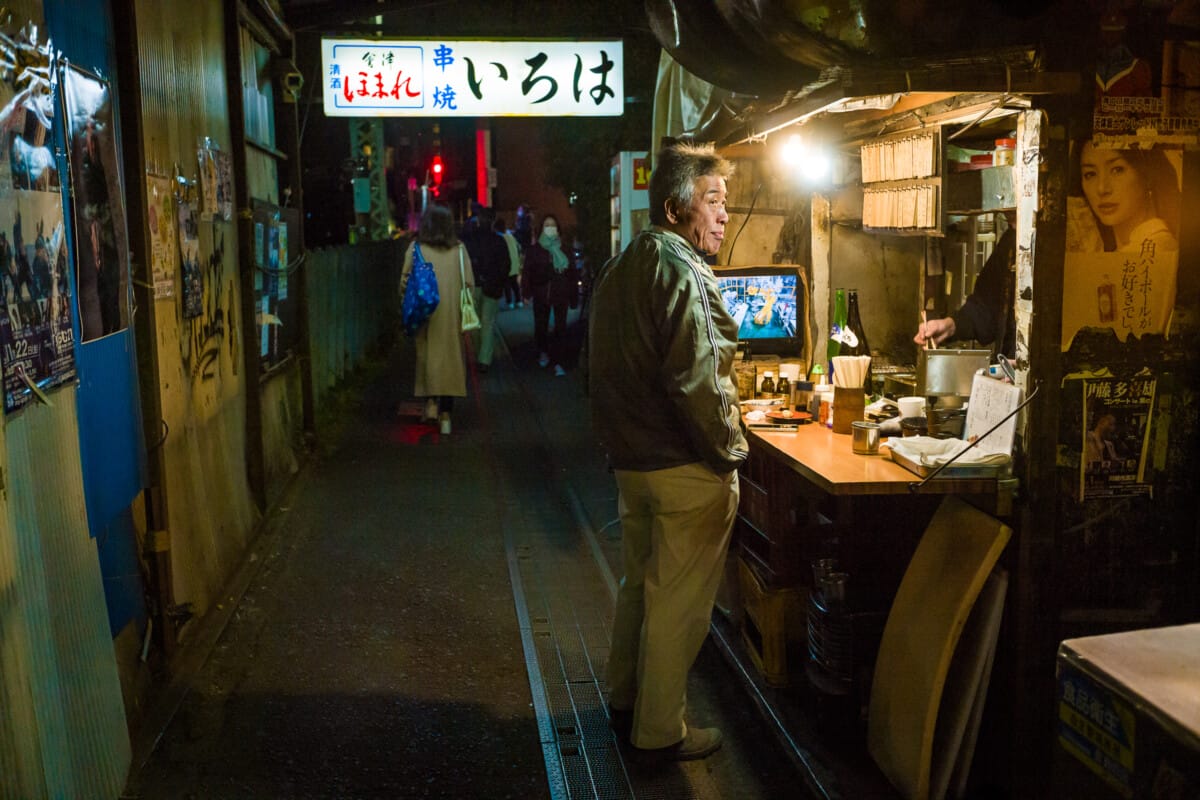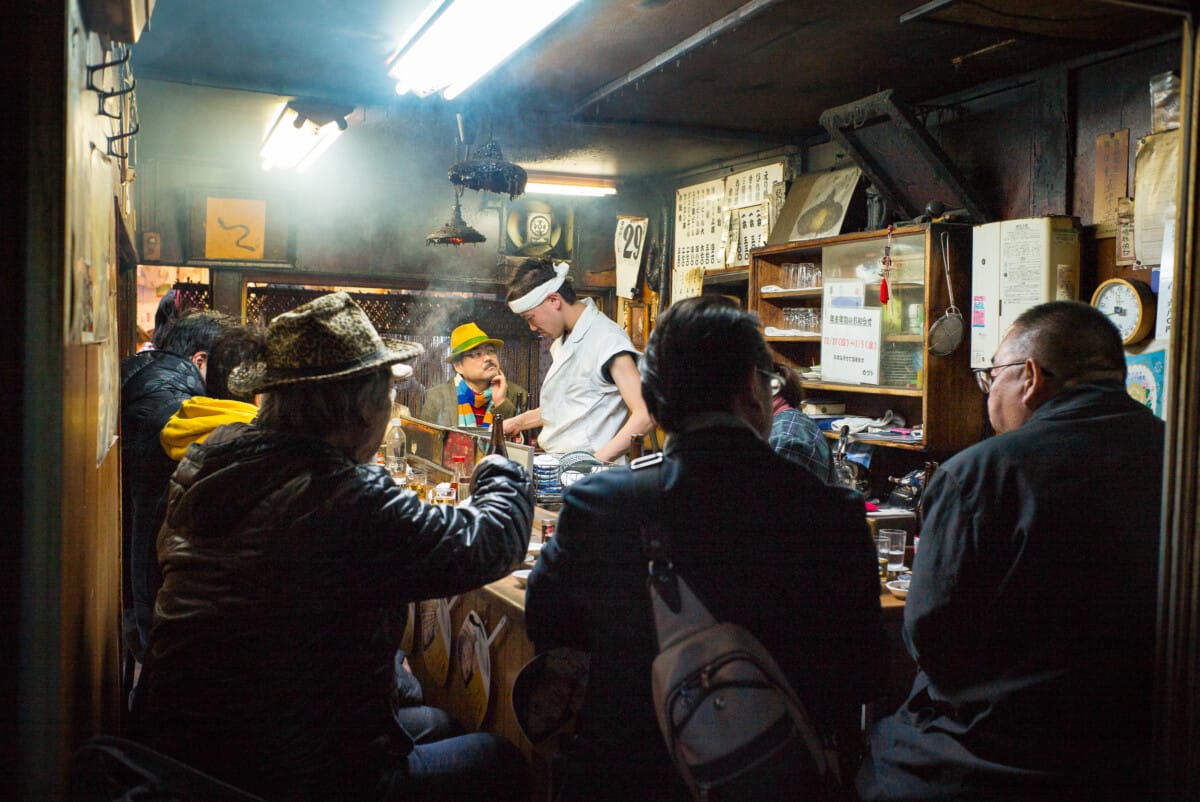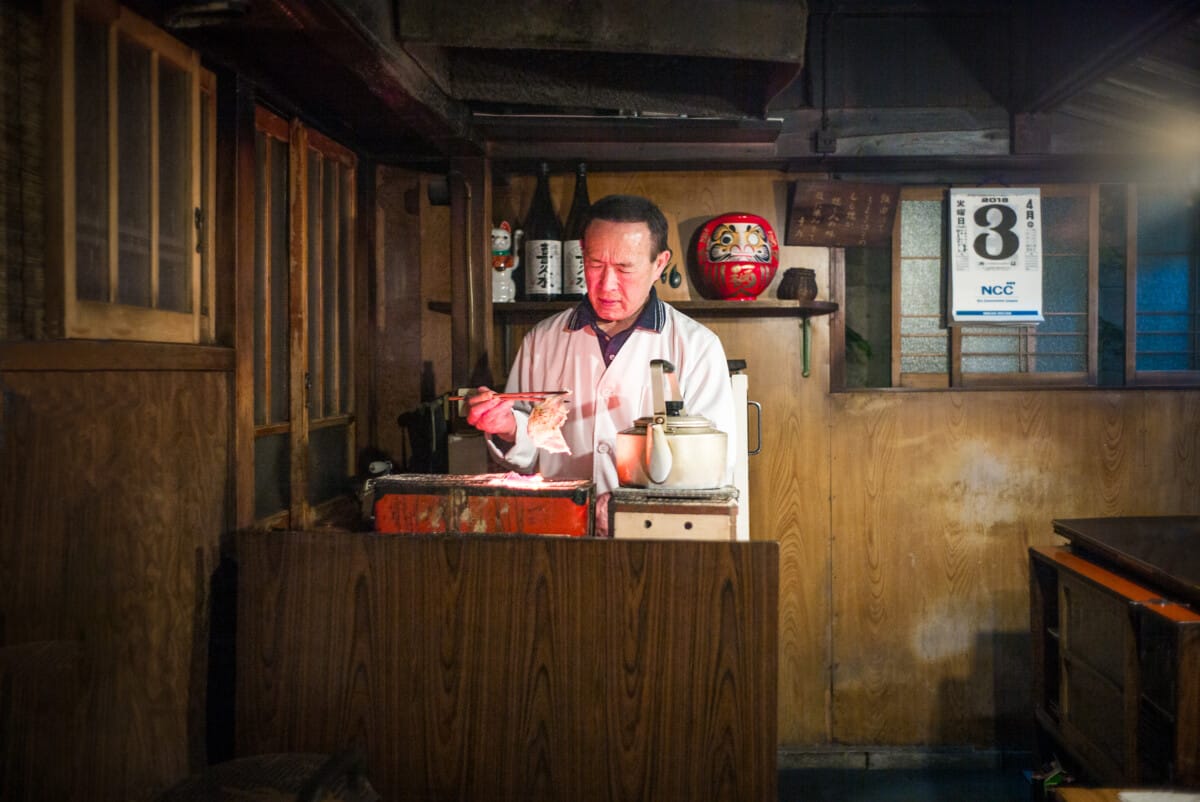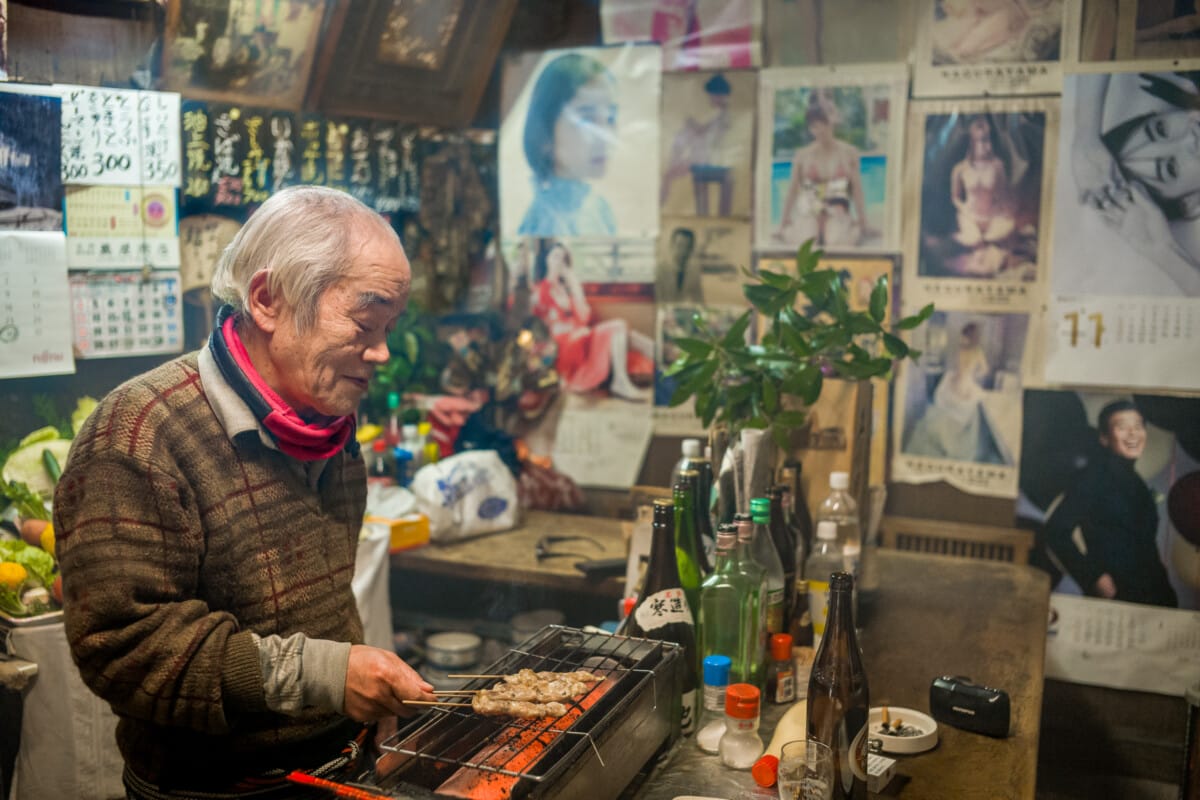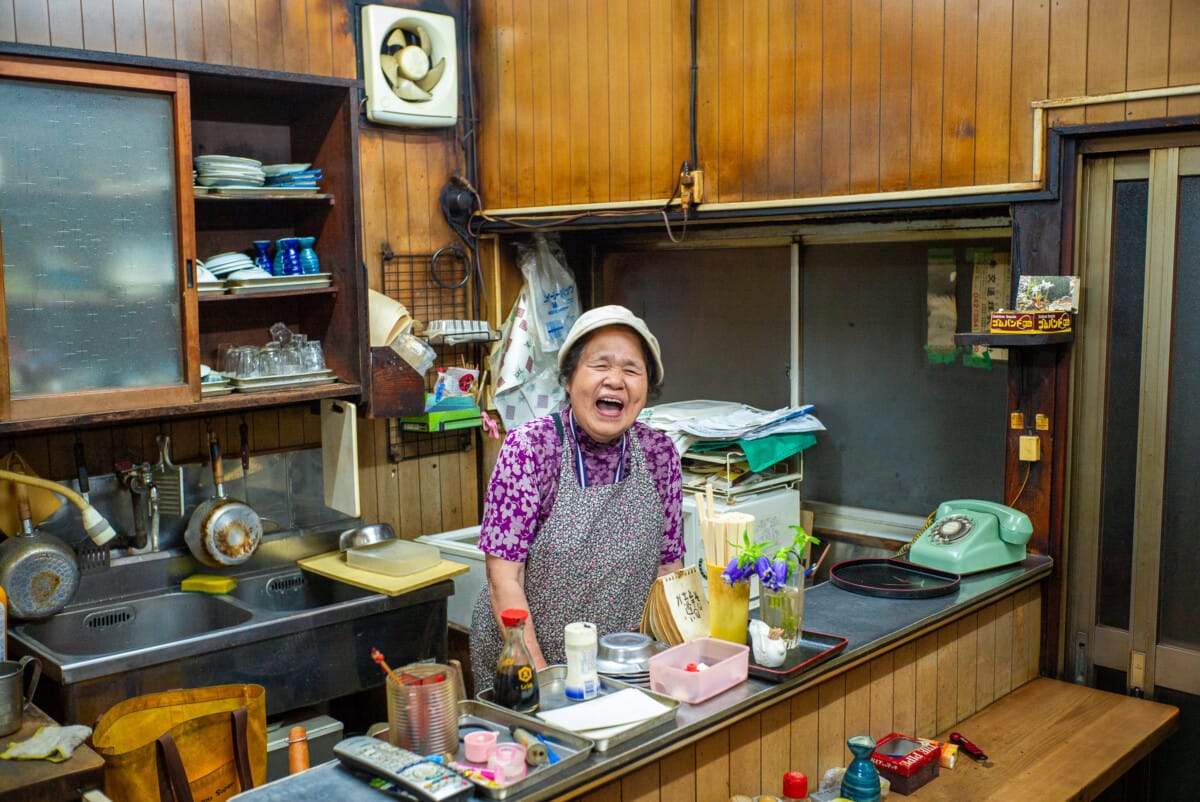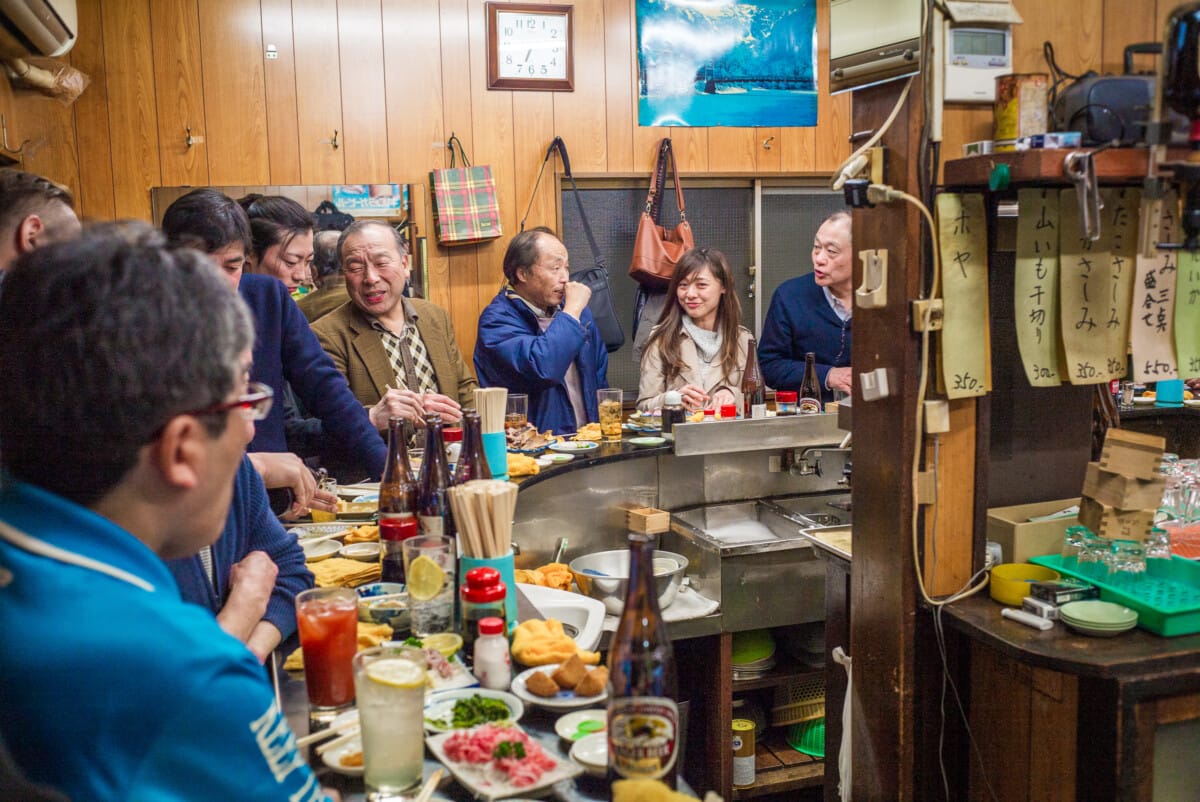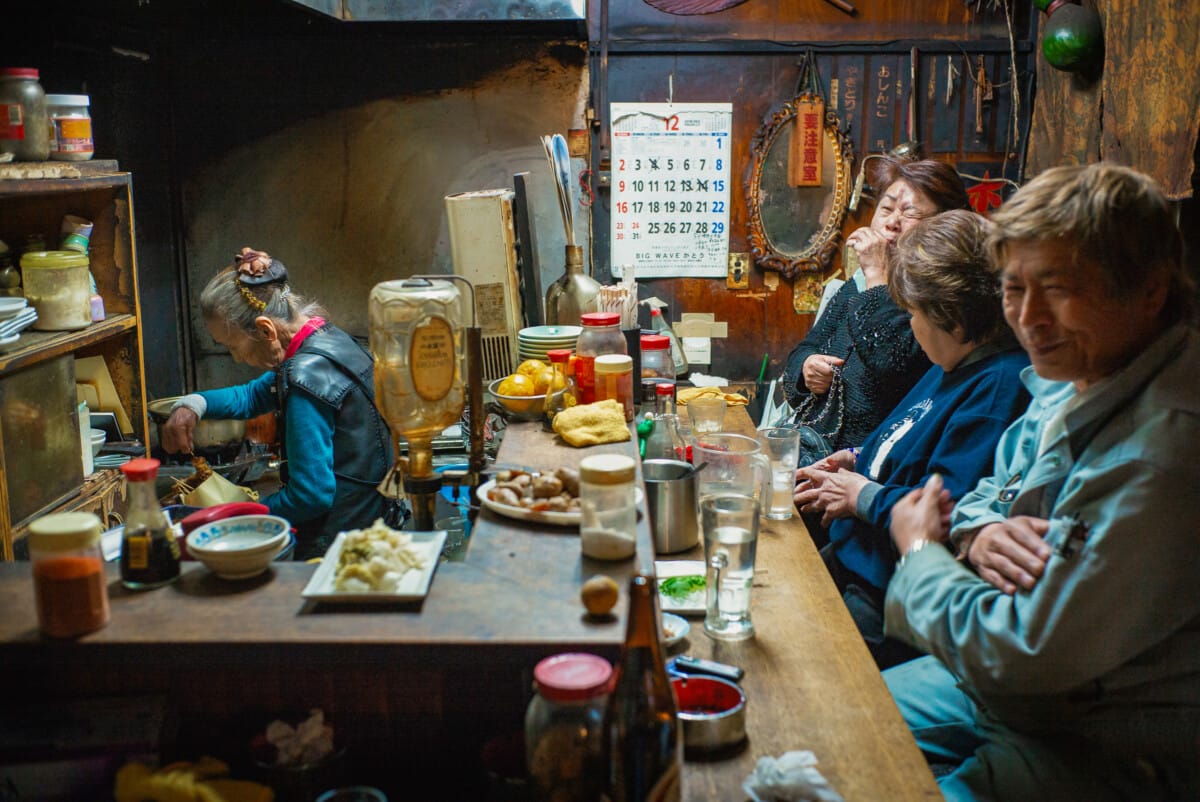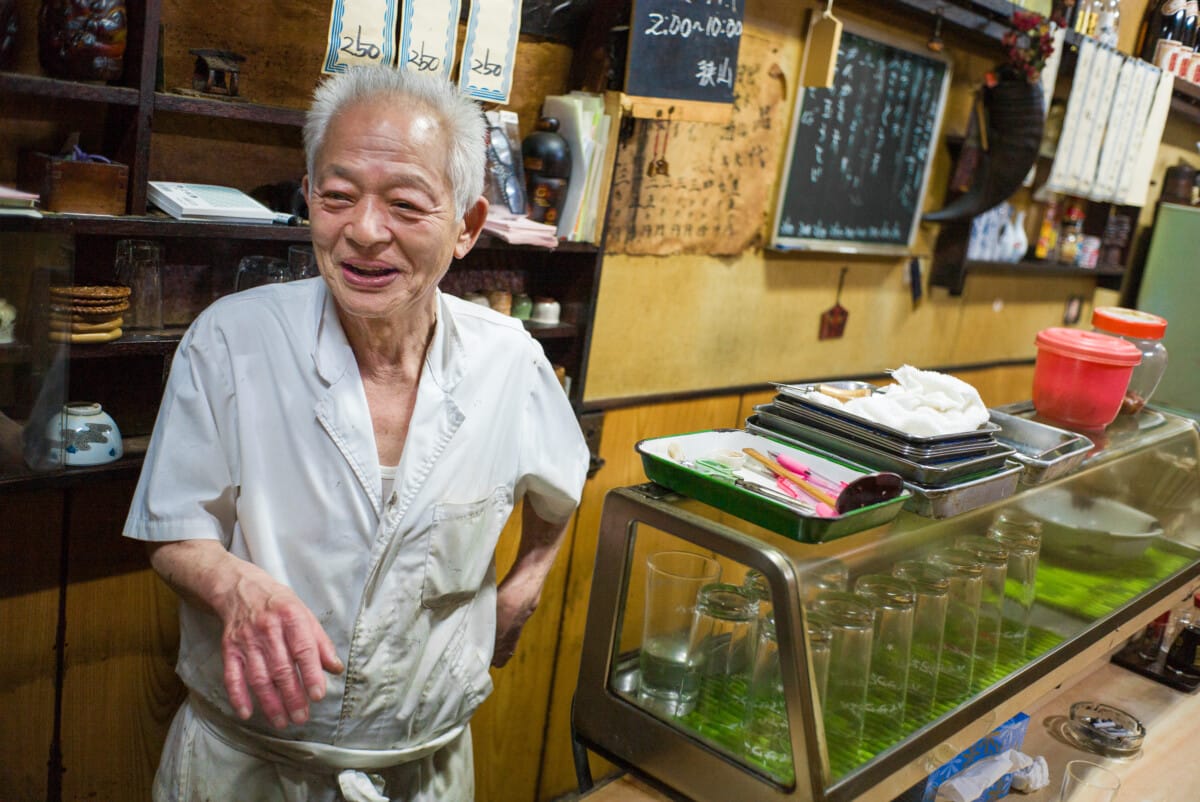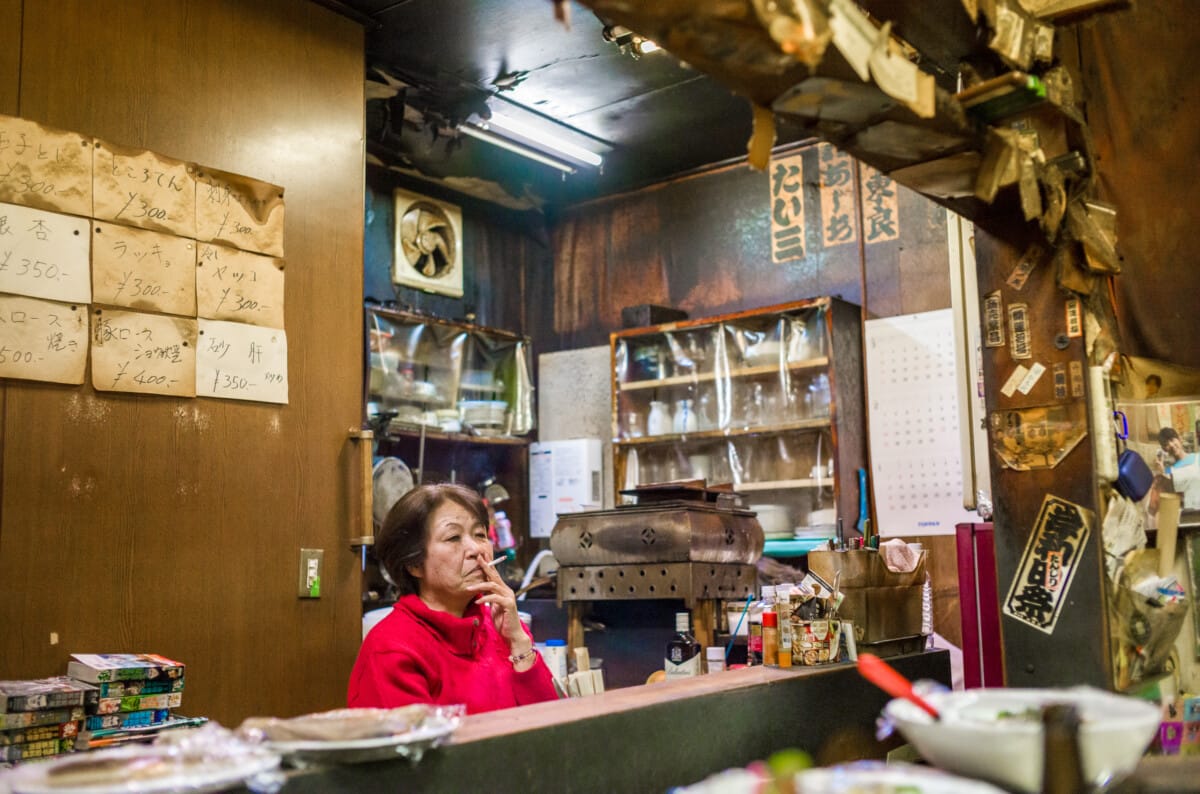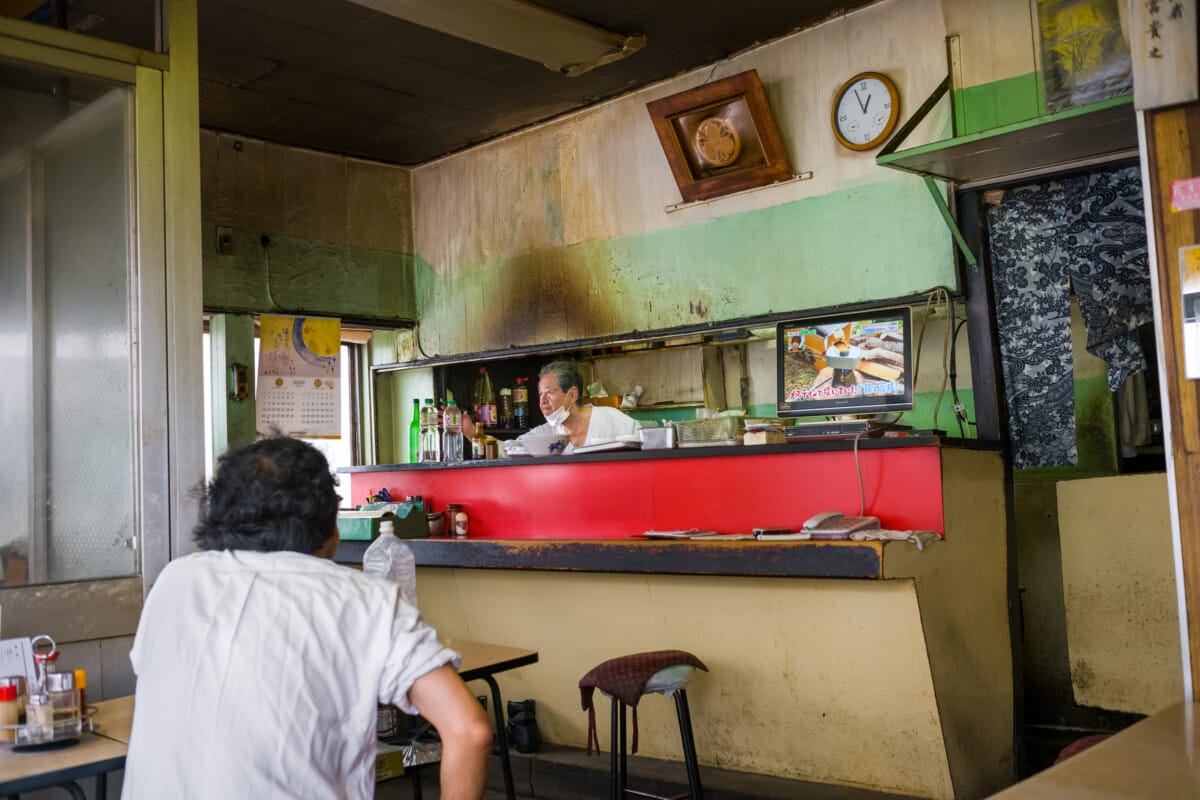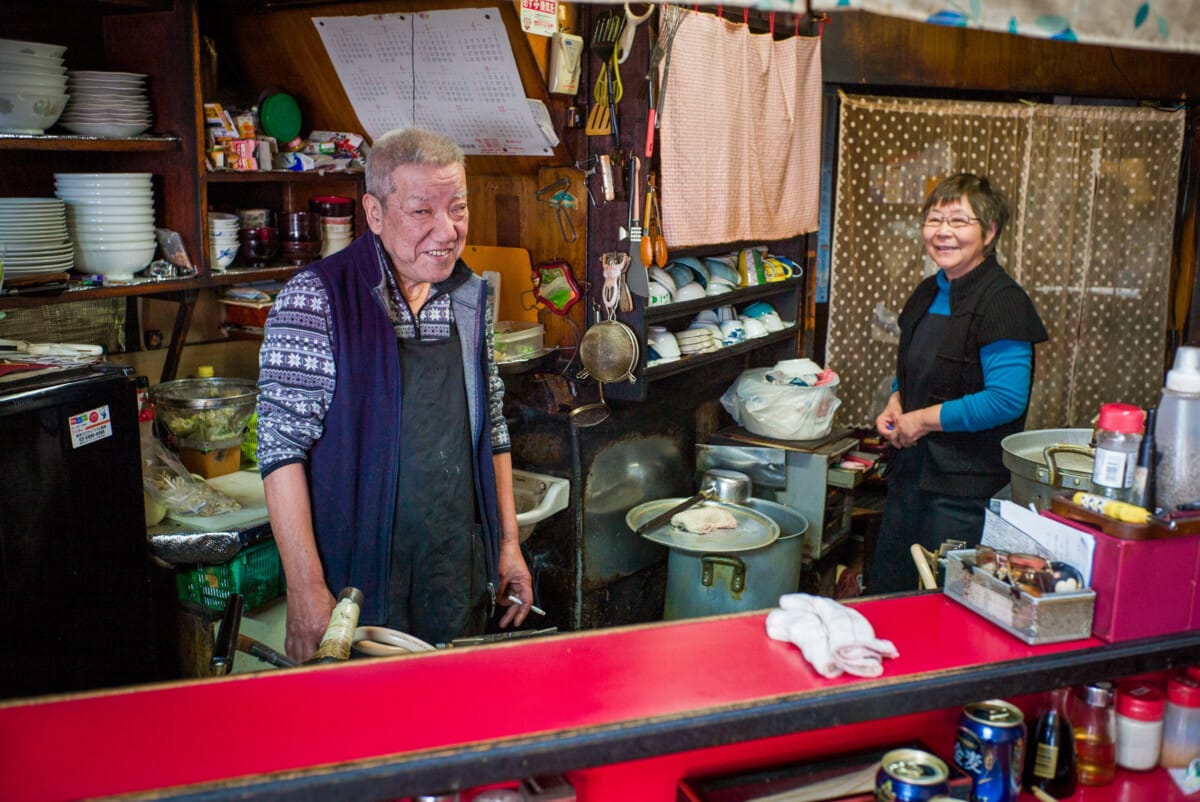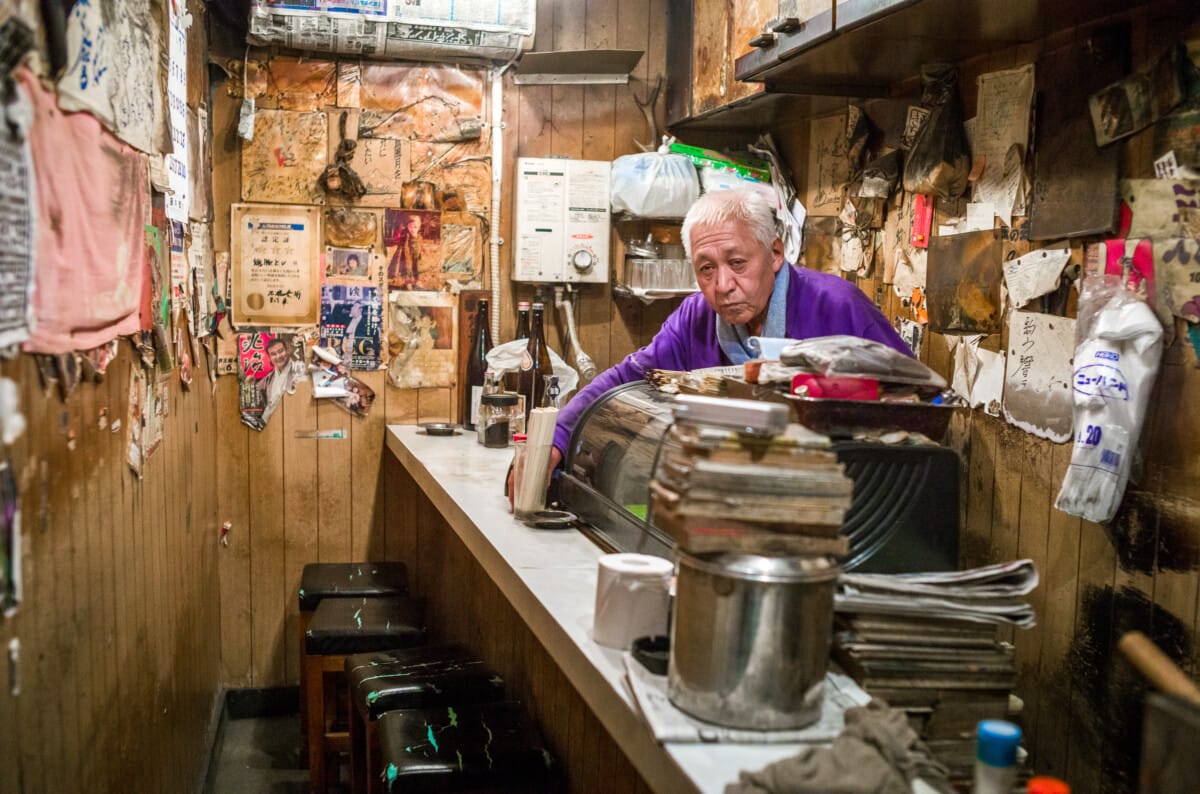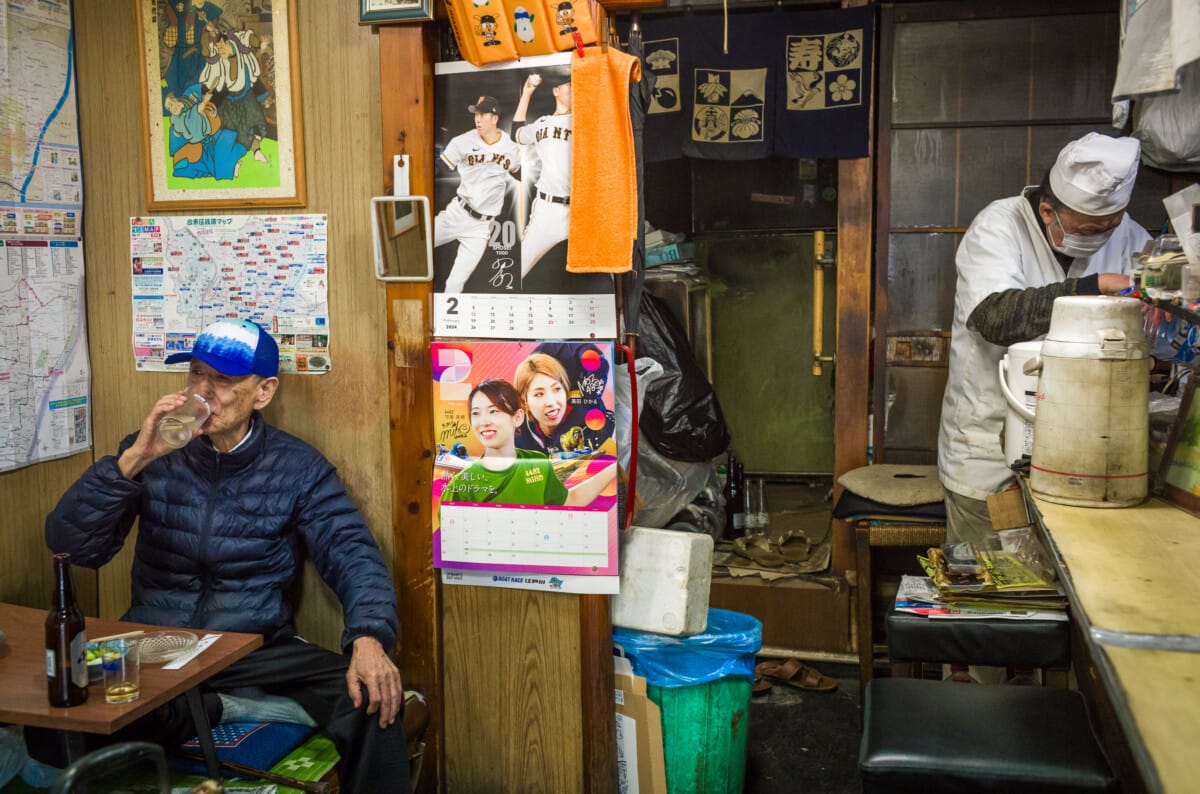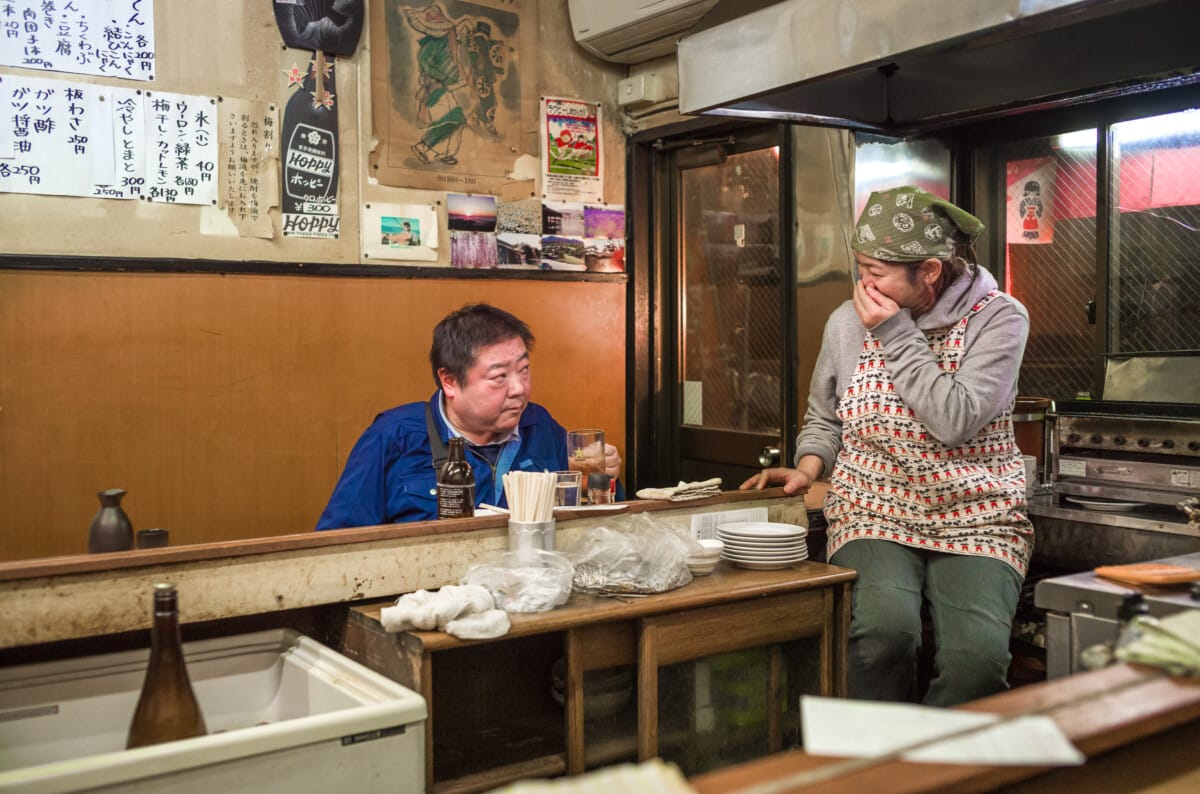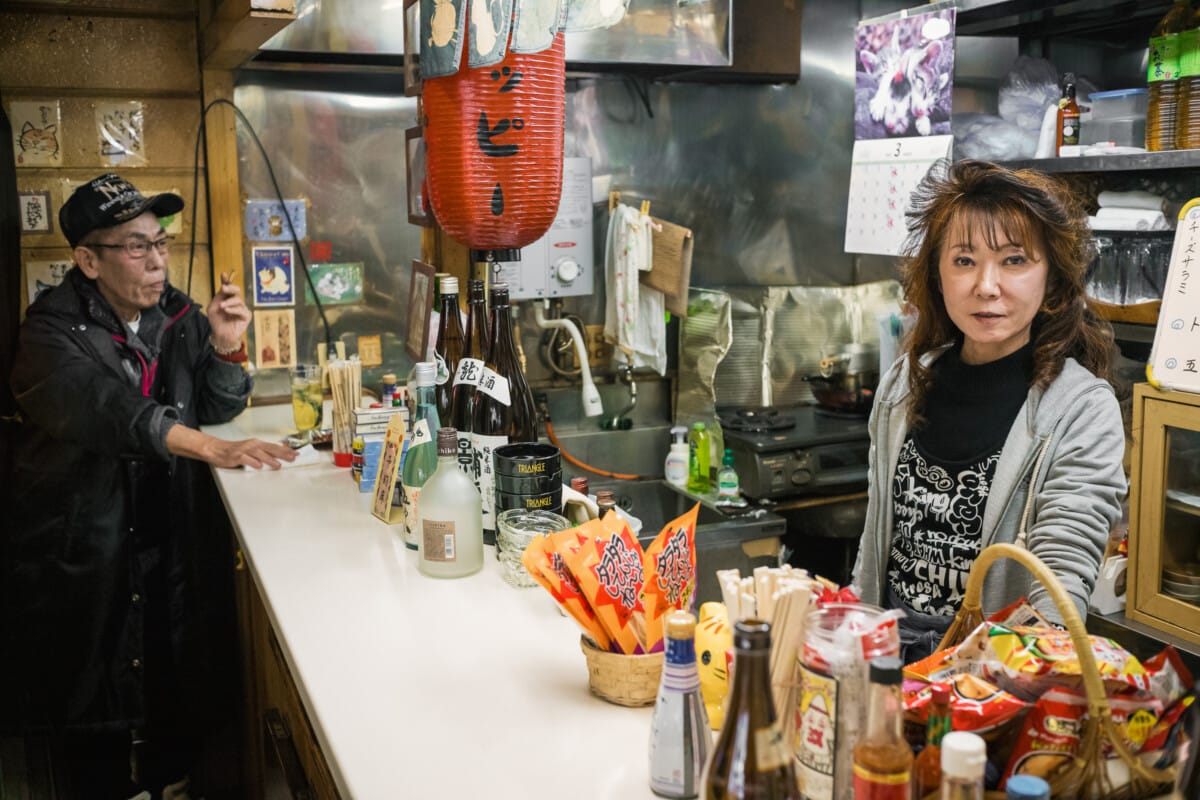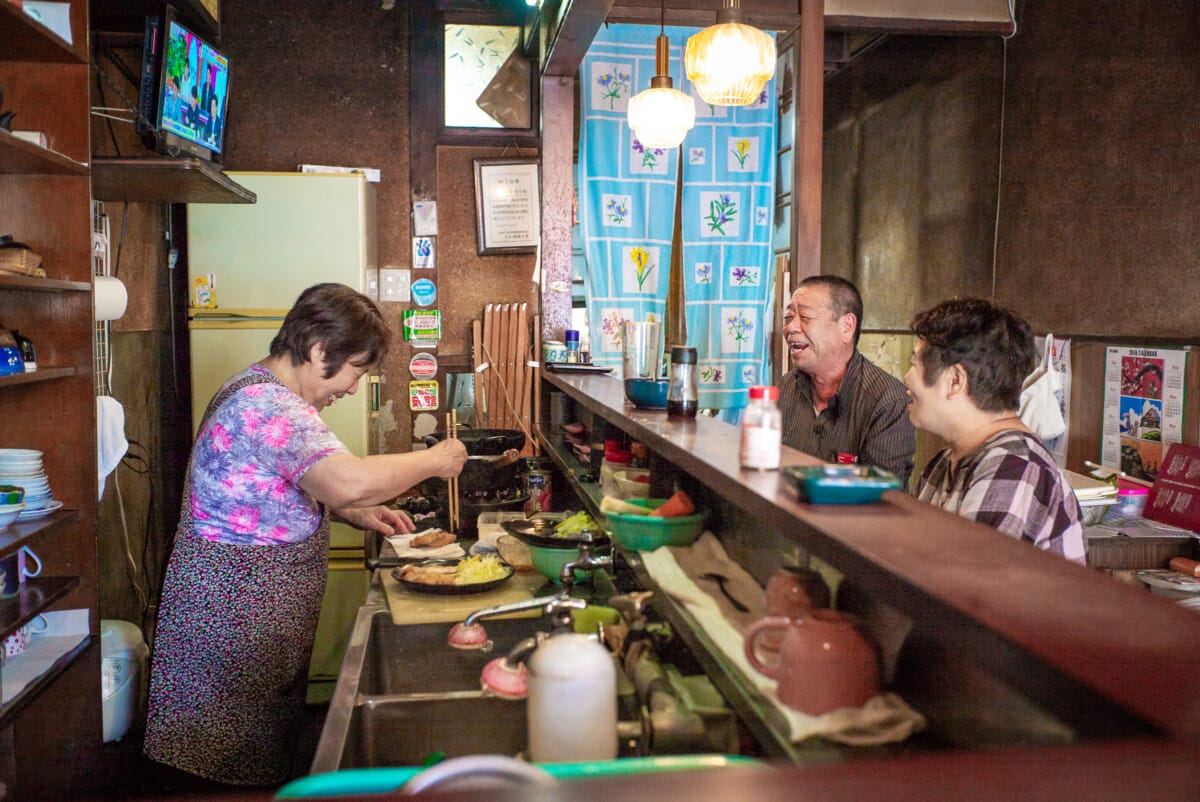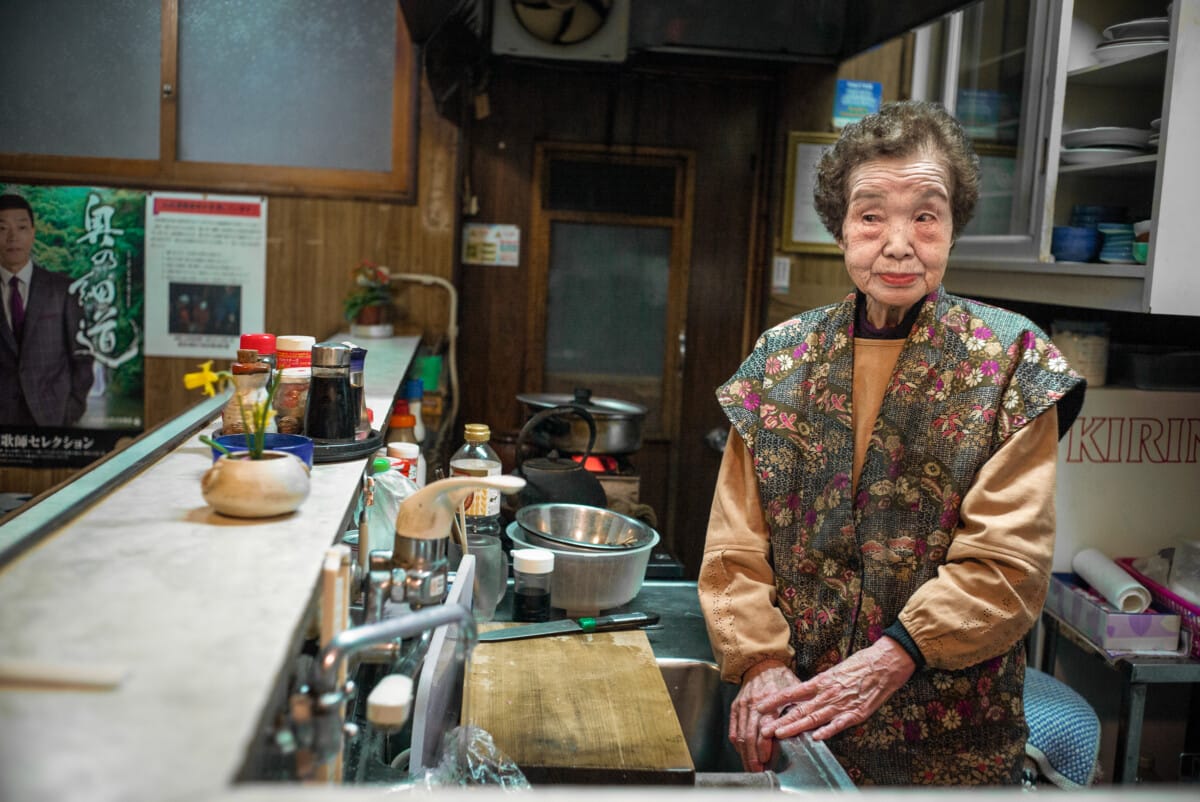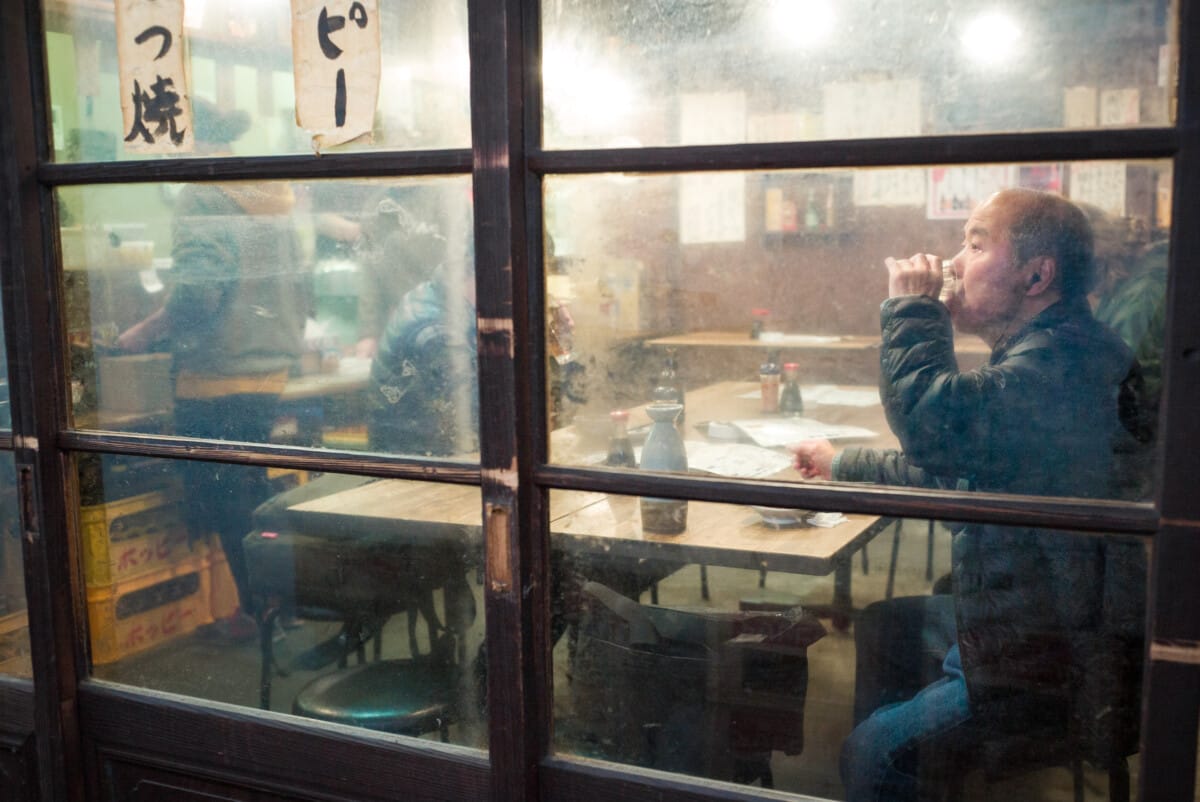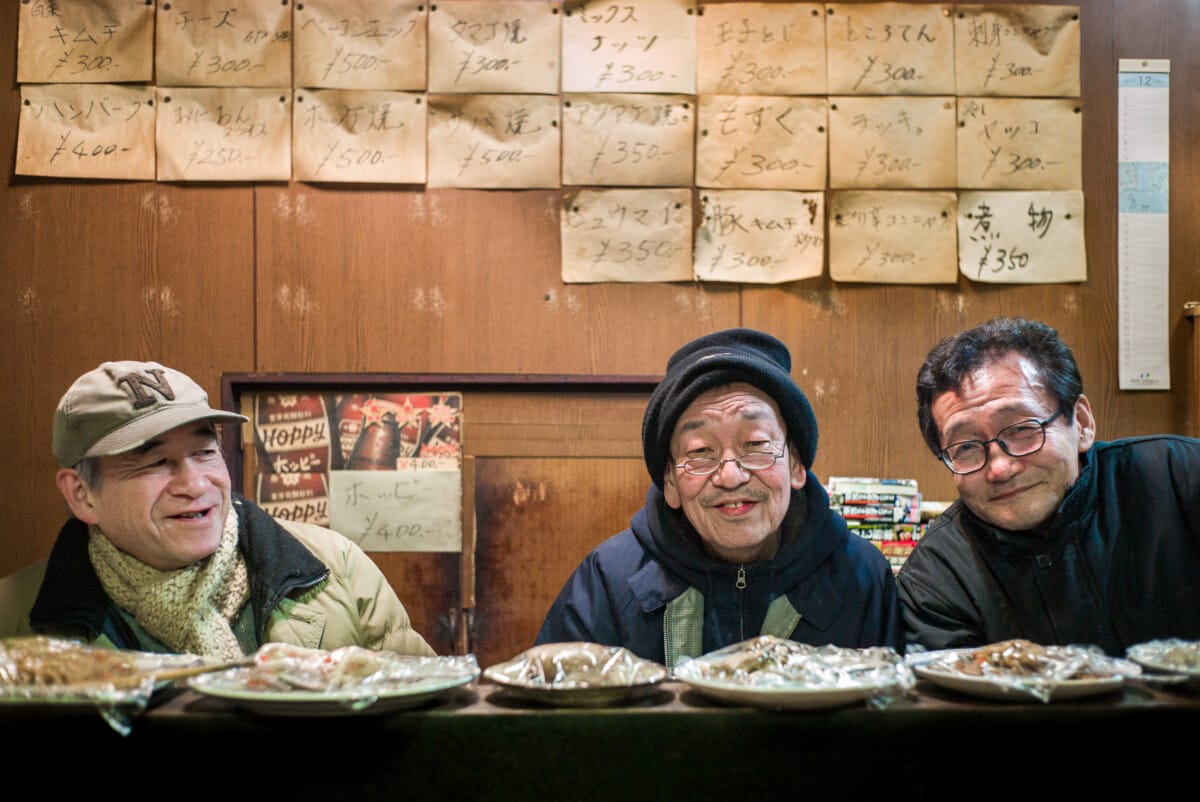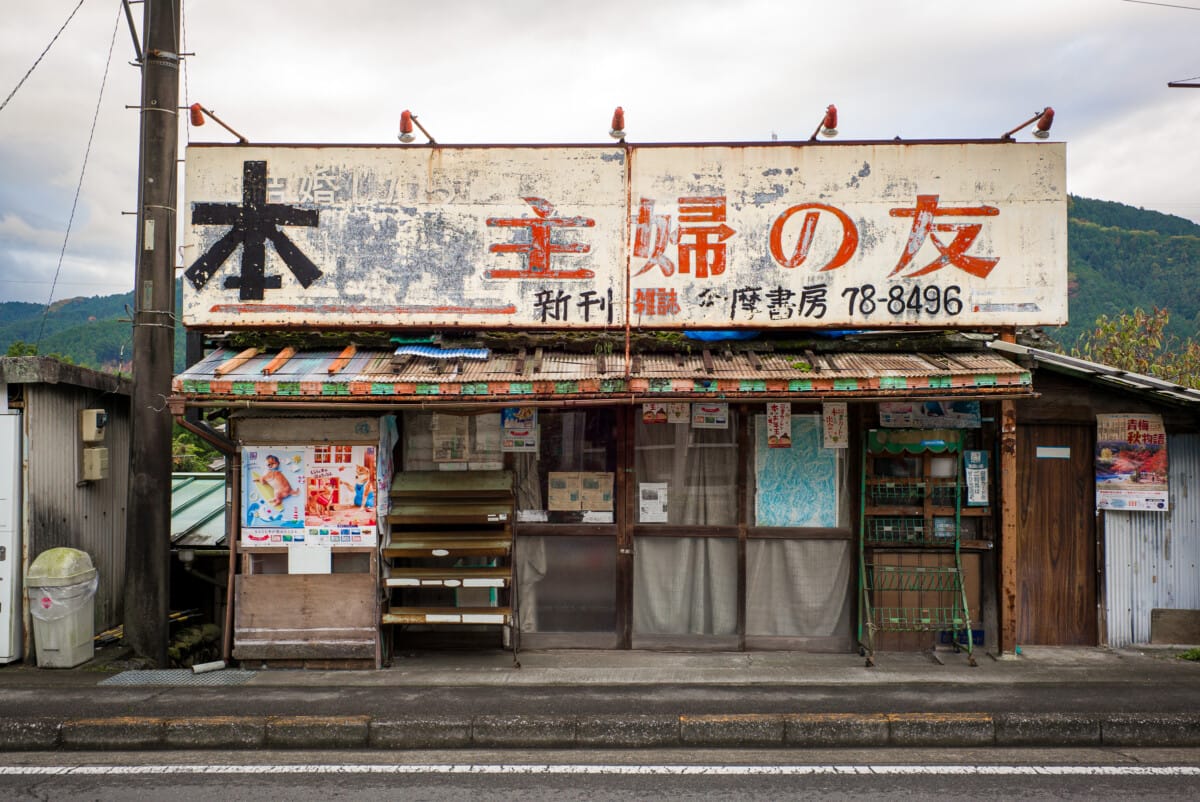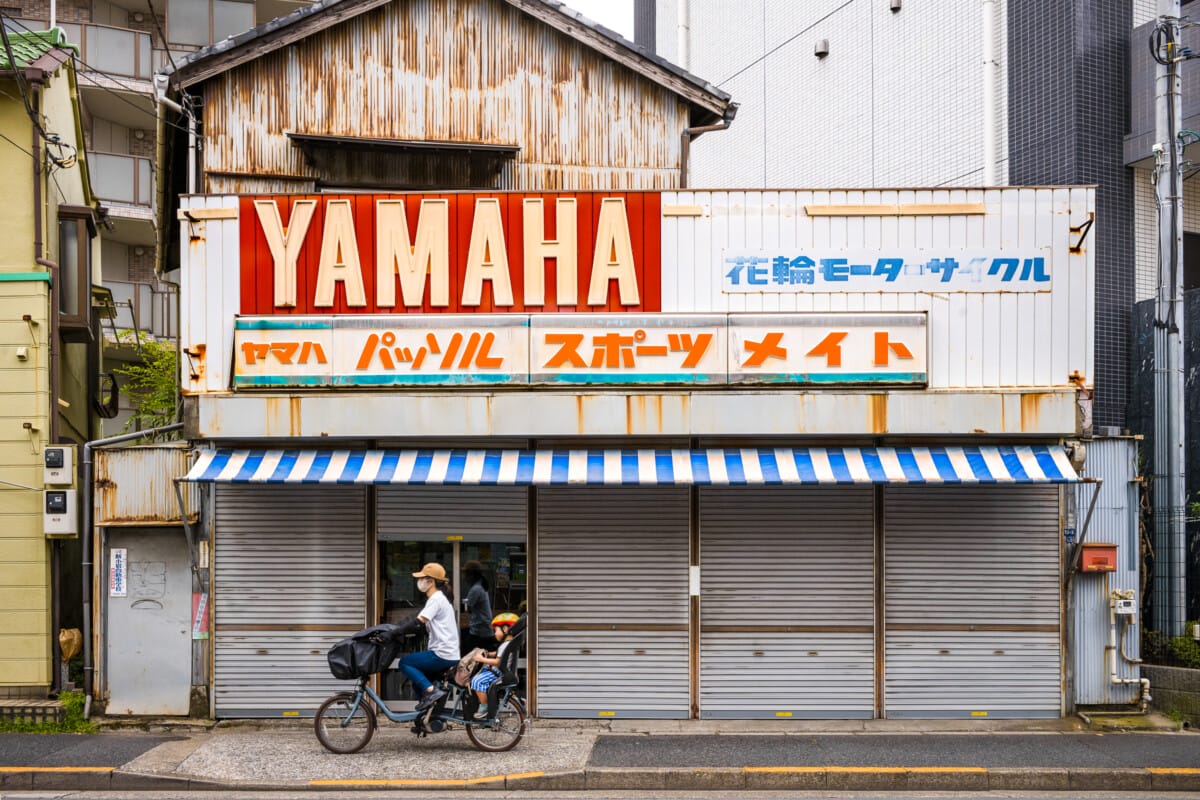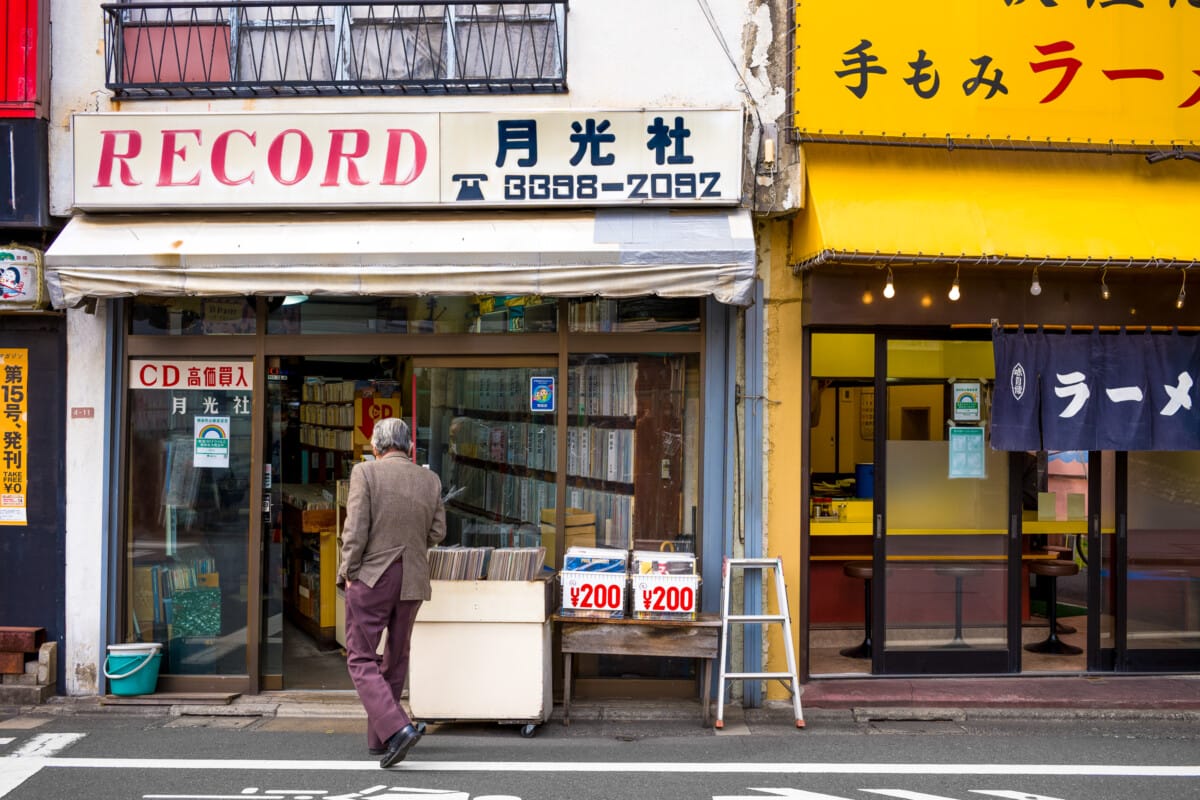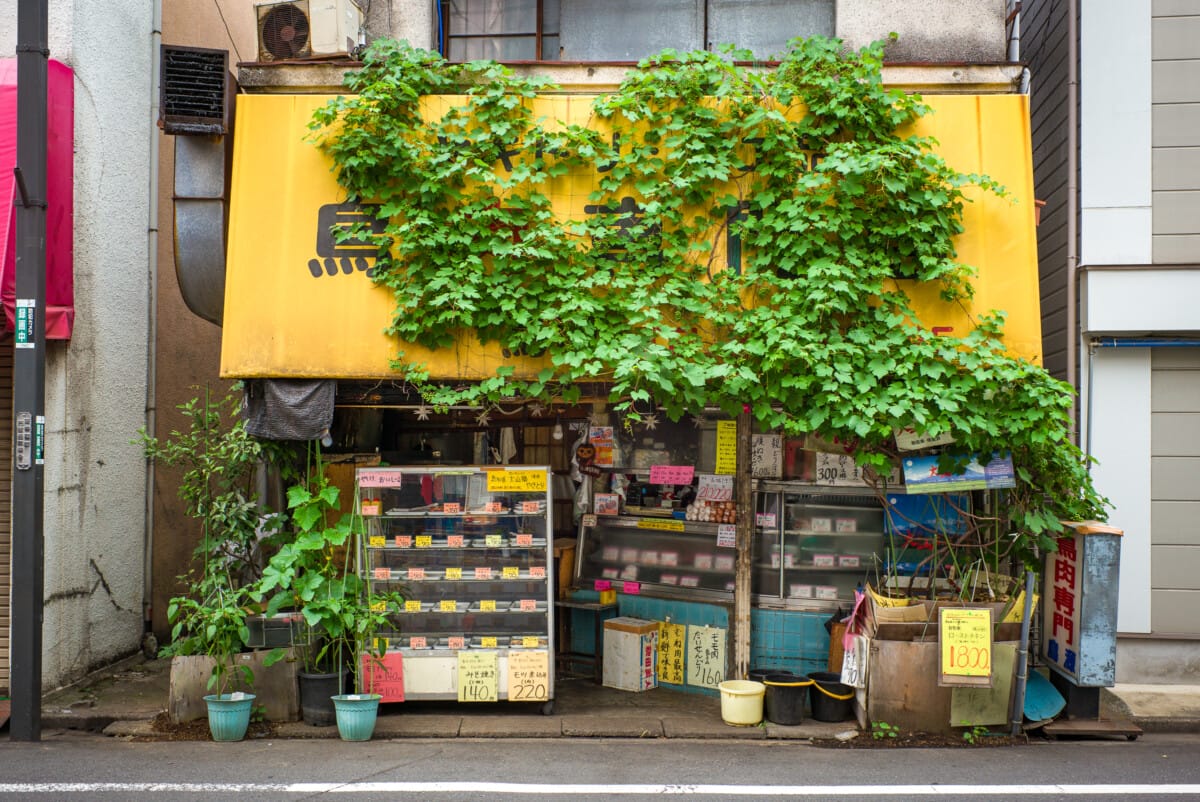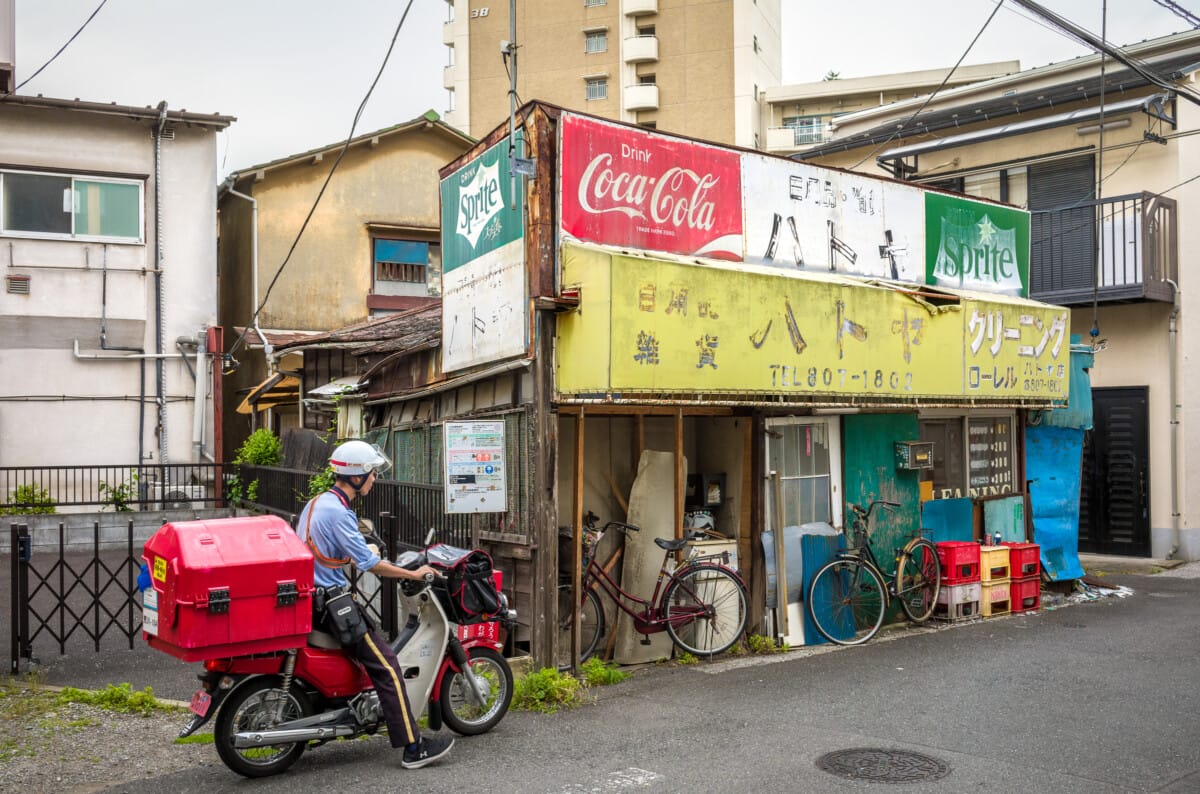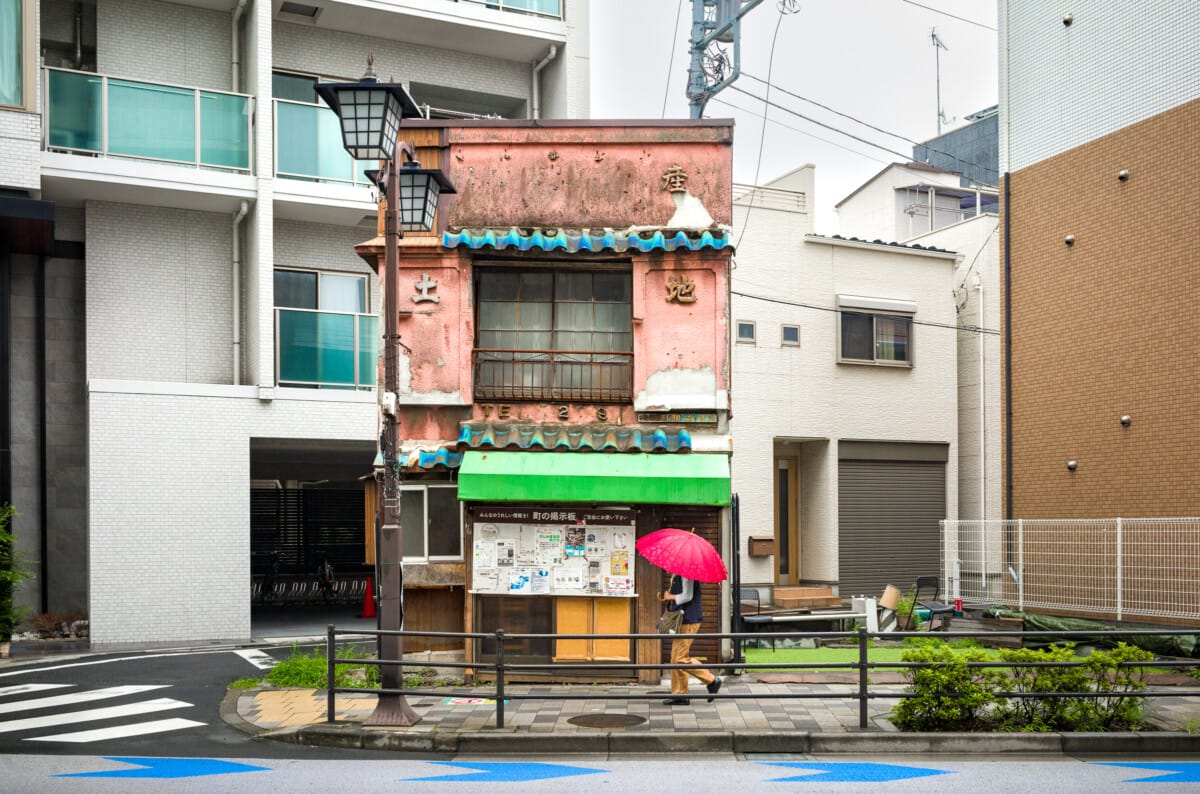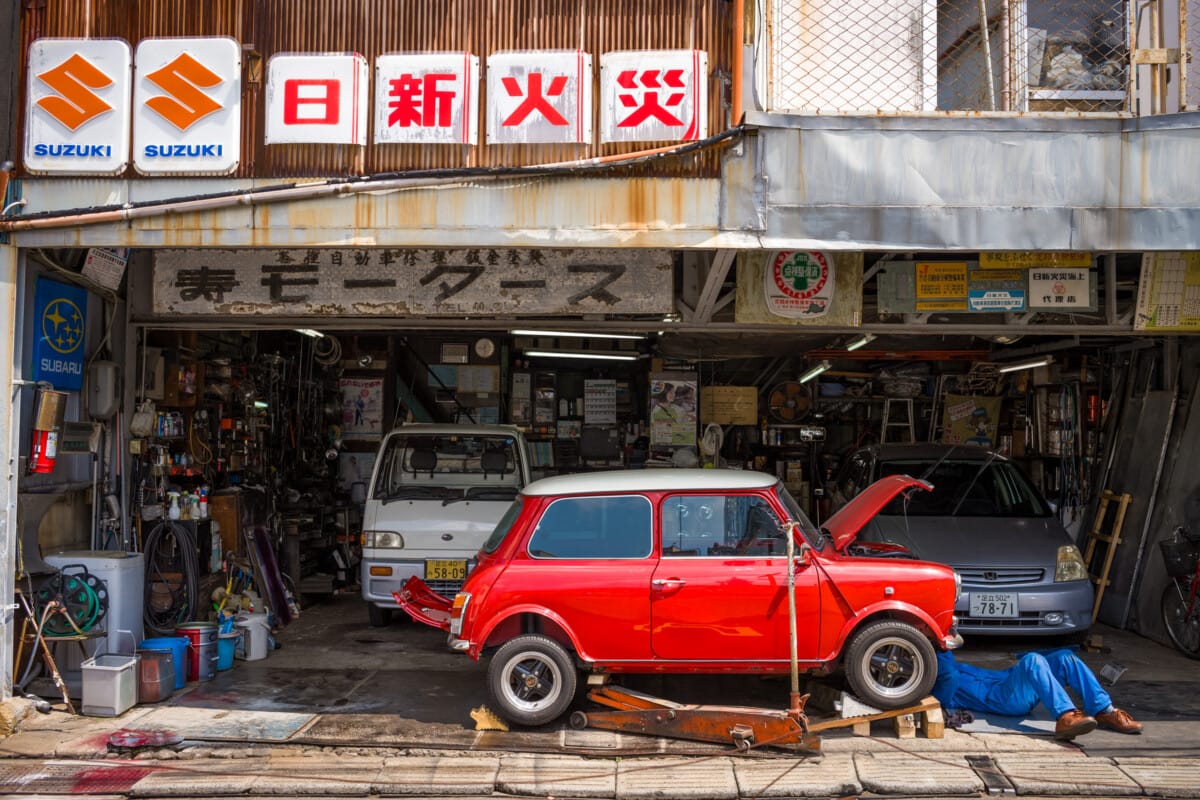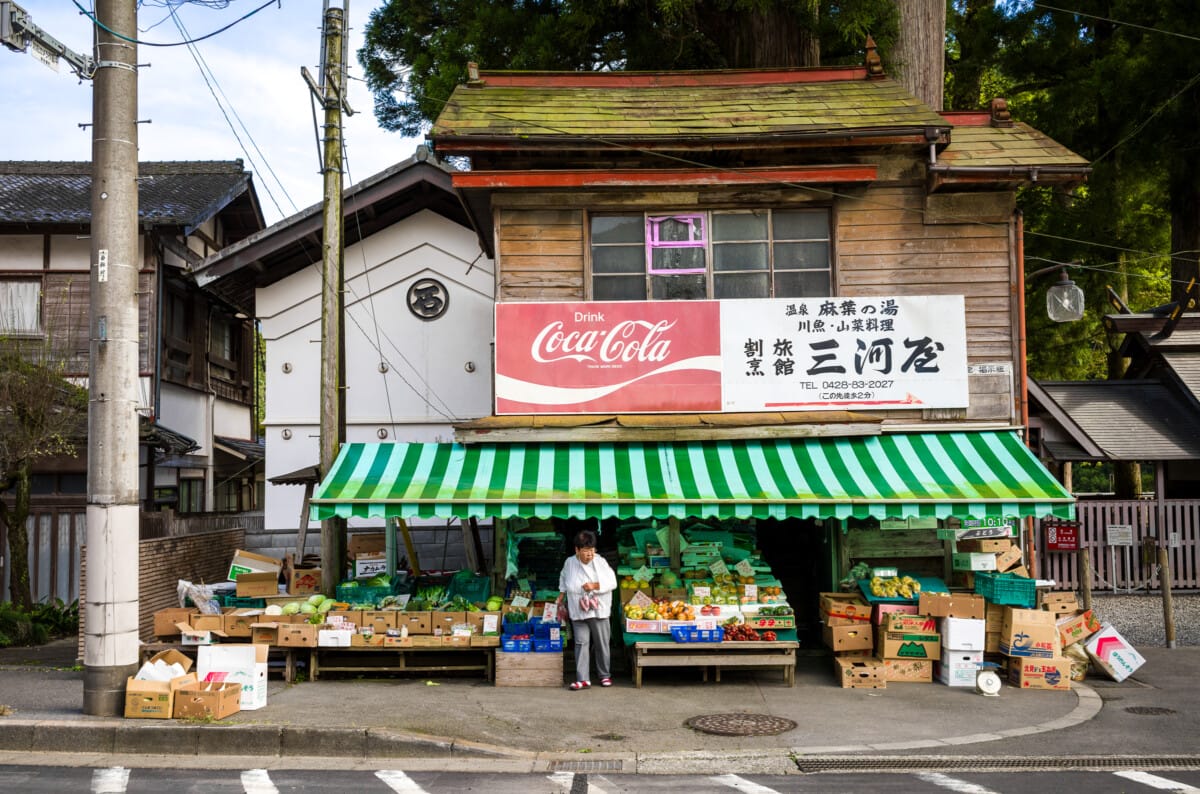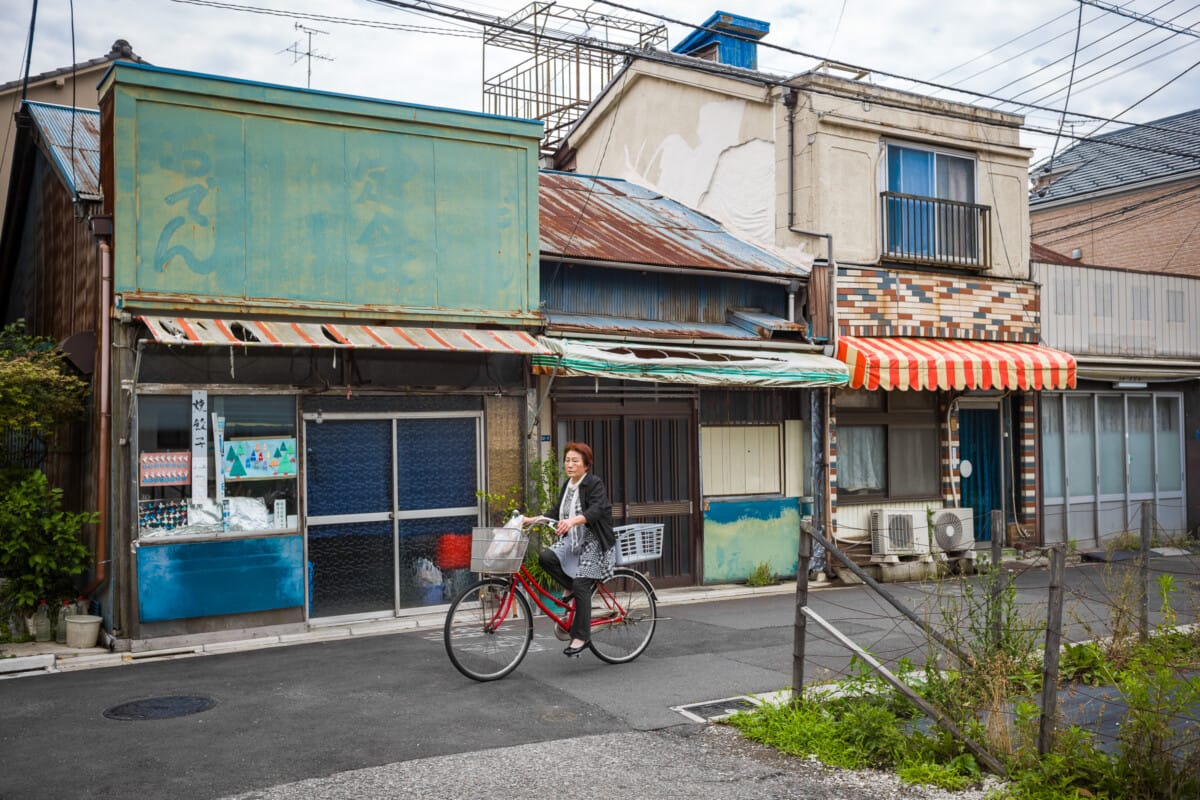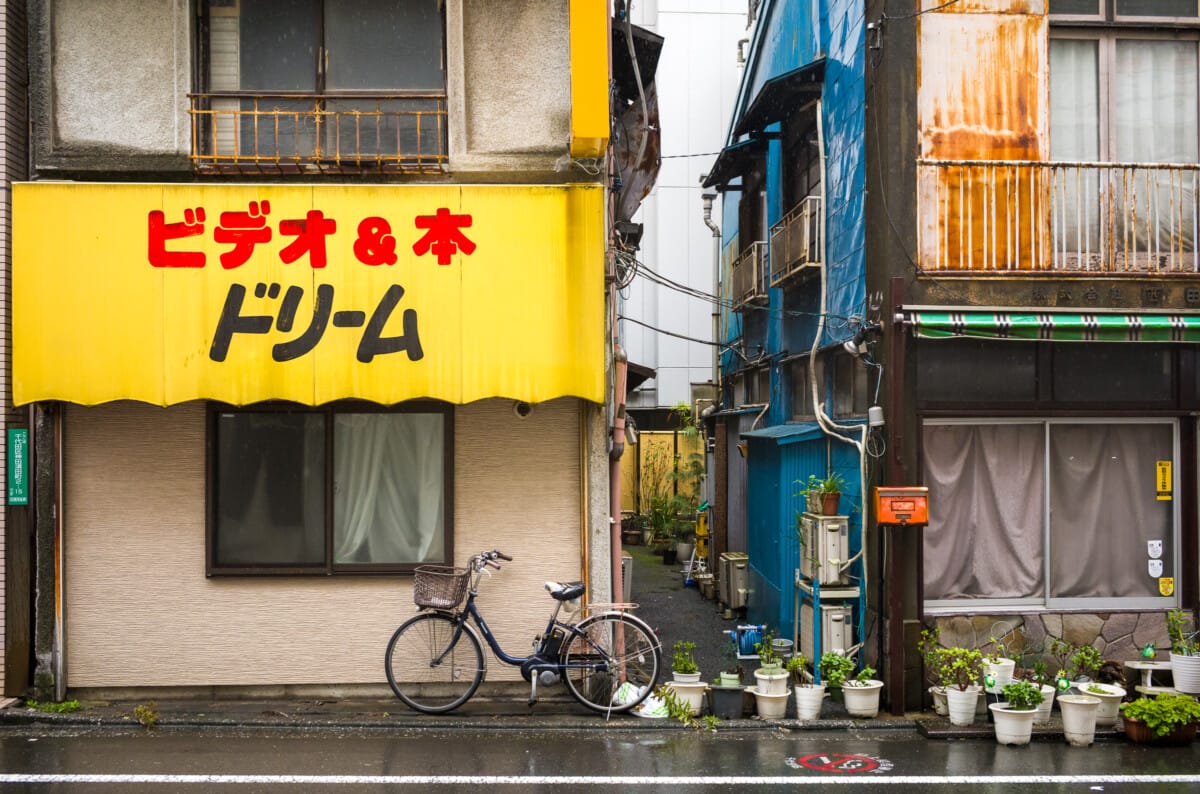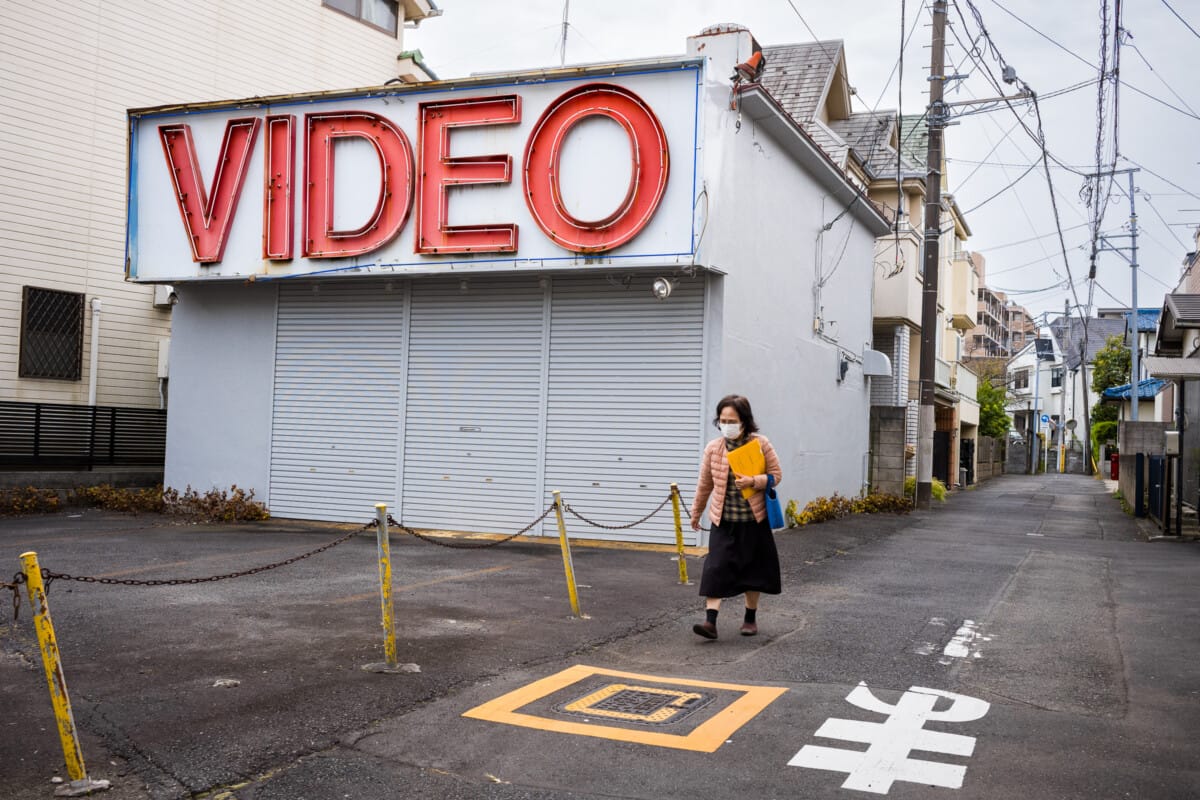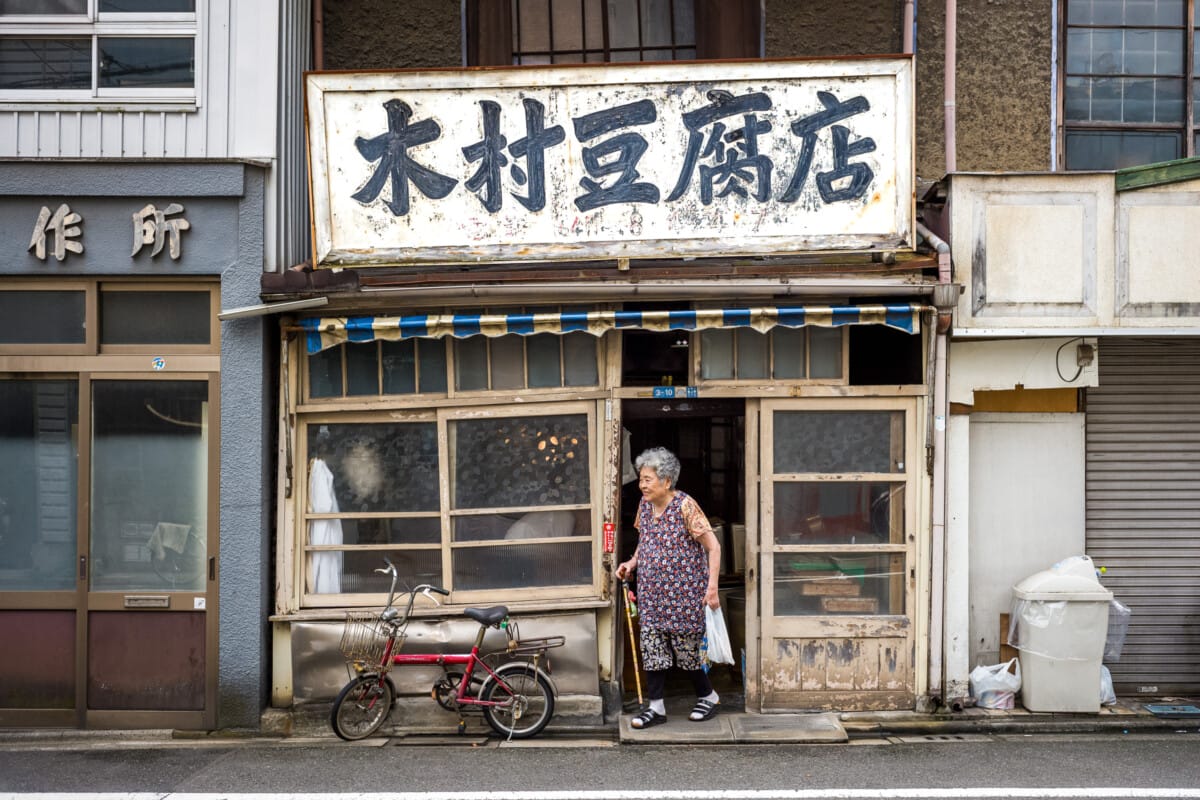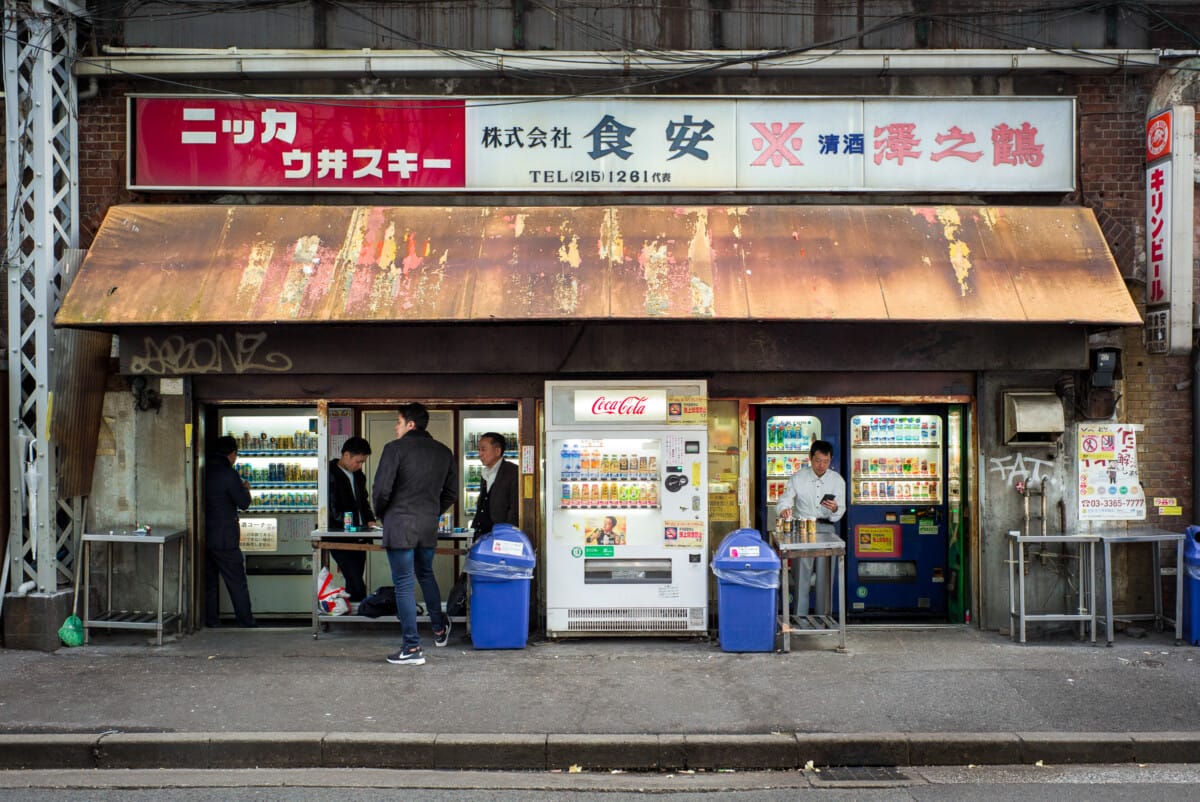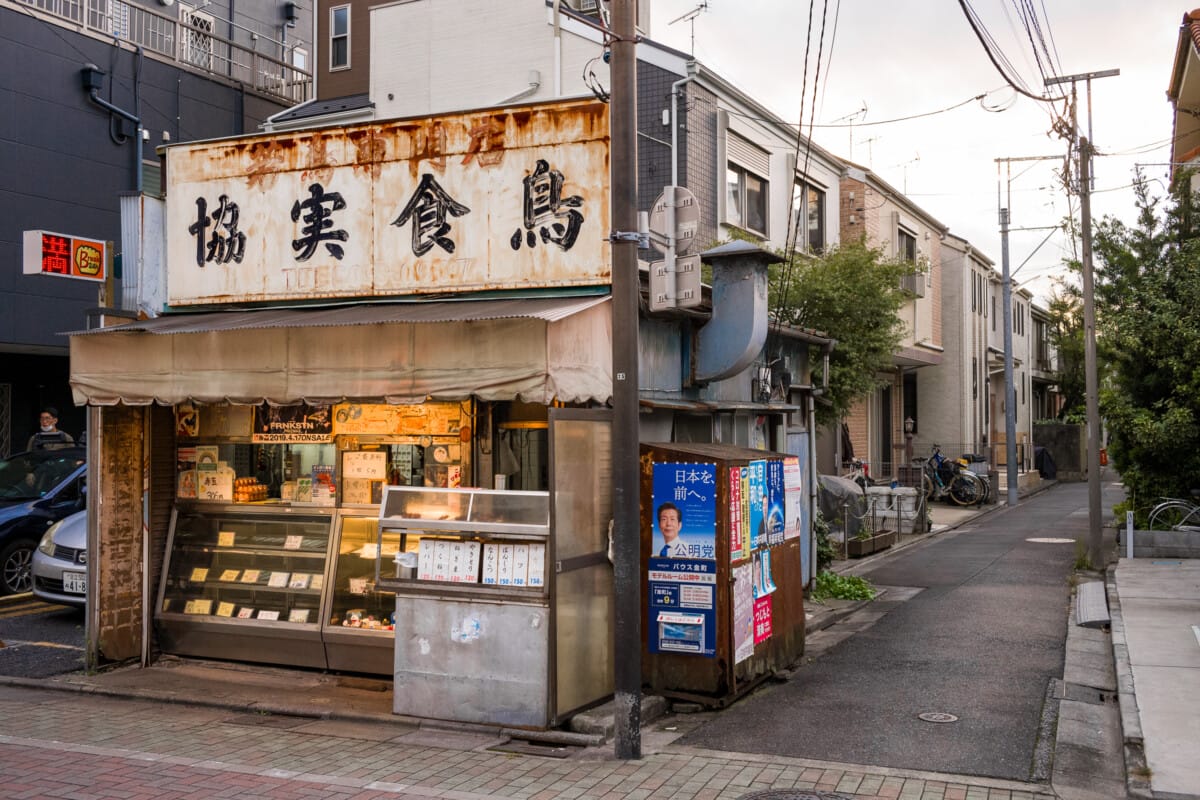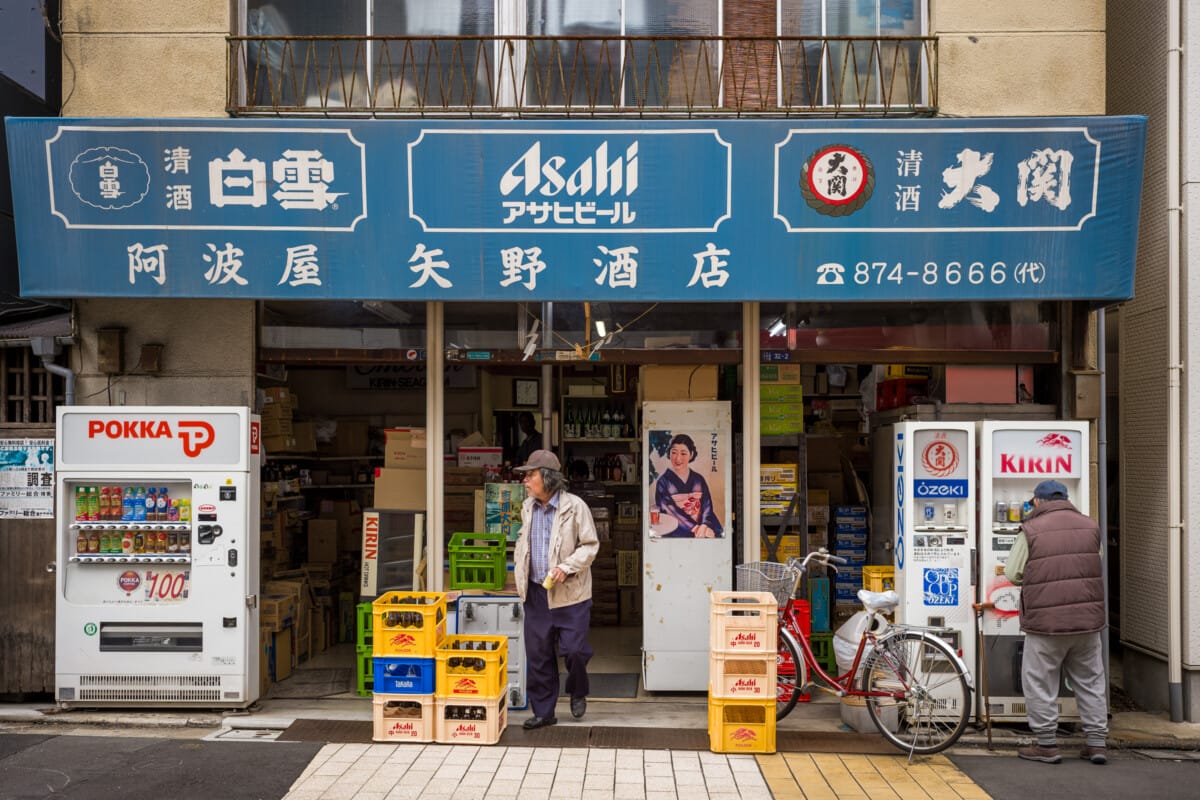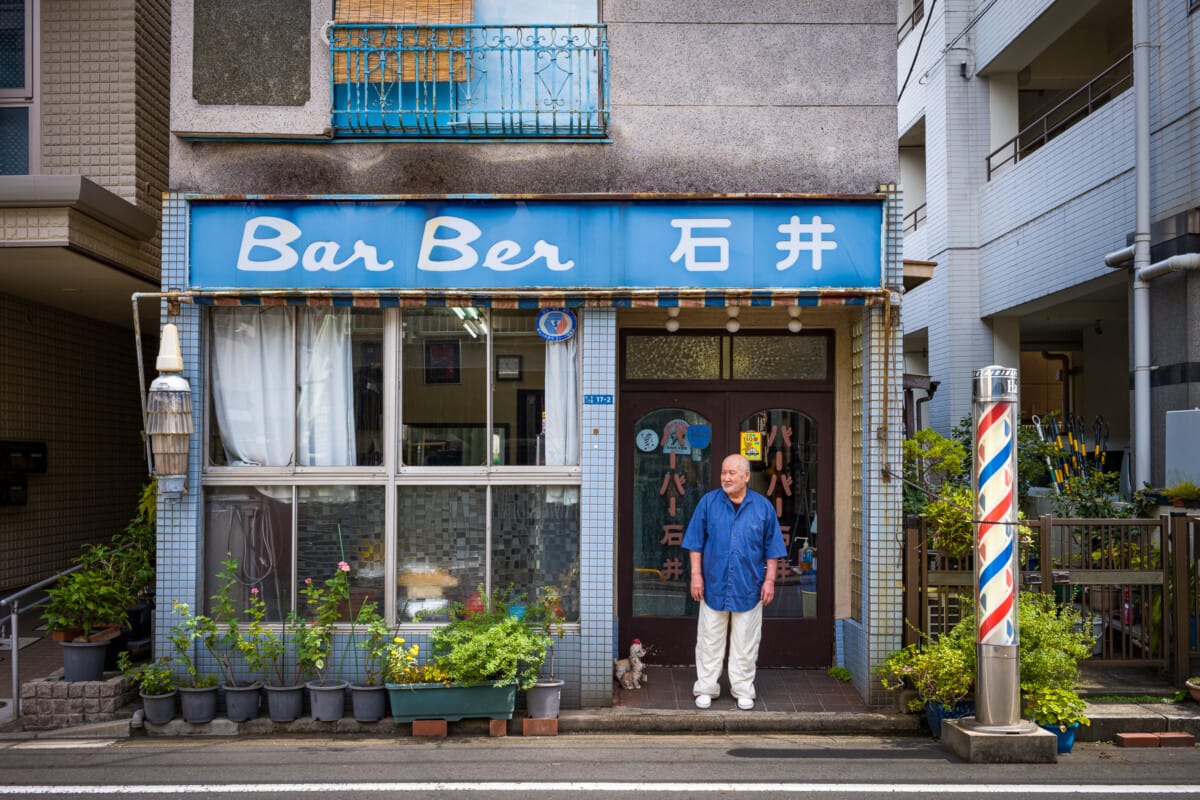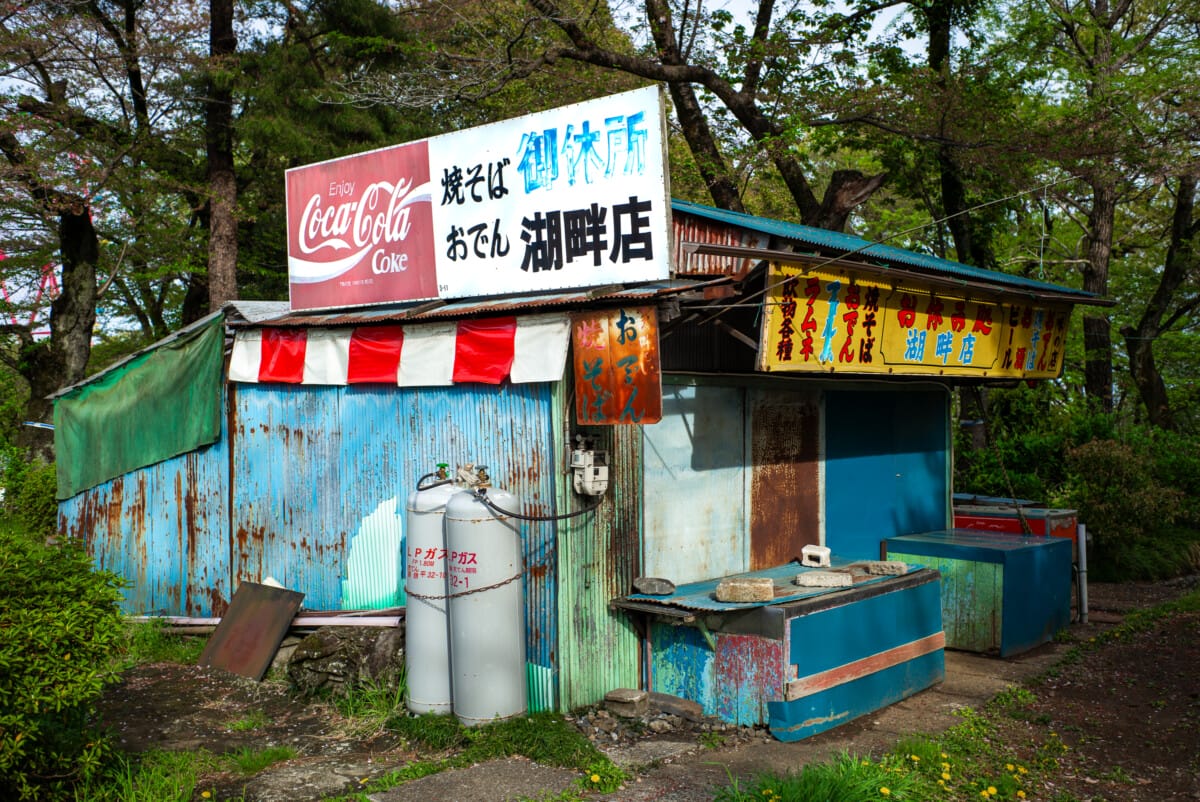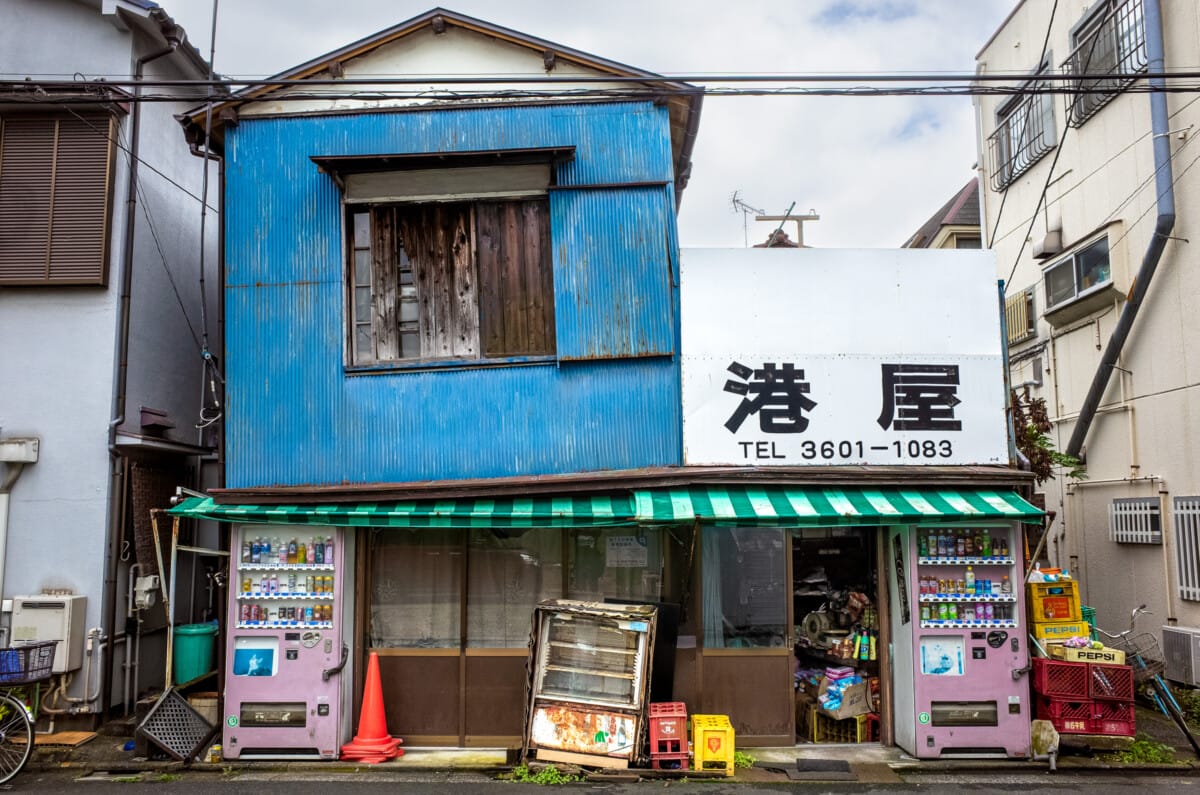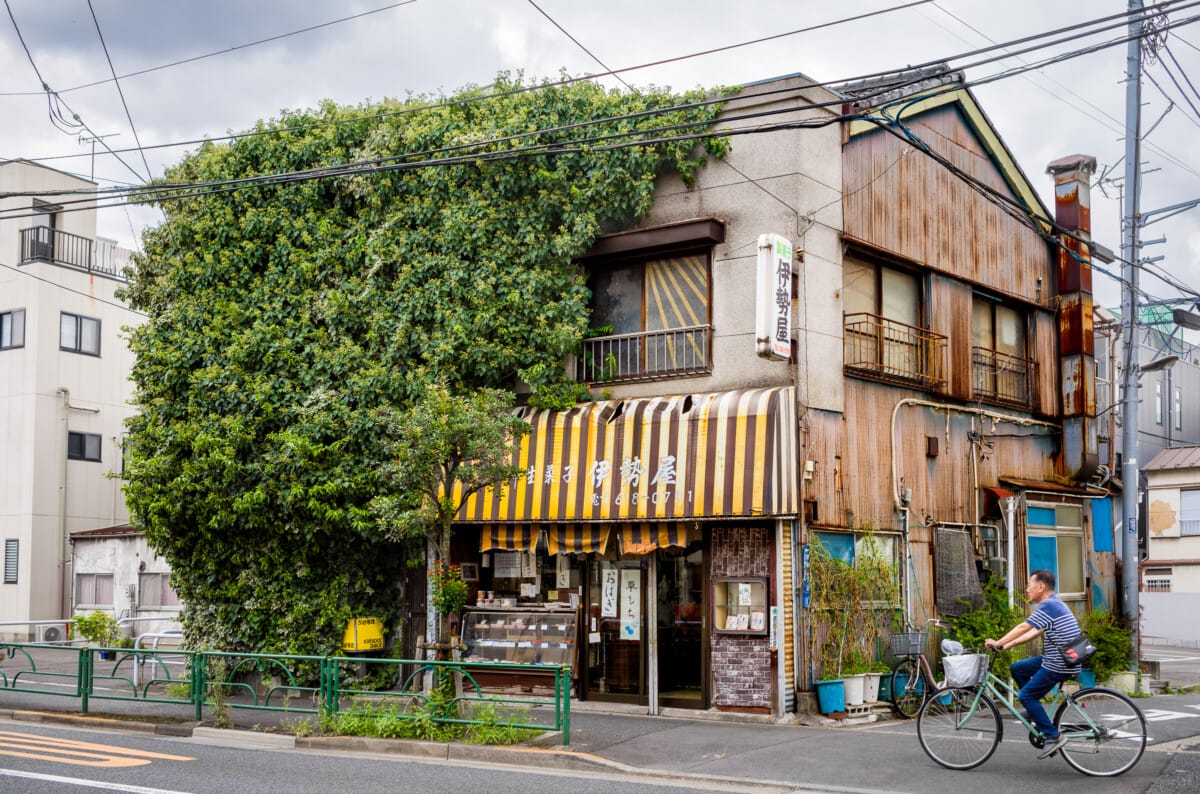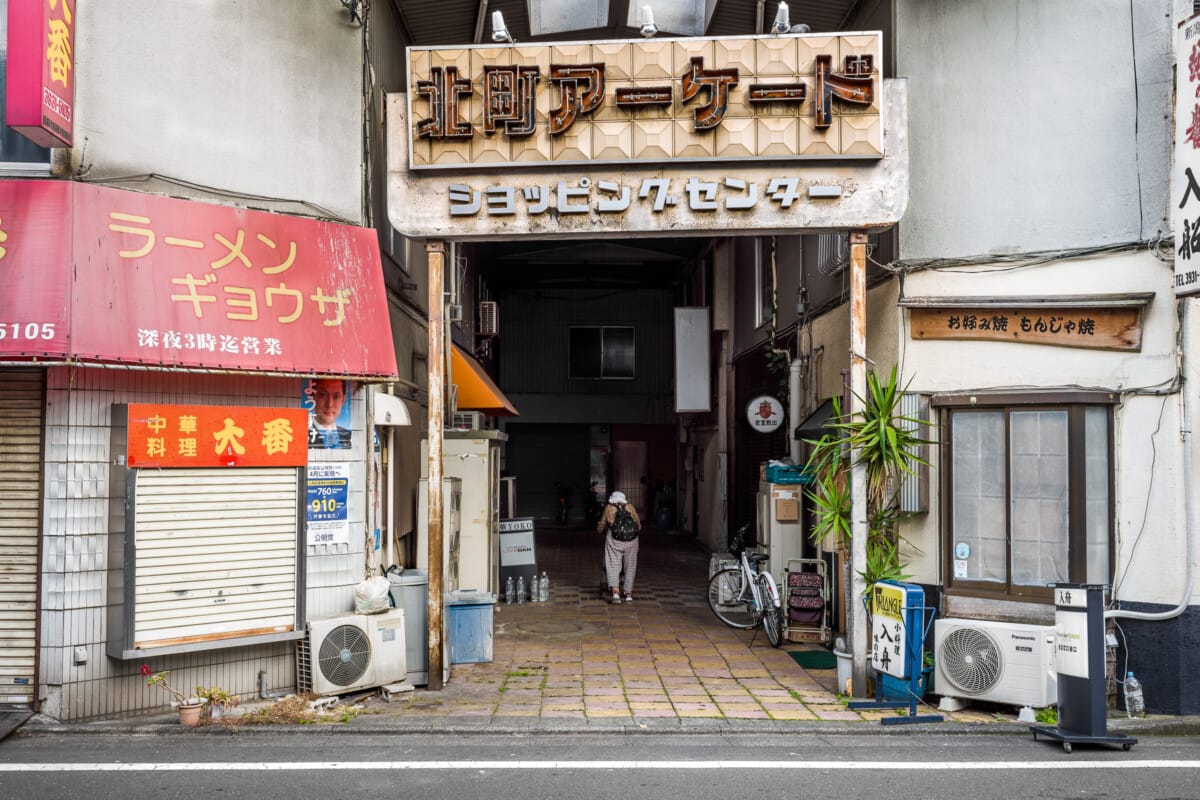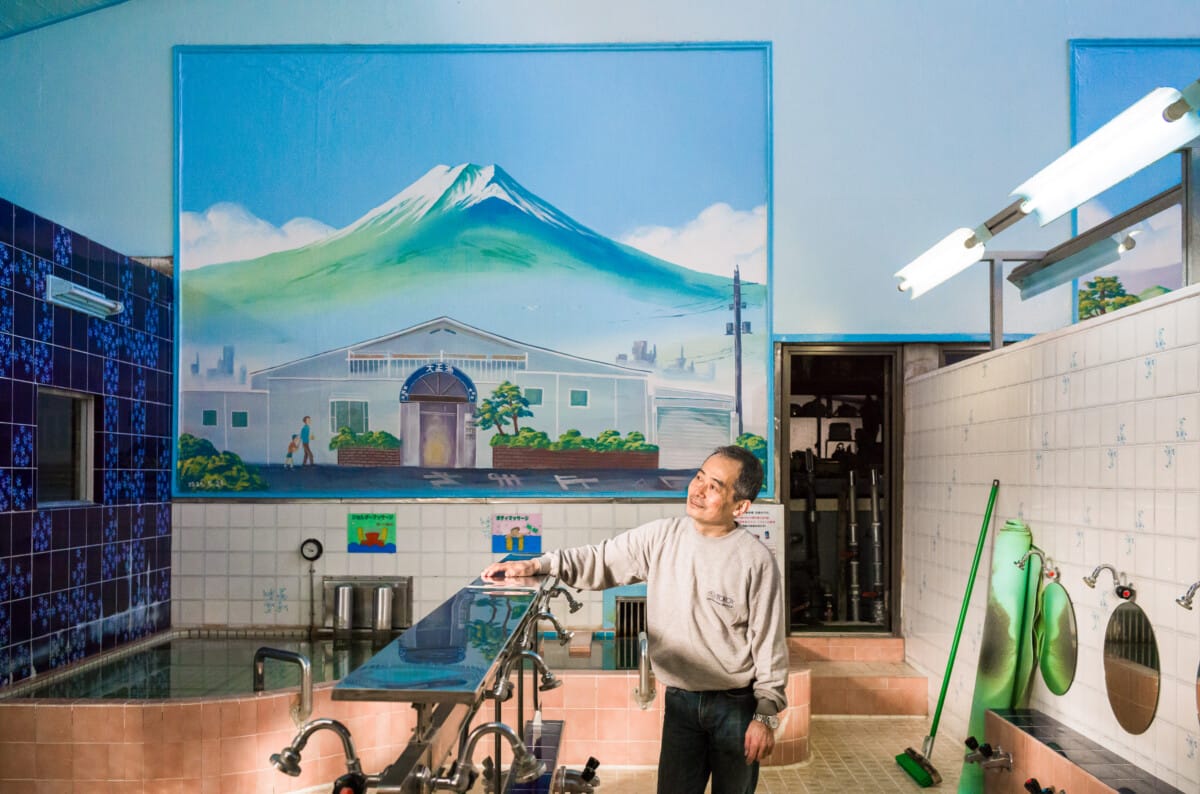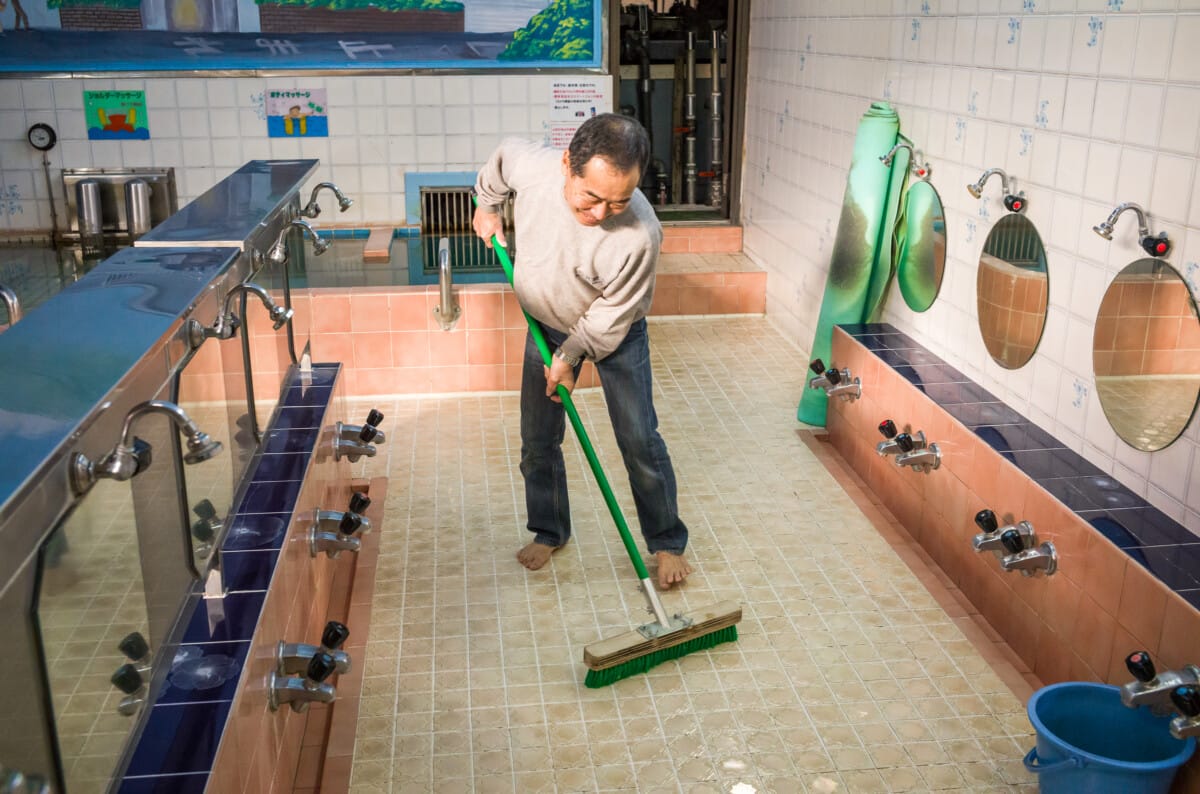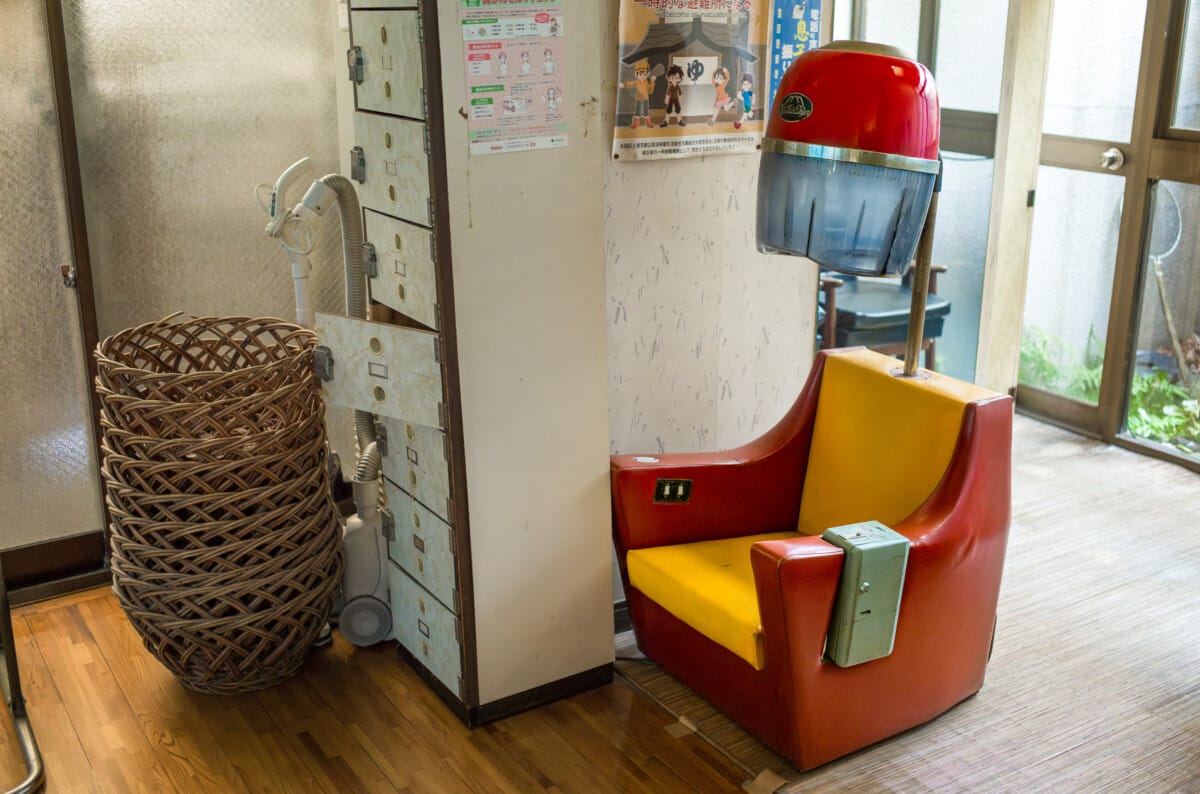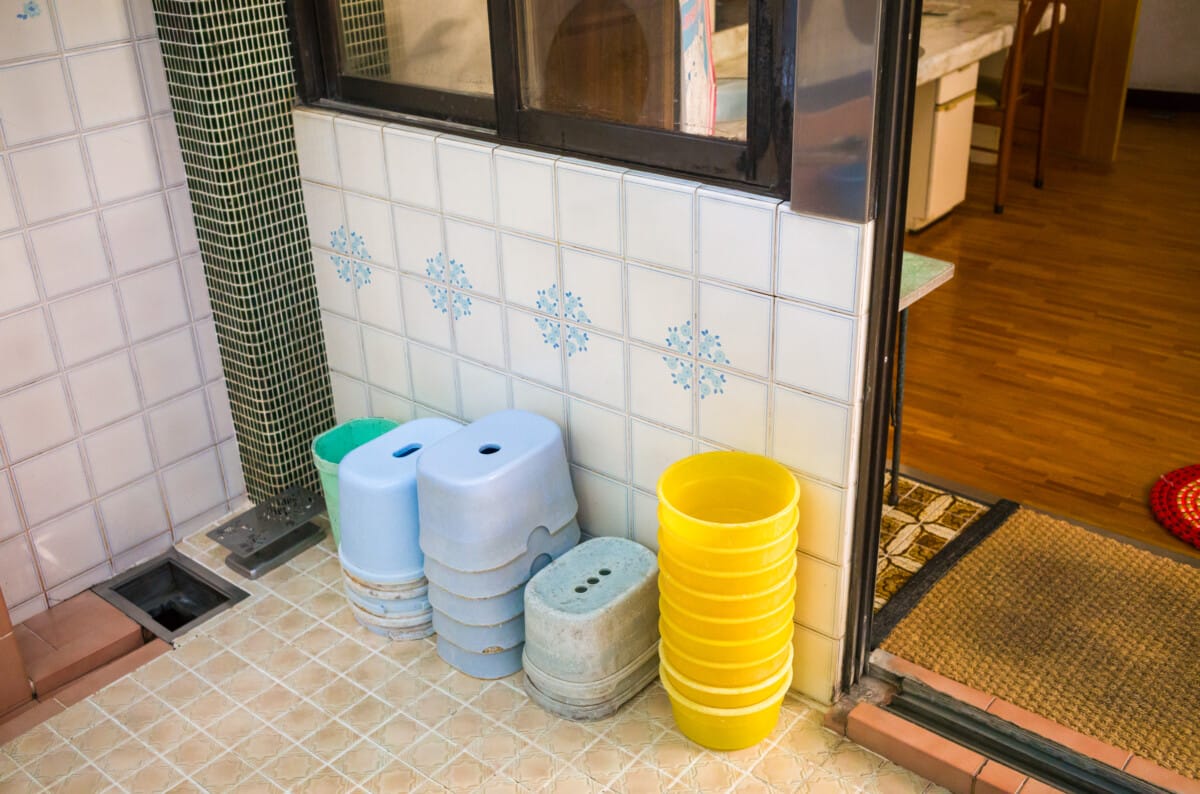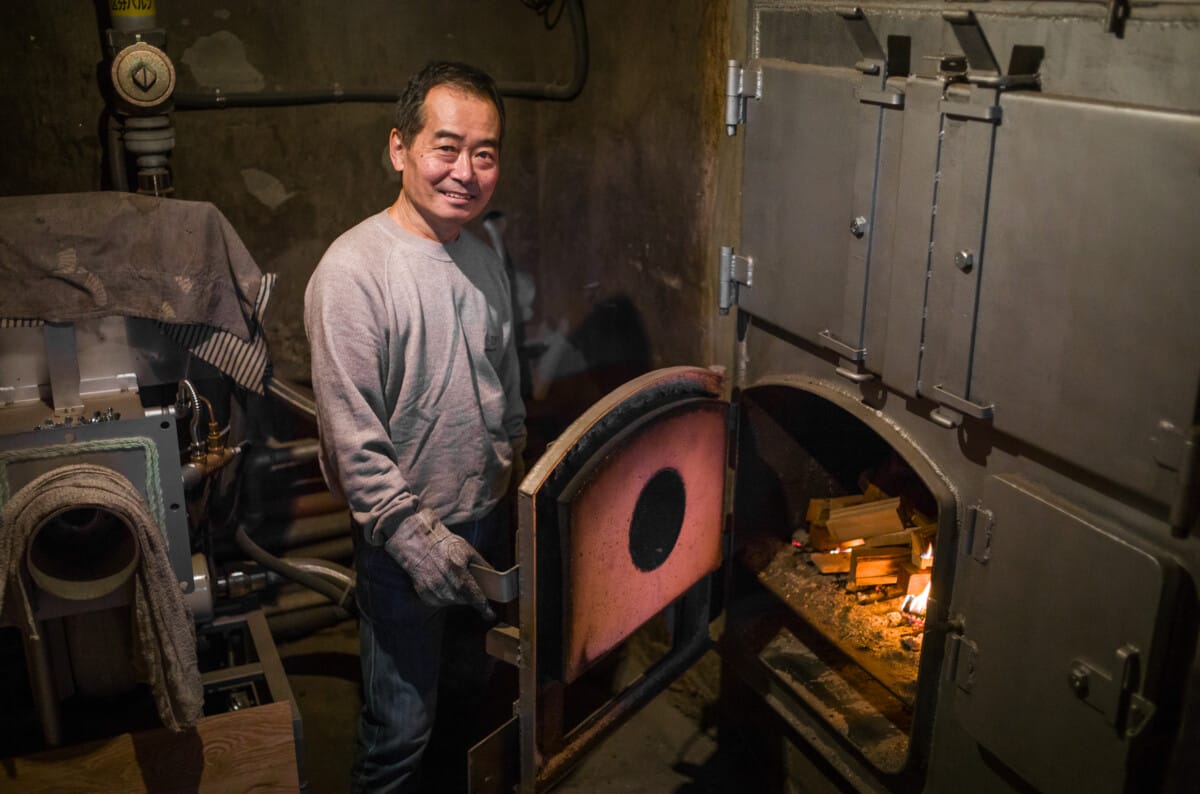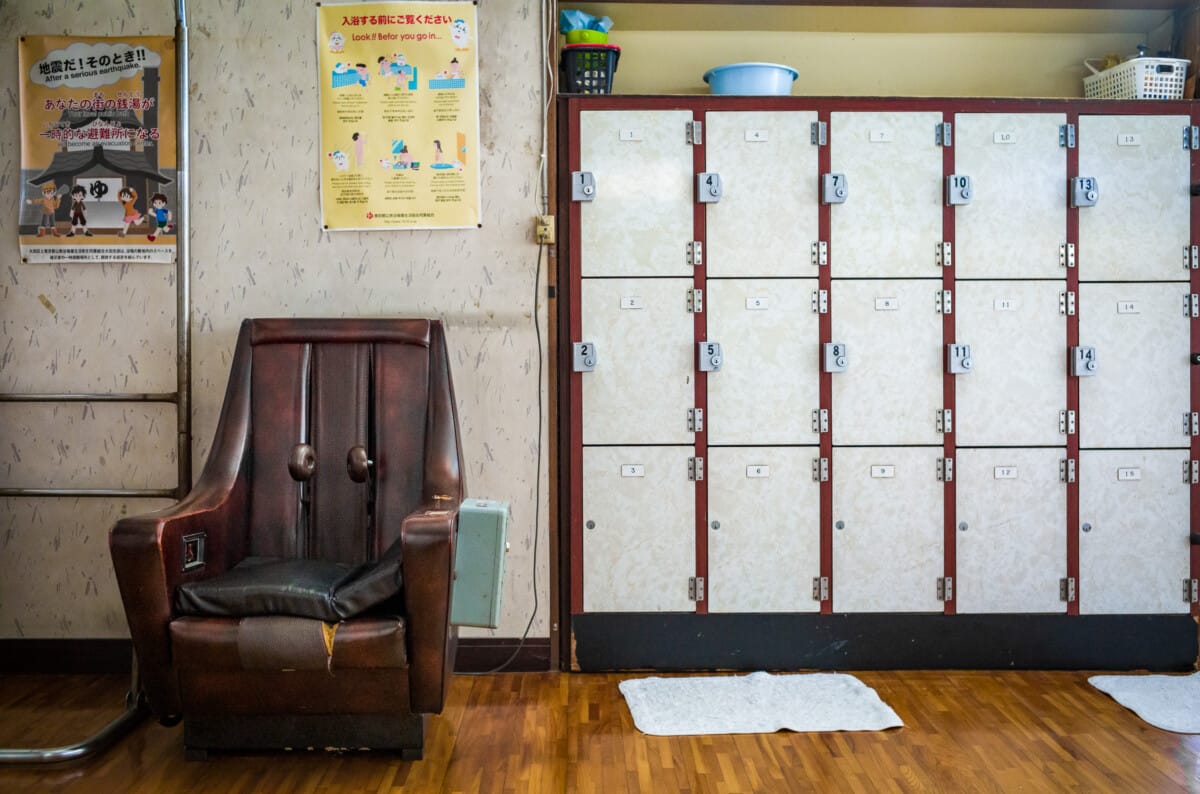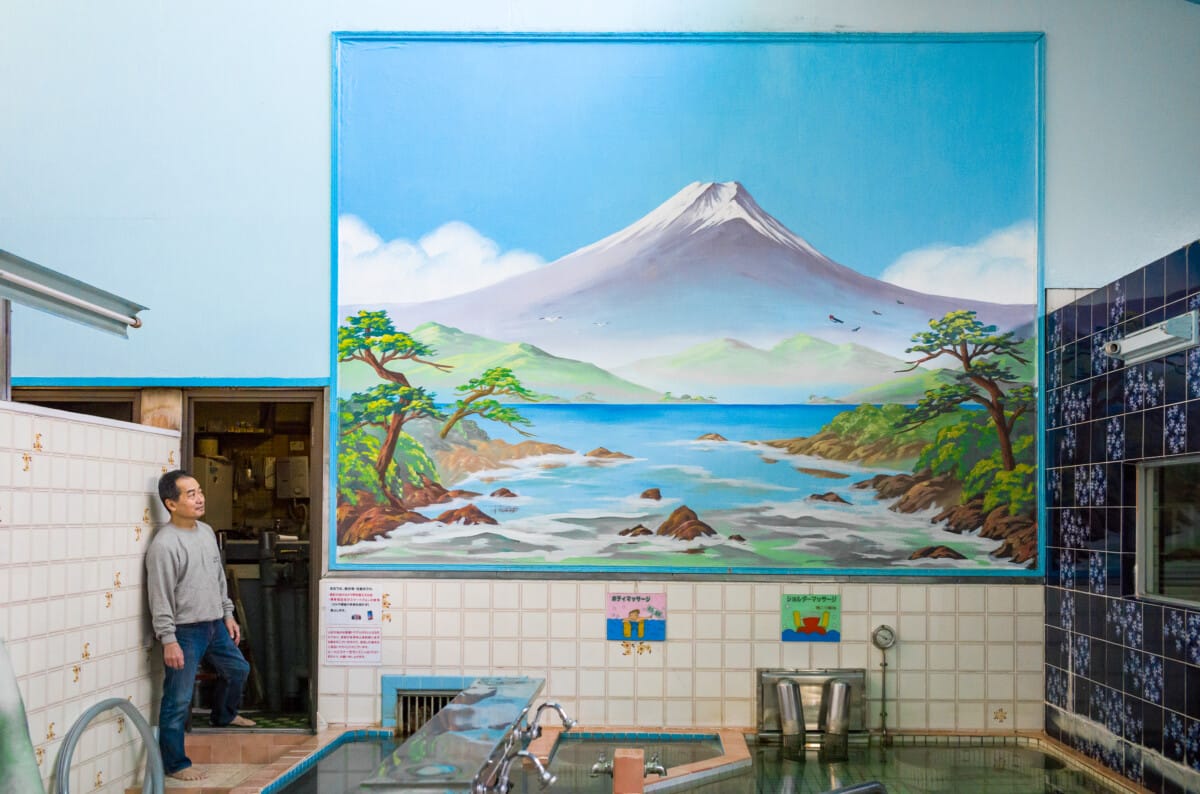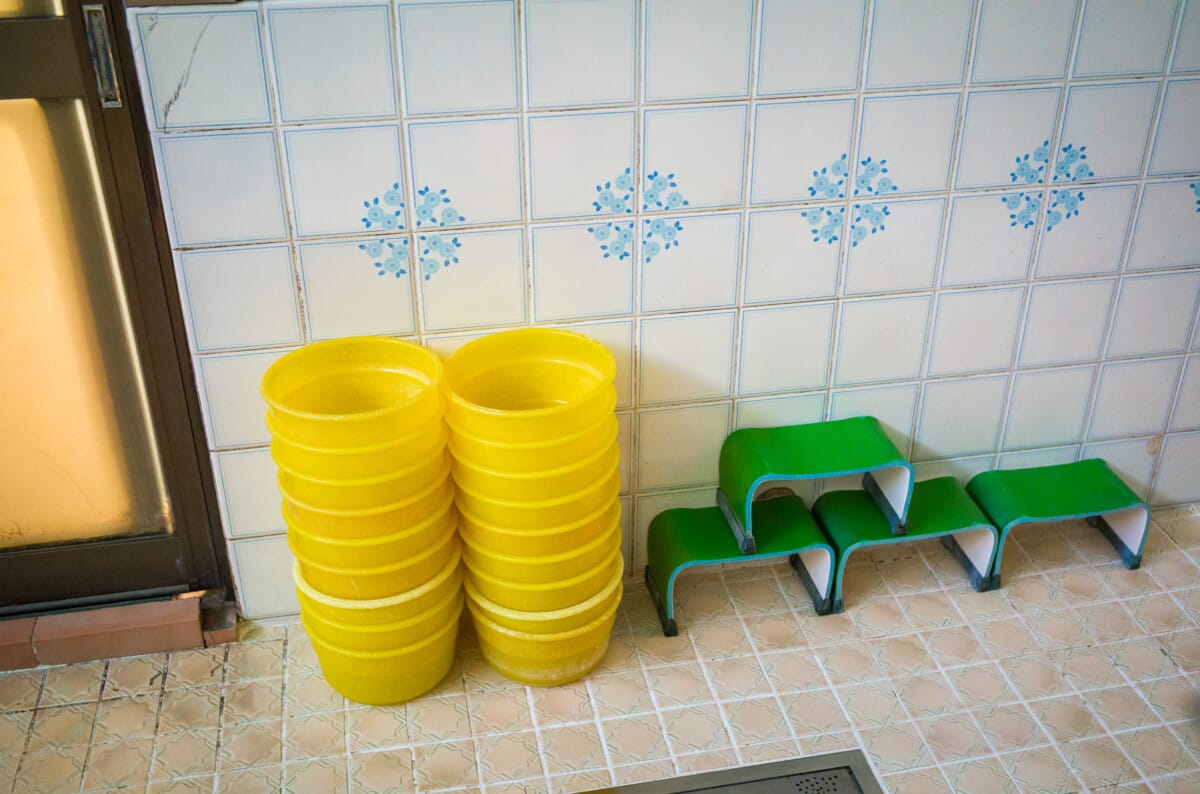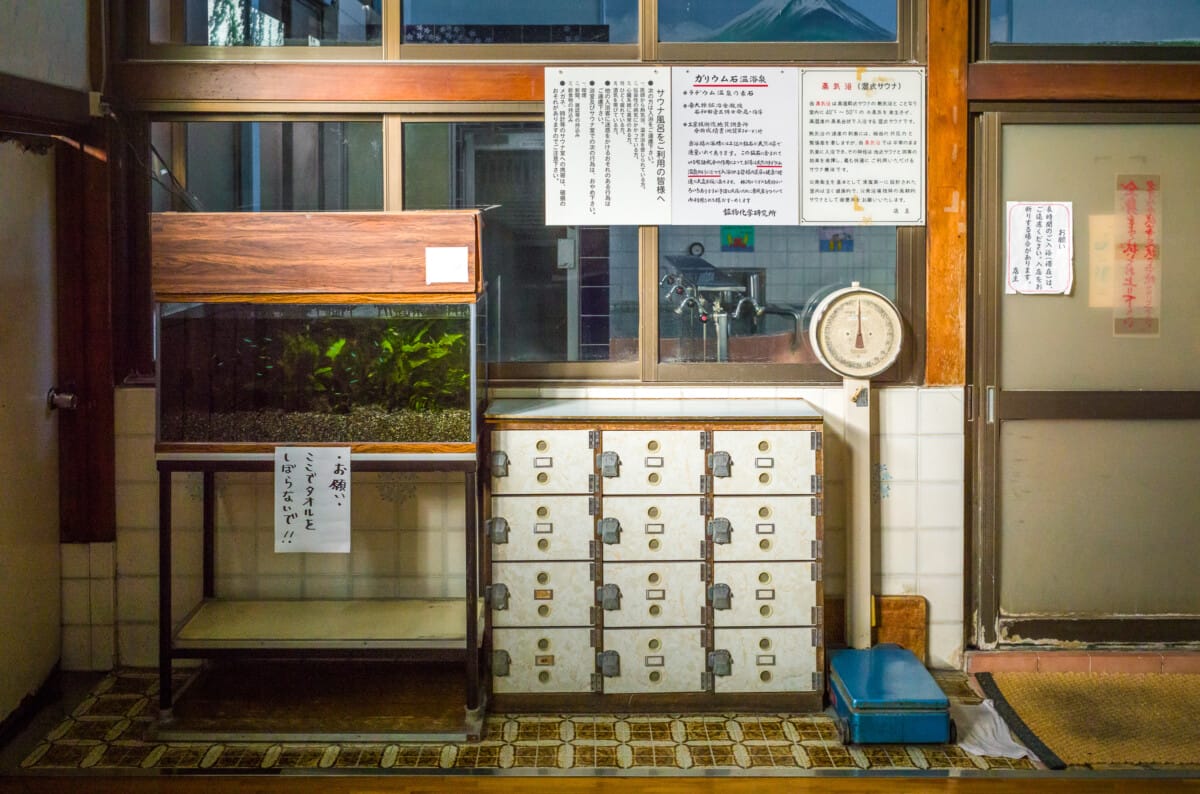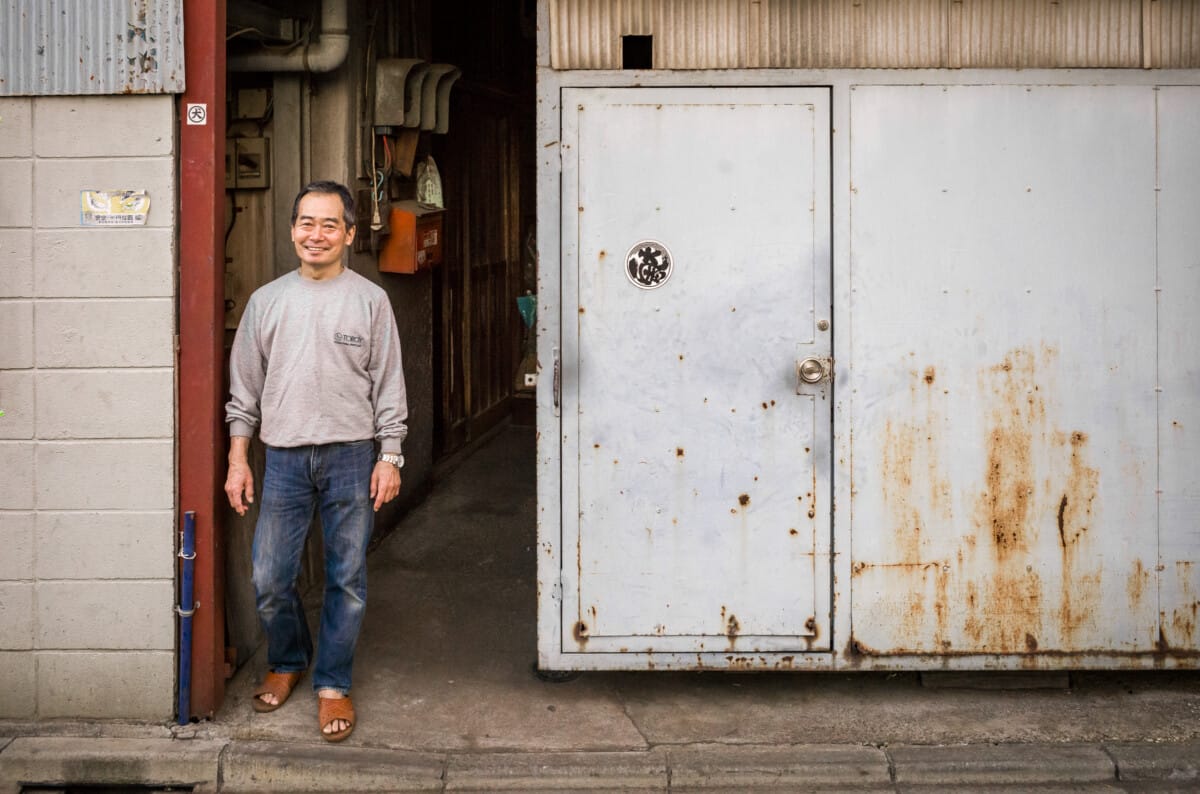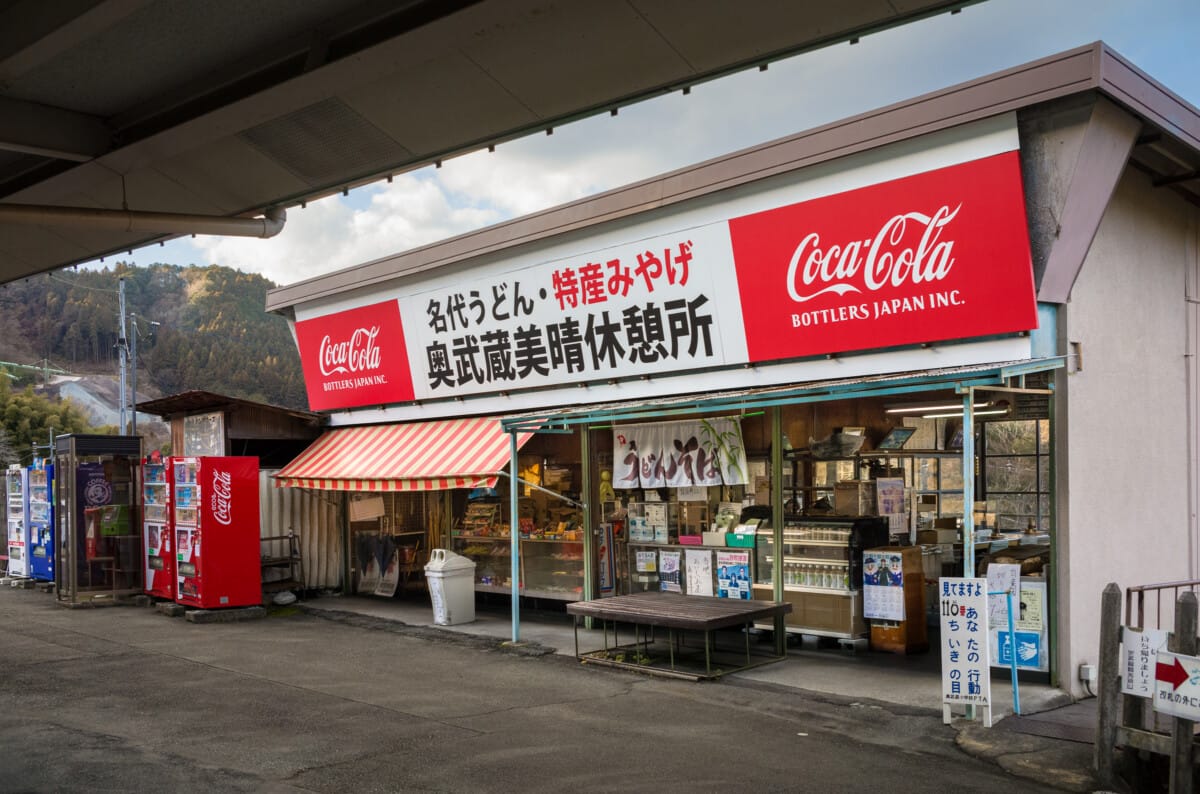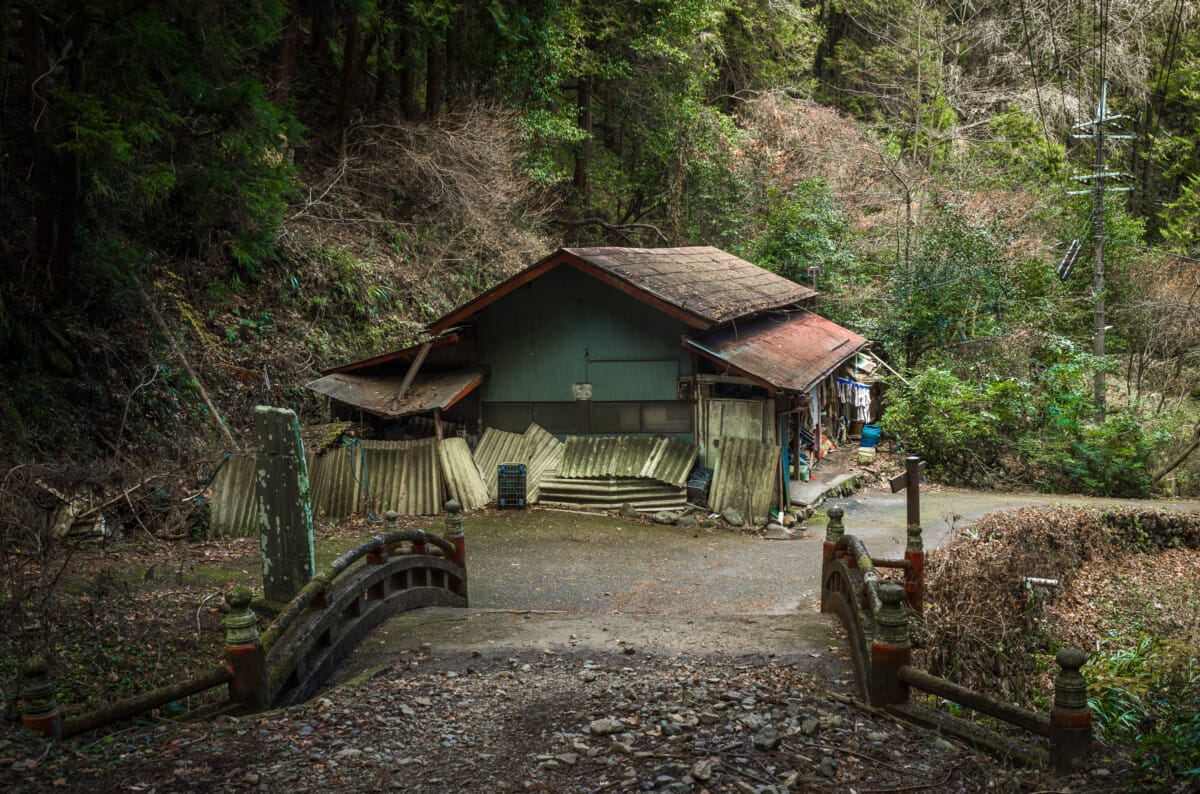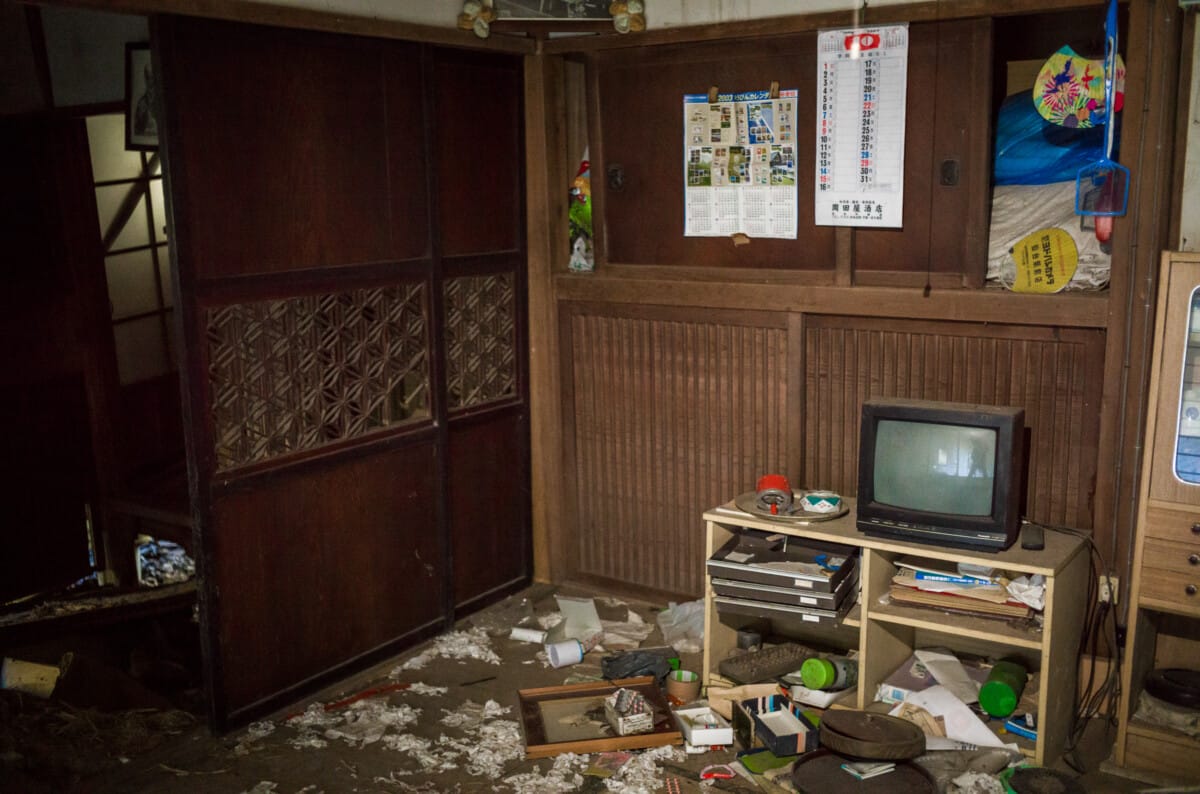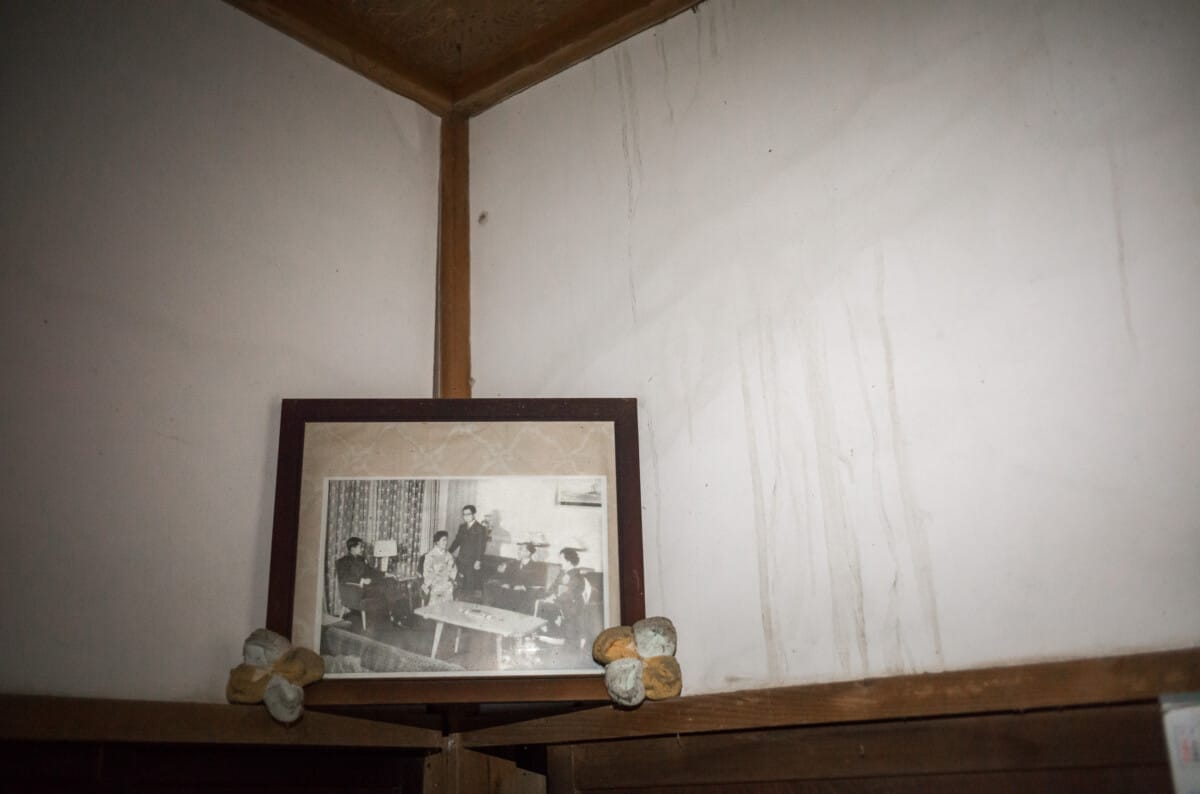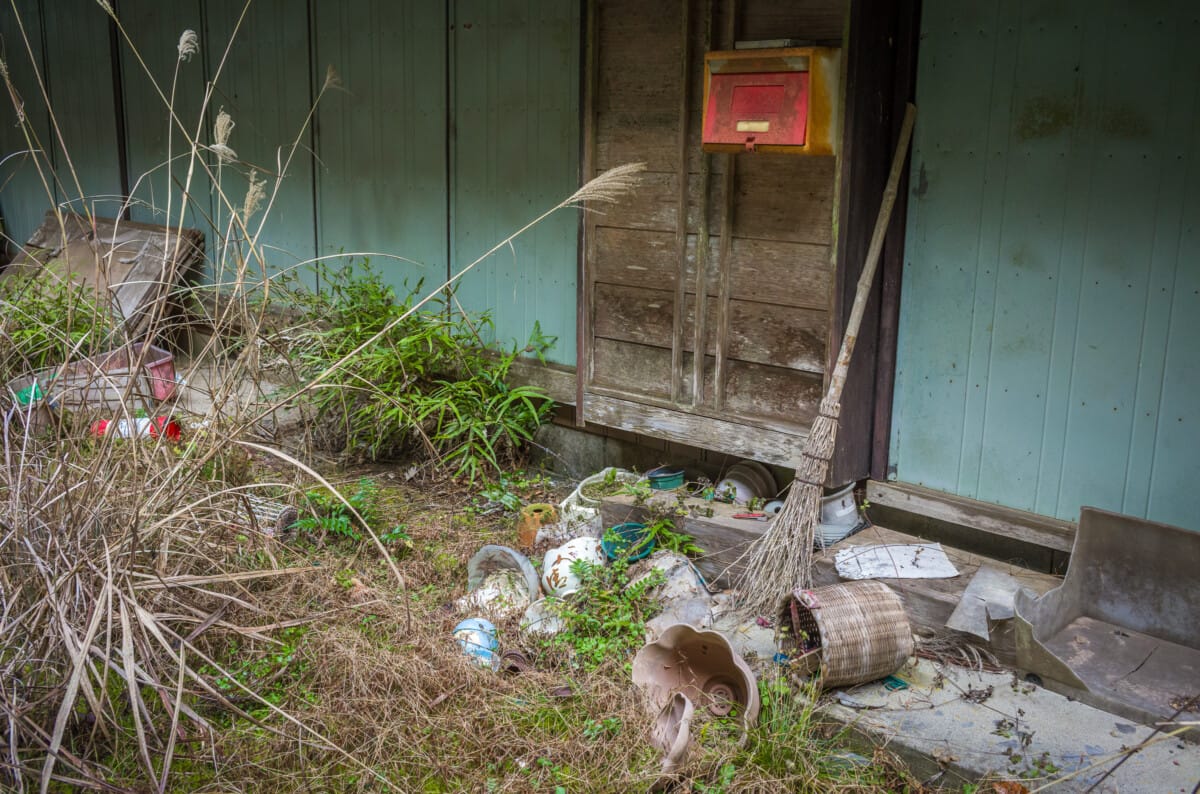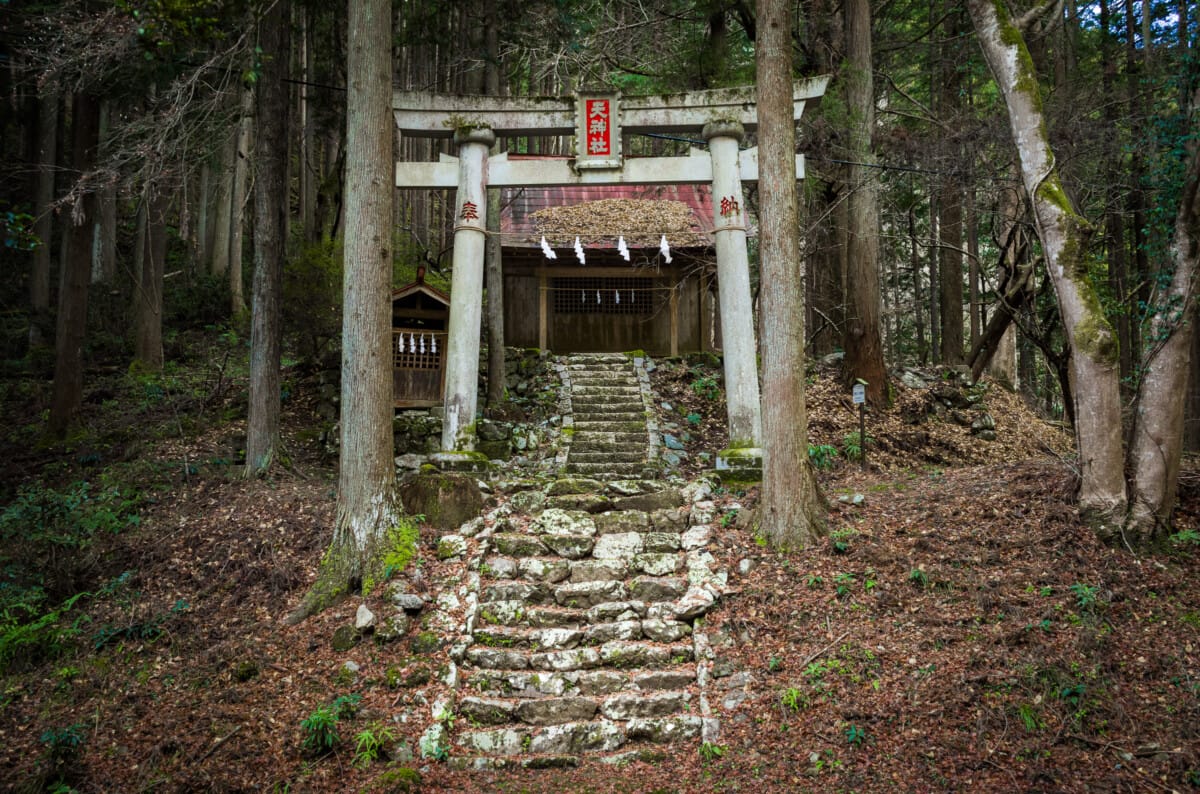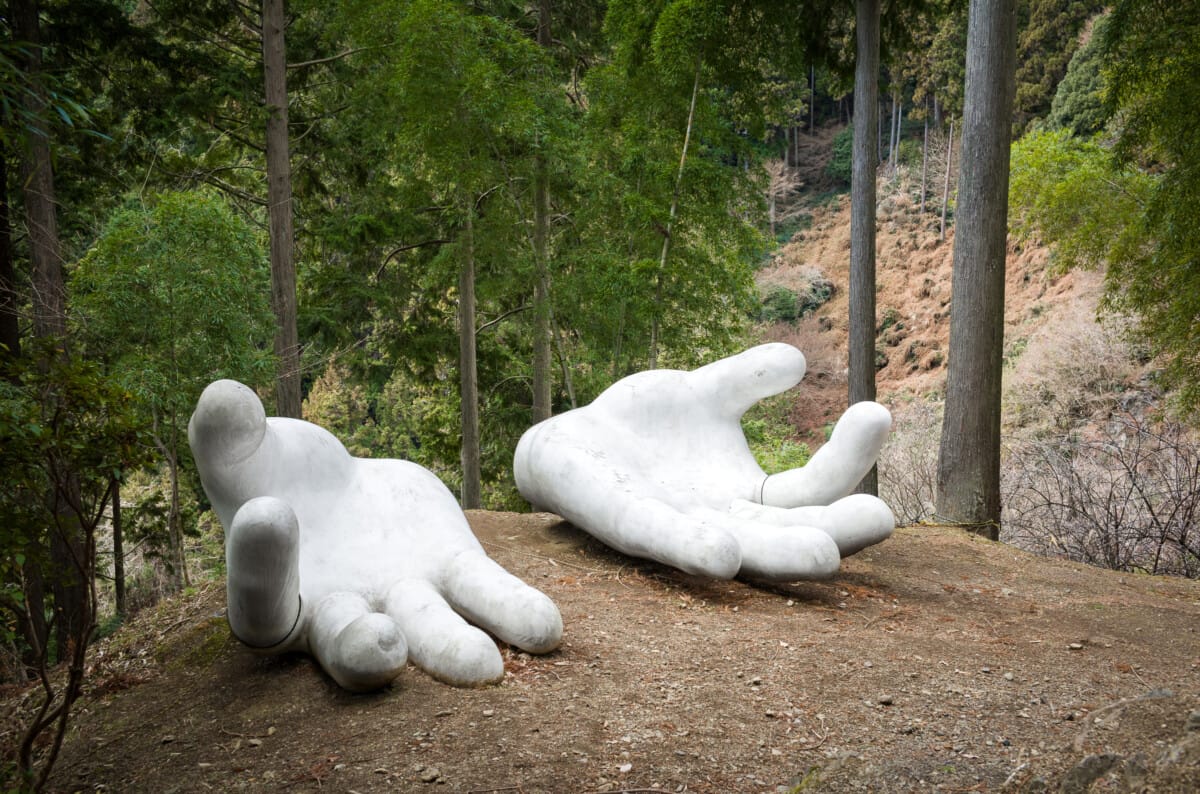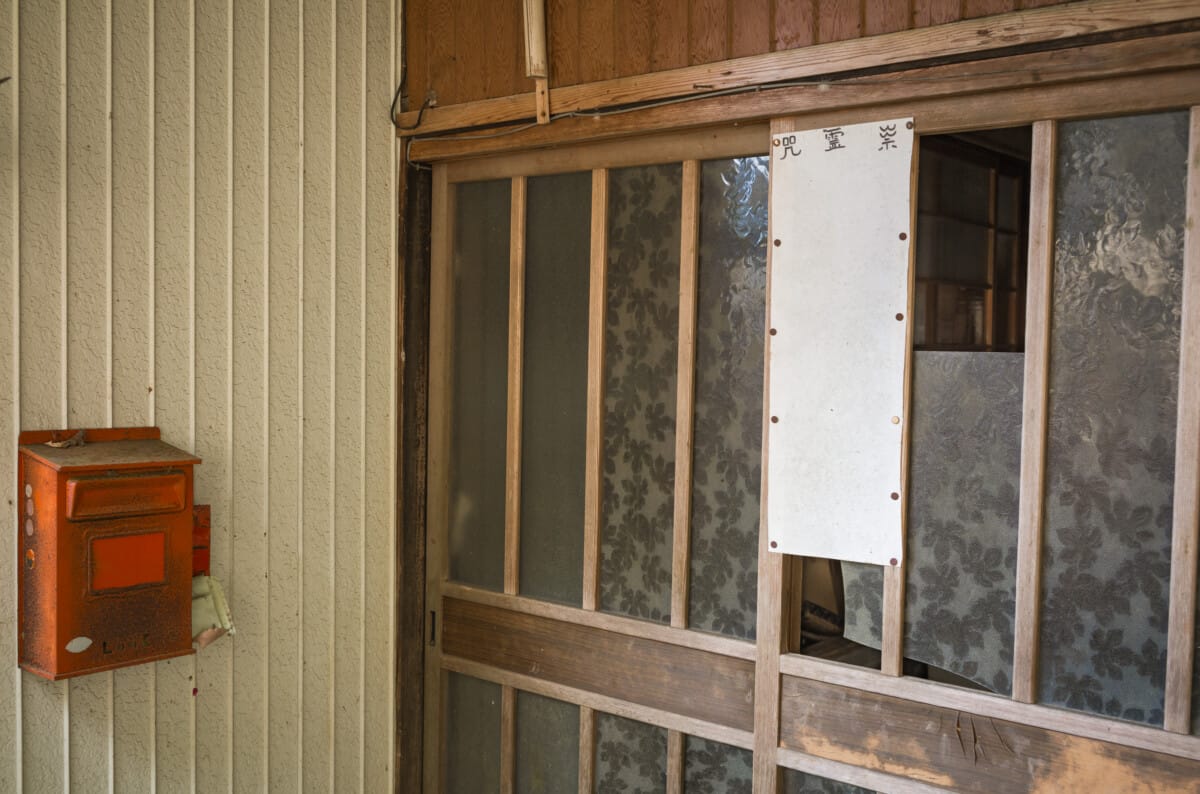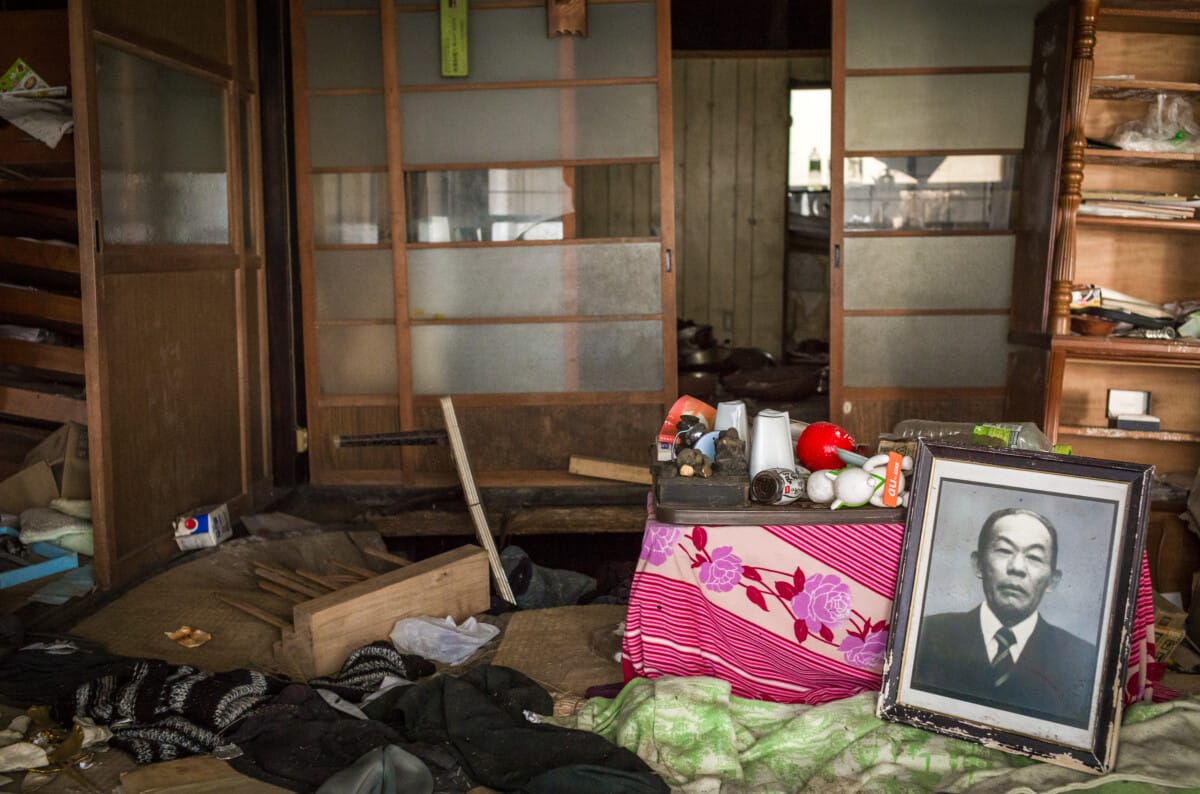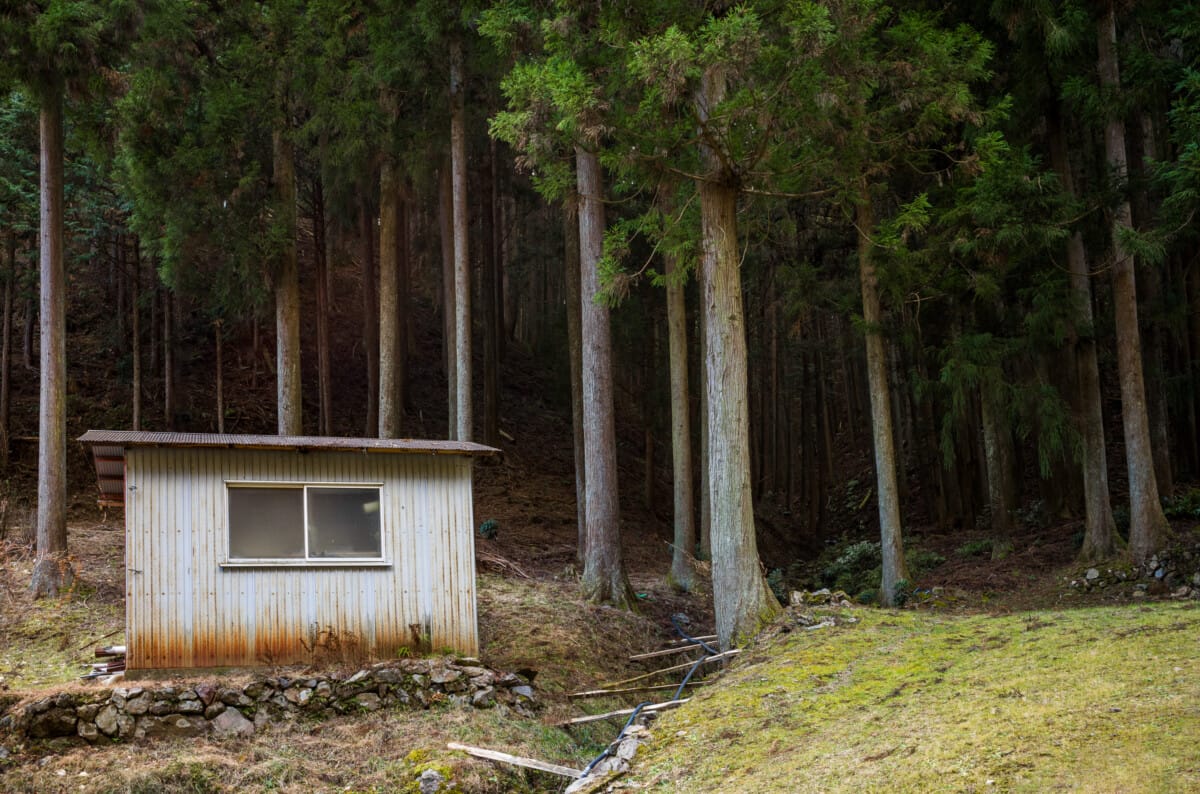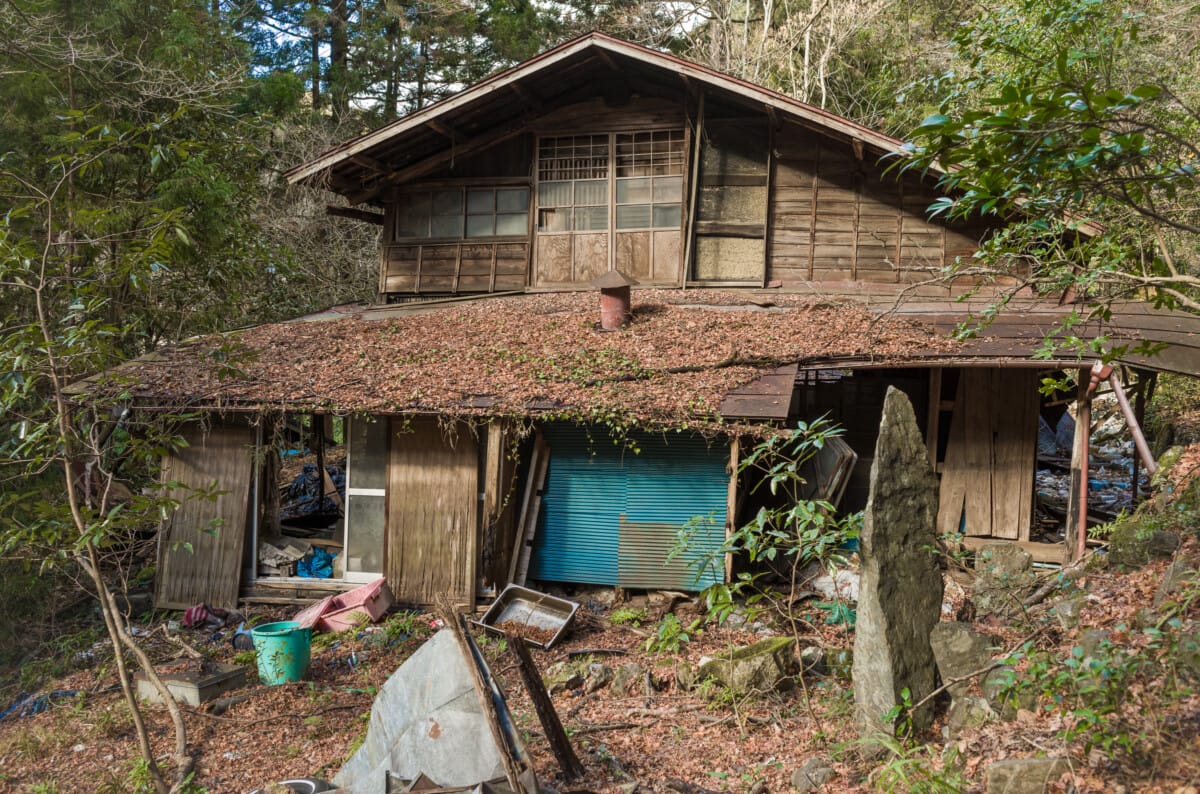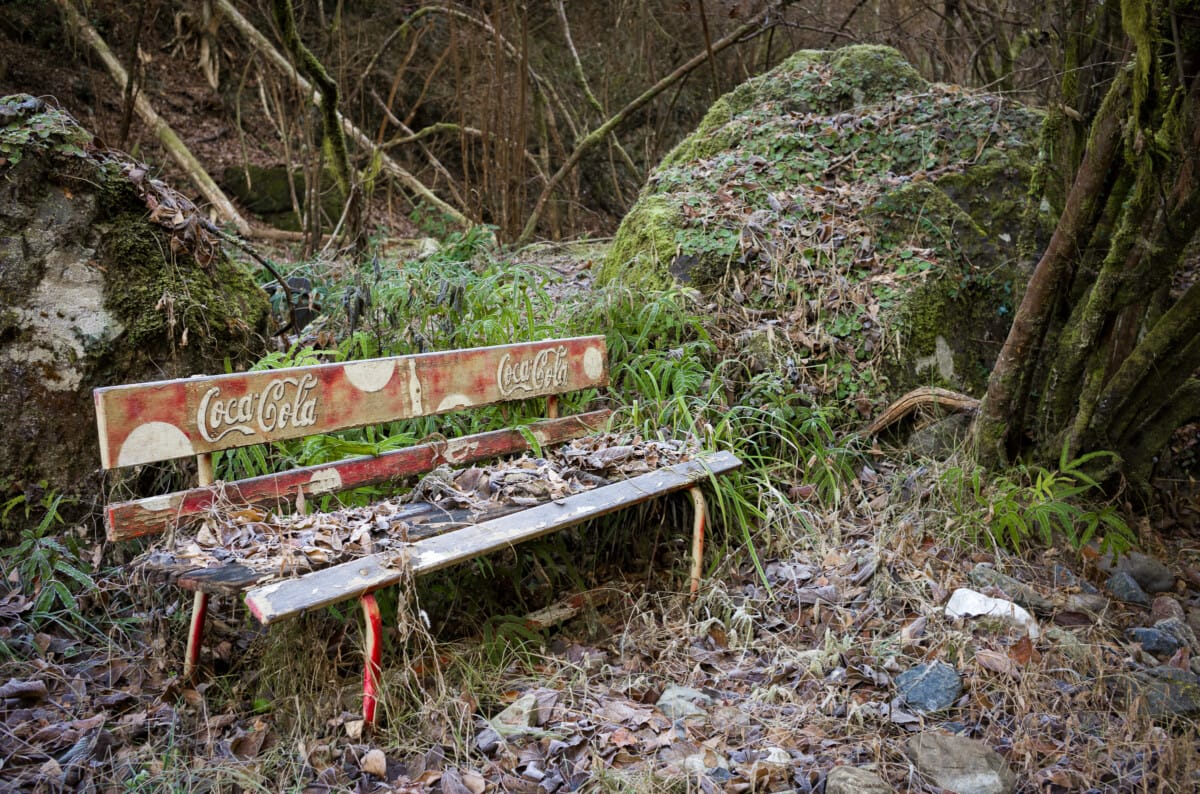Despite its modern veneer, a fair amount of Tokyo is still surprisingly old and dated, an aspect that for me at least makes the city infinitely more interesting. Scenes and environments that almost seem to exist in a different era — some still a part of everyday life, whereas others are long unused and left to decay. All of them, however, make for fascinating finds in the capital’s current, and increasingly homogenous, urban sprawl.
Sights from a less affluent side of Tokyo
Sanya, Tokyo’s poorest neighbourhood, is changing fast just like the rest of the city. Demolition is rife, and shiny new apartment blocks are going up everywhere — slowly but surely making many of the streets unrecognisable. Good in many ways, but for a lot of residents, nothing much has changed at all, with life in and around the area’s cheap, cramped and very basic accommodation pretty much the same as it has always been.
It’s a location that used to be a hub for day labourers, but nowadays, many of the pay-by-the-night rooms from that era are filled with those sent long-term by the local ward office. A place to essentially disappear those deemed undesirable. Elements that mean I tend to shoot differently in Sanya, very often asking if it’s fine to take a photo. Like the portrait of the man in the eighth frame. An approach that on the whole I personally don’t feel is necessary in other parts of the city.
So with all that said, below are some scenes taken recently when passing through.
Showa era Japanese bars and restaurants
When putting together the previous post’s selection of Showa era shops and businesses, I was constantly reminded of the similarly dated bars and restaurants I’ve visited over the years, so this set of photographs nicely compliments the last one.
Each and every establishment was special in its own way, both in looks and ambience, but while there are a few I’ve visited several times, for regulars, they are a part of life rather than just a memorable experience. An element that makes the demise of at least six of them all the more disappointing. Little enclaves of comfort and escape, along with the decades long commitment of the owners, that means when they do inevitably disappear, way more than simply a building is lost.
That said, happily a good few remain, so for now at least they can be enjoyed to the fullest, with these photos providing merely a brief record of a much richer past.
Showa era Tokyo shops and businesses
Showa era old shops and businesses are regular sights on these pages, so this is a series of Tokyo favourites I’ve taken over the years. Sadly several no longer exist, but at the same time many still do, and as such they often feature on my photowalk tours, making them feel like old acquaintances in a weird kind of way.
In that sense it was an especially enjoyable set to put together, and a few photos in particular brought back some nice recollections. Yet much more significantly, such places also possess a collective memory of sorts, as they contain all manner of stories, along with a sense of the past that is very noticeably disappearing.
Scenes from a traditional old Tokyo bathhouse
Gone are the days when visiting a public bathhouse (sento) was an integral part of daily life for many Tokyo residents, and as such, gone are many of the baths themselves. That said, they remain a part of the culture, and some of those still in operation are truly special places, with a retro look and feel all their own. Like Taisho-yu in the photos below.
Opening in 1934, it has undergone numerous changes and renovations, but entering is still like stepping back in time. A space where the colours and dated tech are an absolute joy. Then of course there are the traditional Mt. Fuji murals, with the one nod to modernity being a take on the recent tourism kerfuffle concerning said mountain and a Lawson convenience store.
Photographing the sento as part of a TV programme (there are clips of it on my Instagram) allowed me to see behind the scenes somewhat, and the third generation owner has resisted the now common transition to gas, preferring to still use wood to heat the water — a method that apparently makes it feel softer. Sticking to the old ways, however, does mean a lot of work, as it’s a labour intensive and incredibly repetitive process. One that starts around midday for the late afternoon opening time, and continues until 11pm. A tough job in itself, but then there’s the cleaning once the last bathers have gone home, meaning it’s the early hours of the morning until the day is done. Then it’s sleep before getting up to begin heating the water once again.
Located in Ota ward, it’s an area that back in the day had a lot of factories and small workshops, resulting in the area boasting Tokyo’s largest concentration of sento. A quite staggering 180 in the post-war era. A number that has now declined to just over 30, with many of those run by people who will sadly be the last generation of owners, just like Taisho-yu.
A walk in the woods just west of Tokyo
Towards the end of last year, I posted a set of photos of a day out in the mountainous and green far west of Tokyo. Travel a little west of the capital itself, and some of the scenery is also similar, so here is a series from a walk there last week. A long trek that just like the Tokyo one featured nature, the regular theme of time and decay, plus a decidedly out of the ordinary find.
